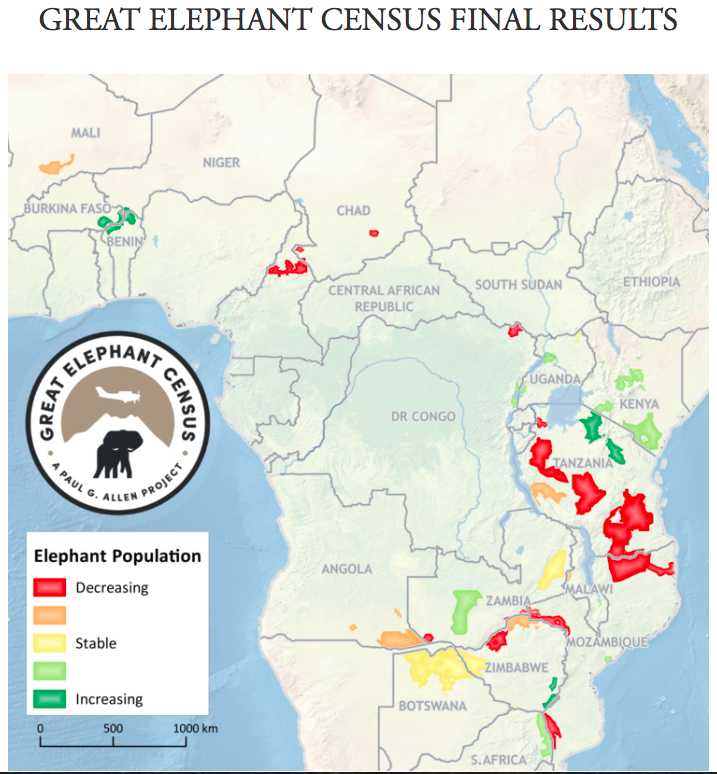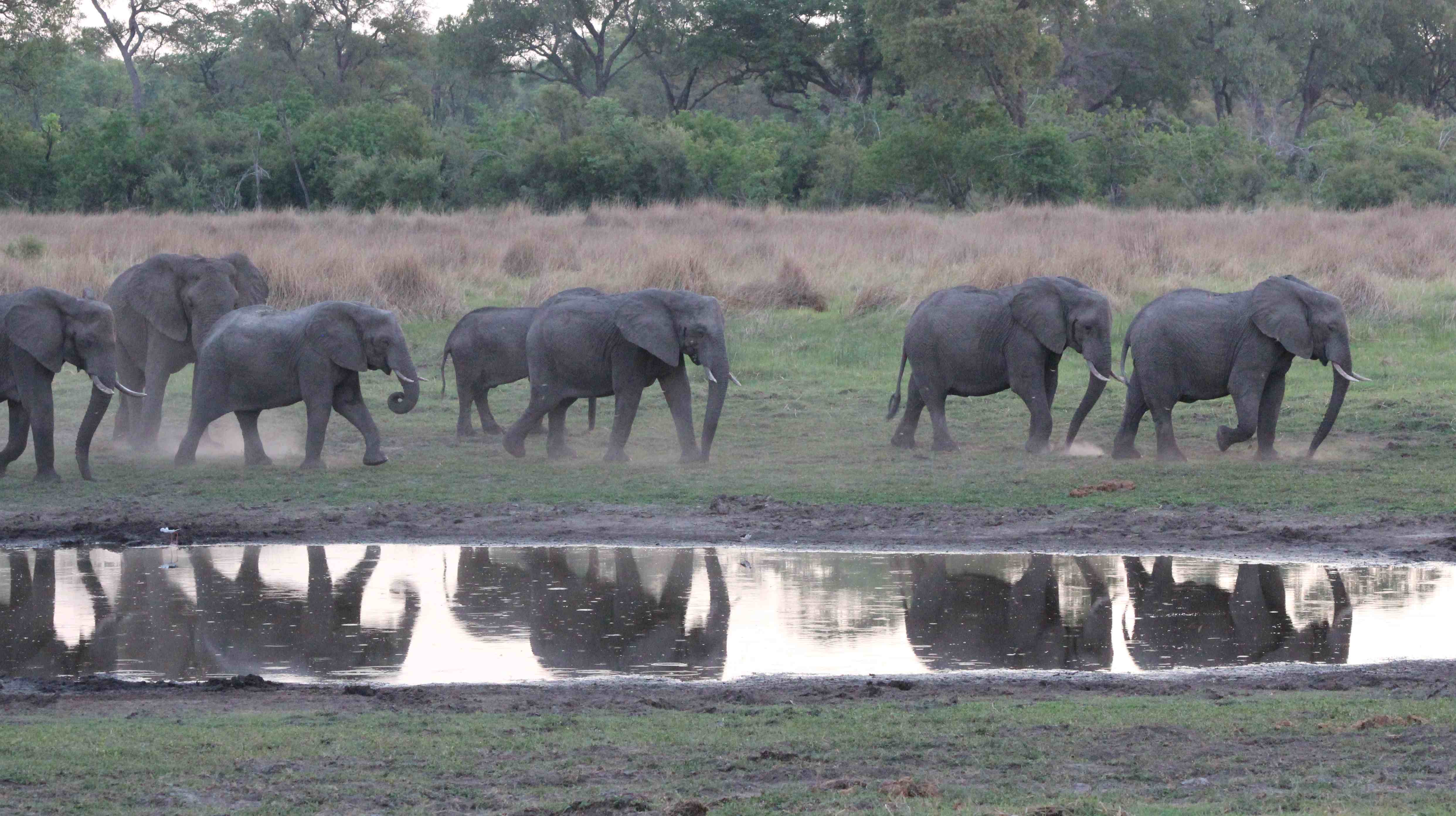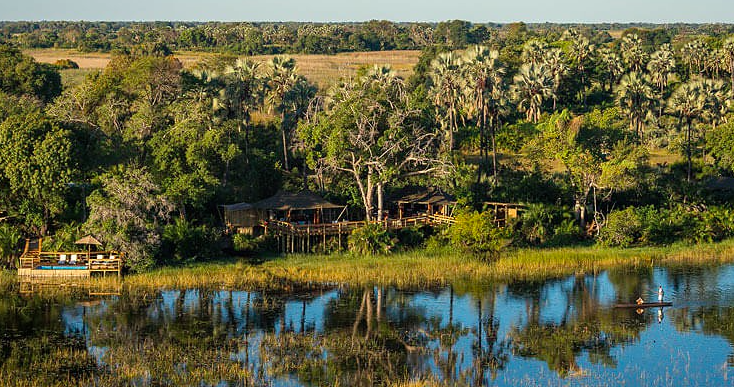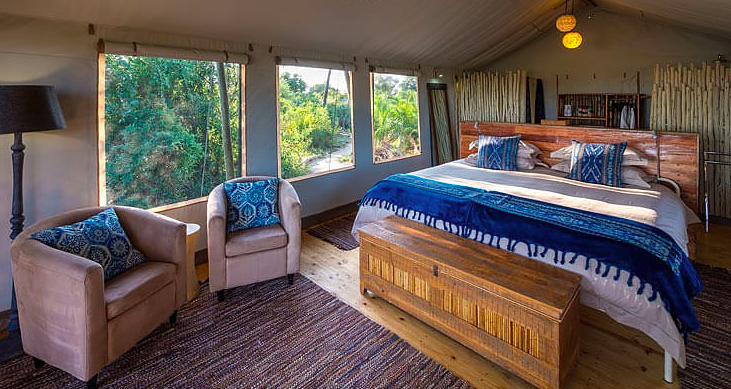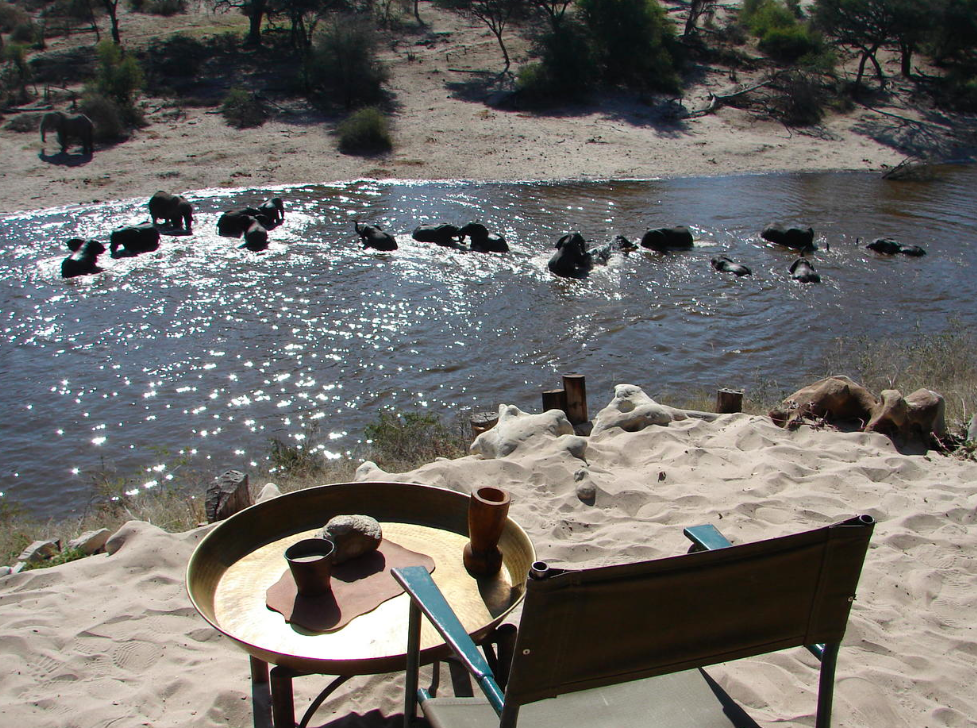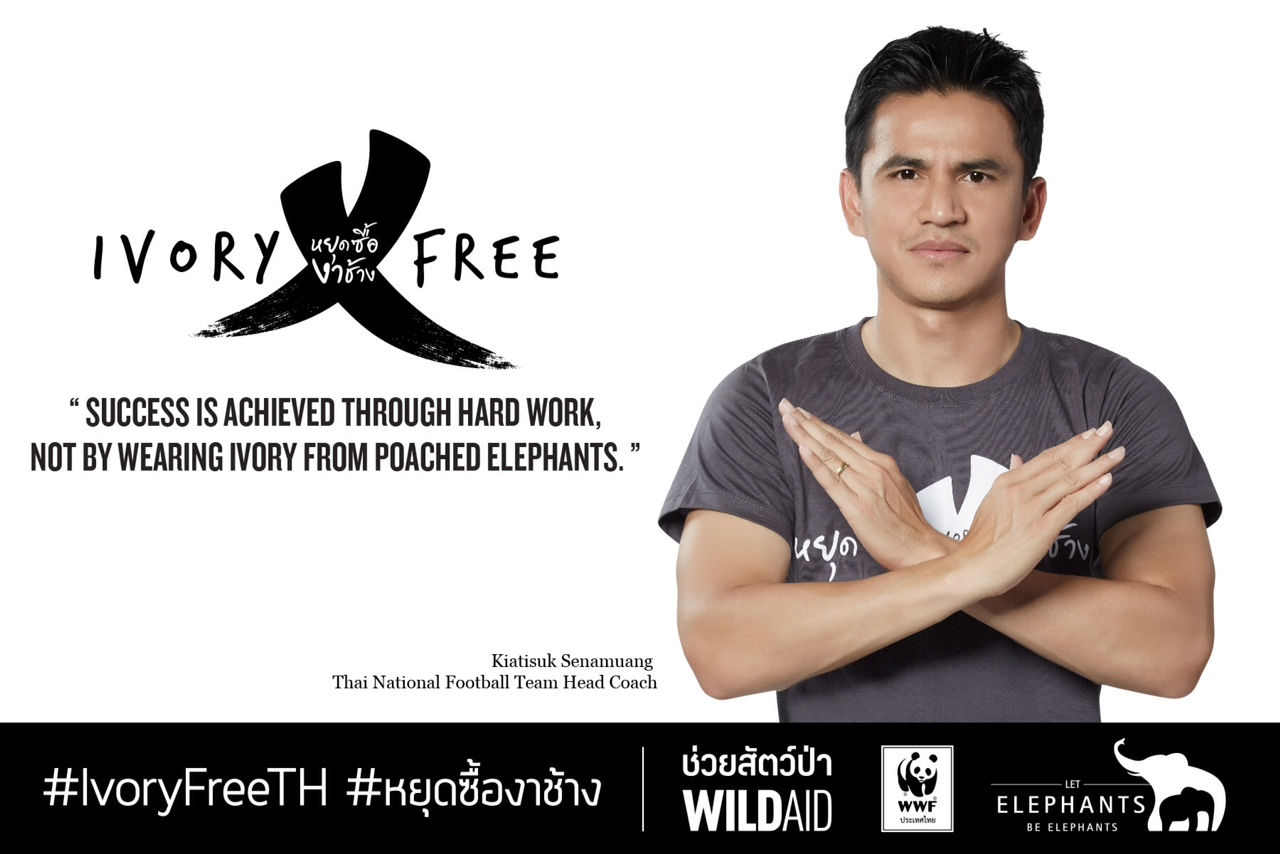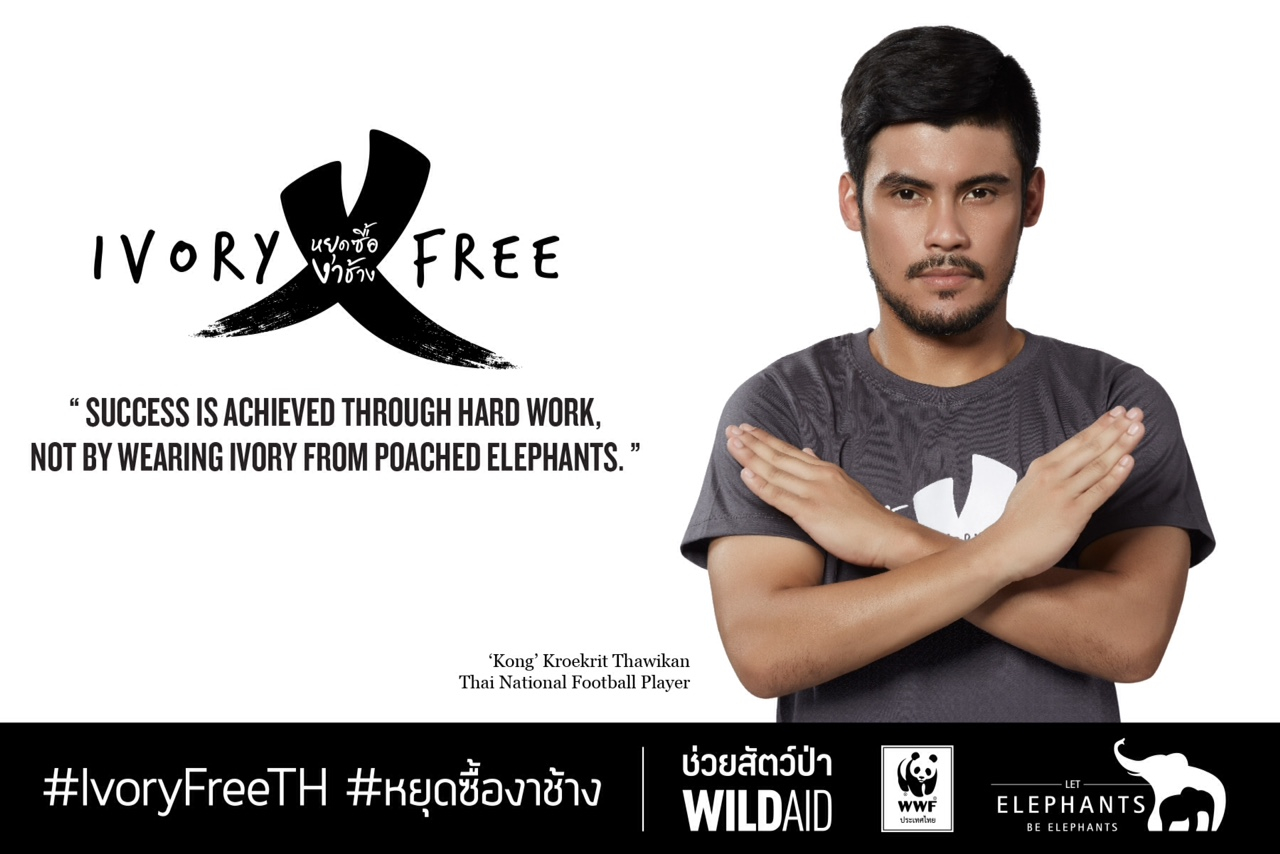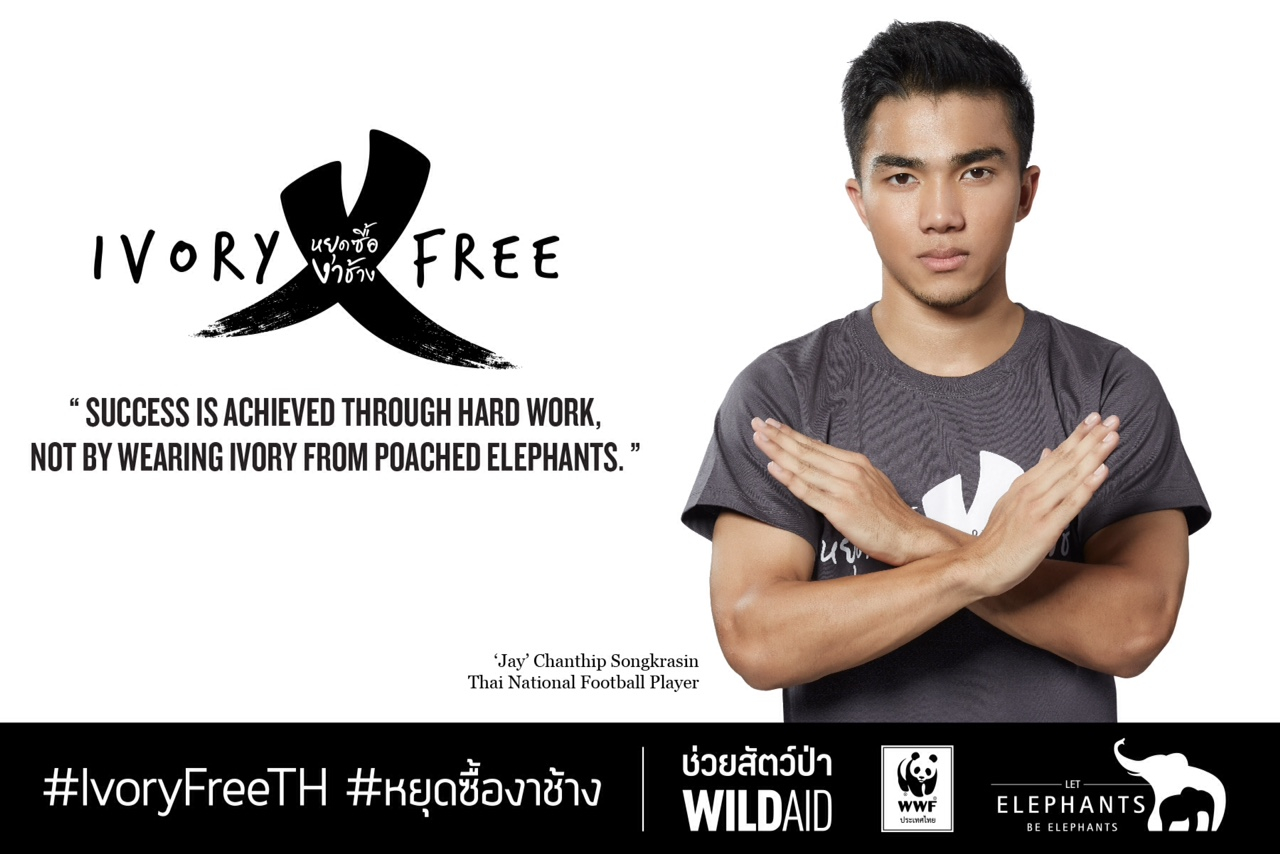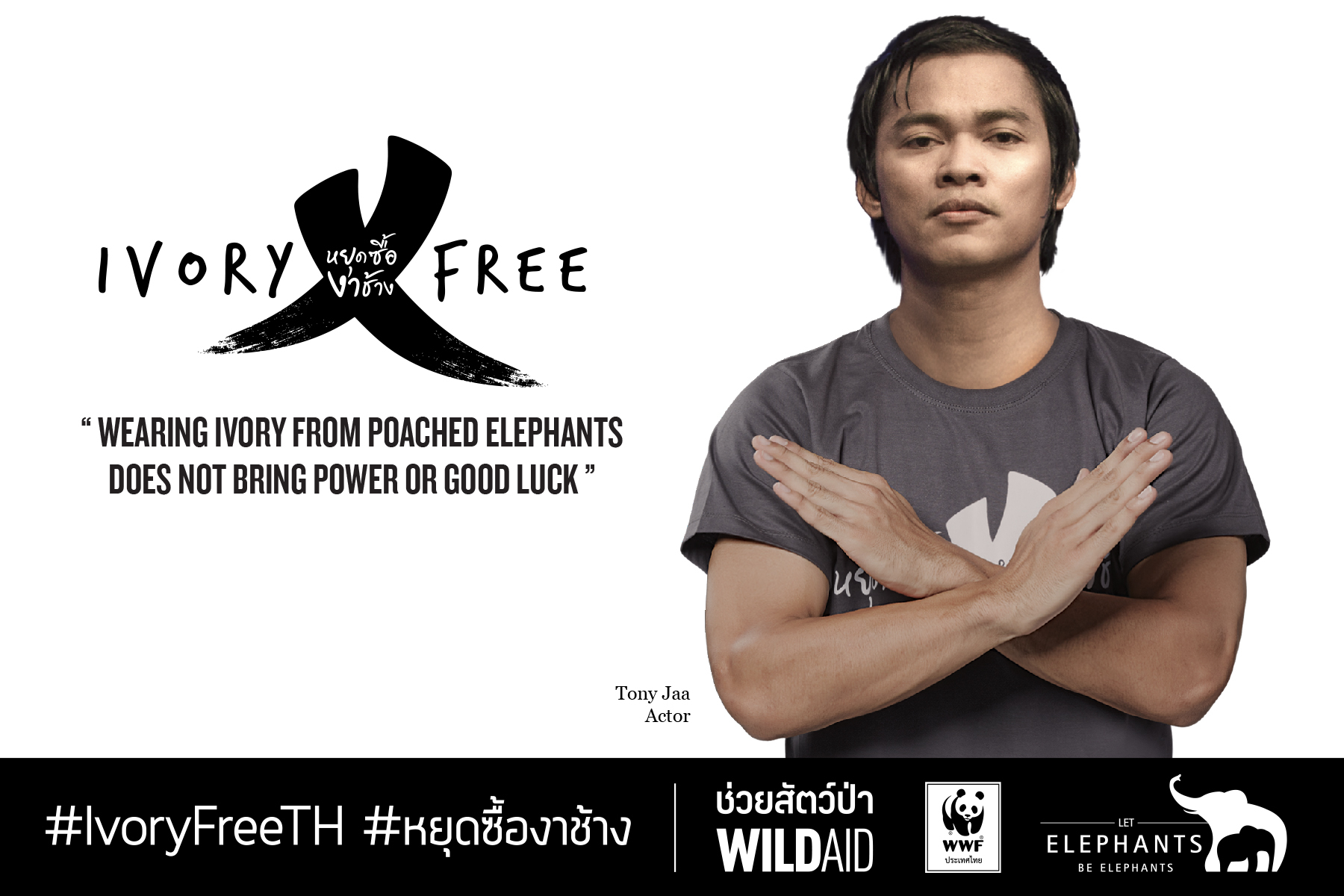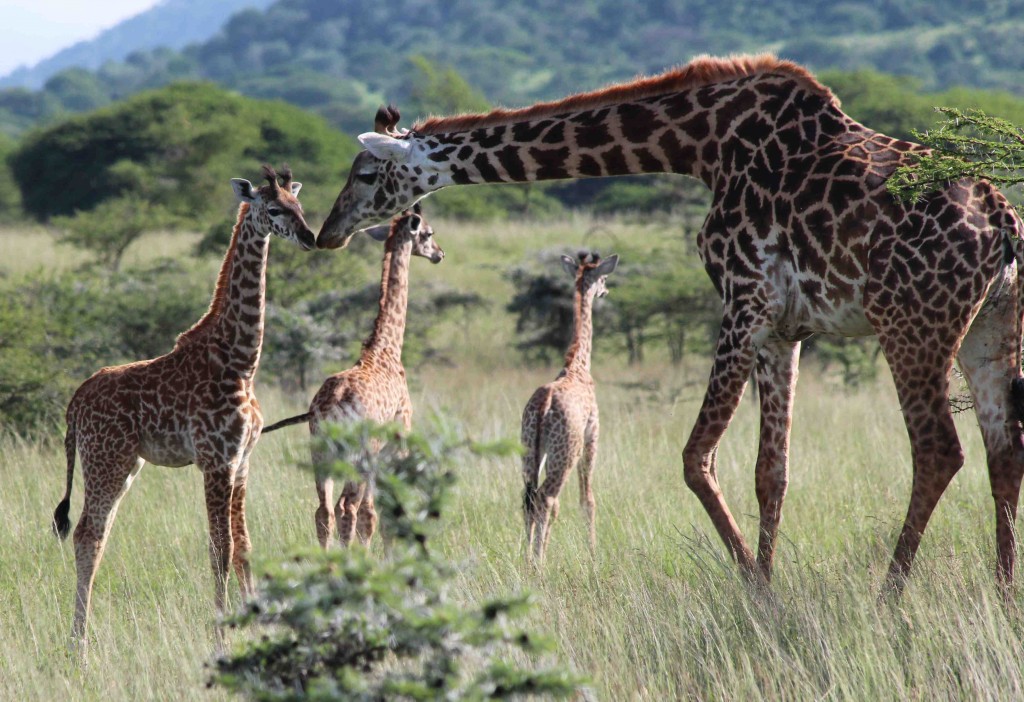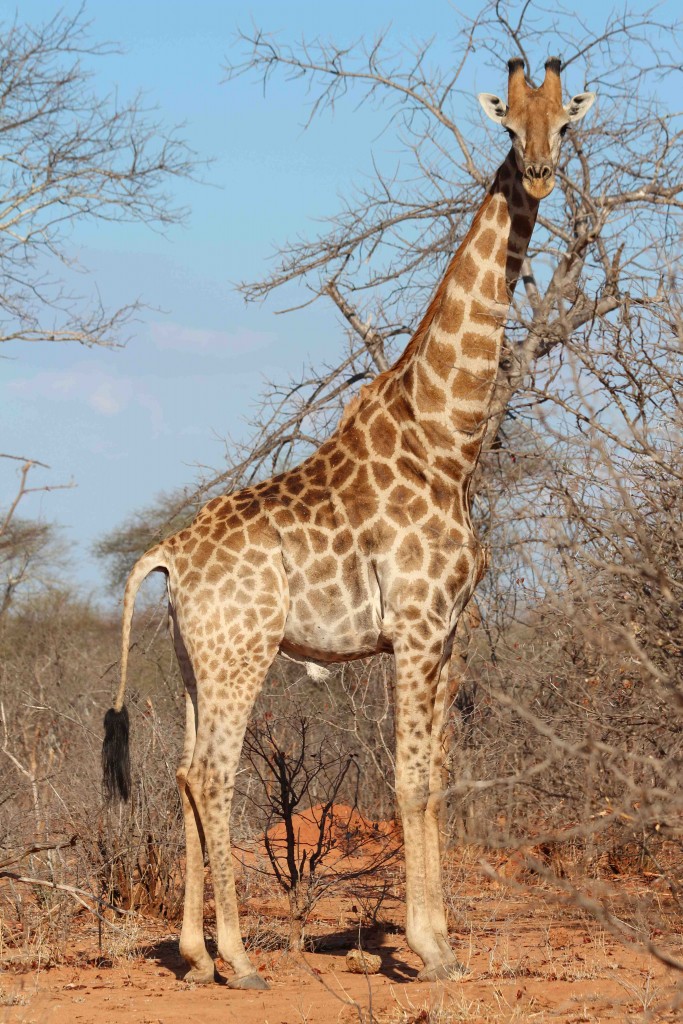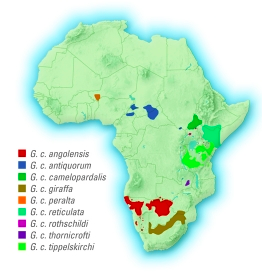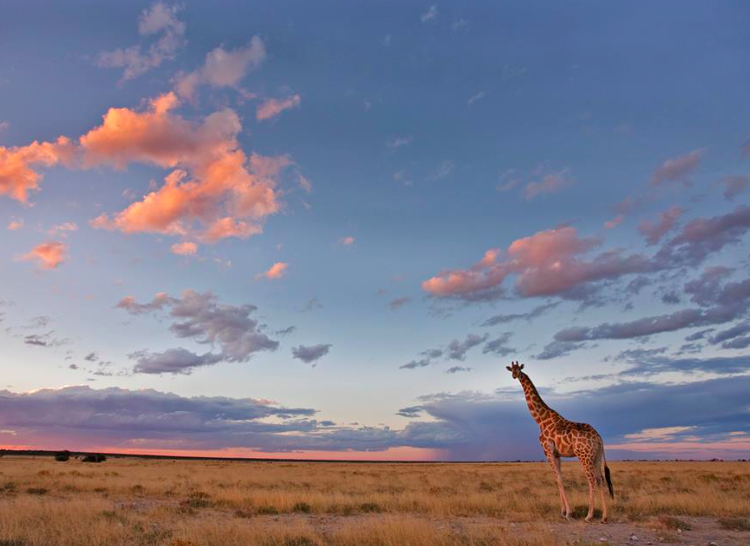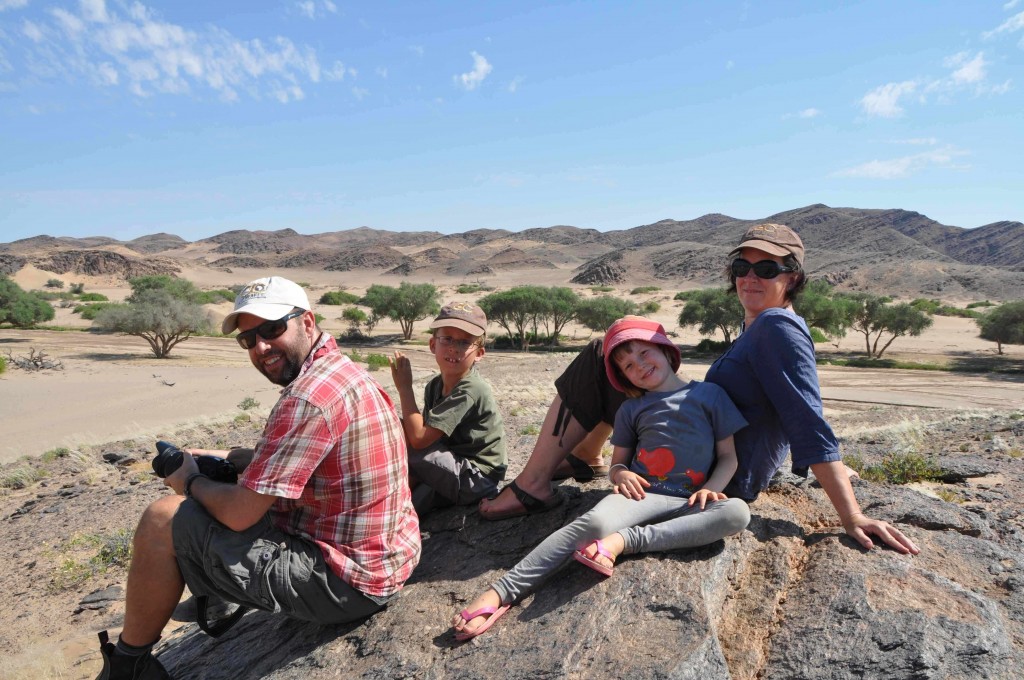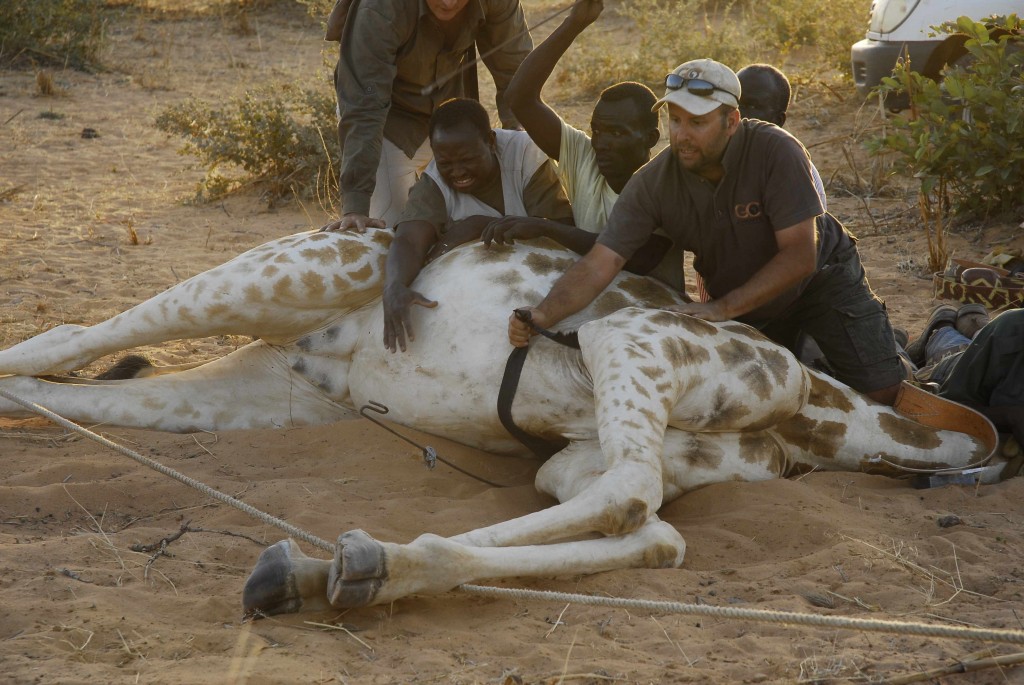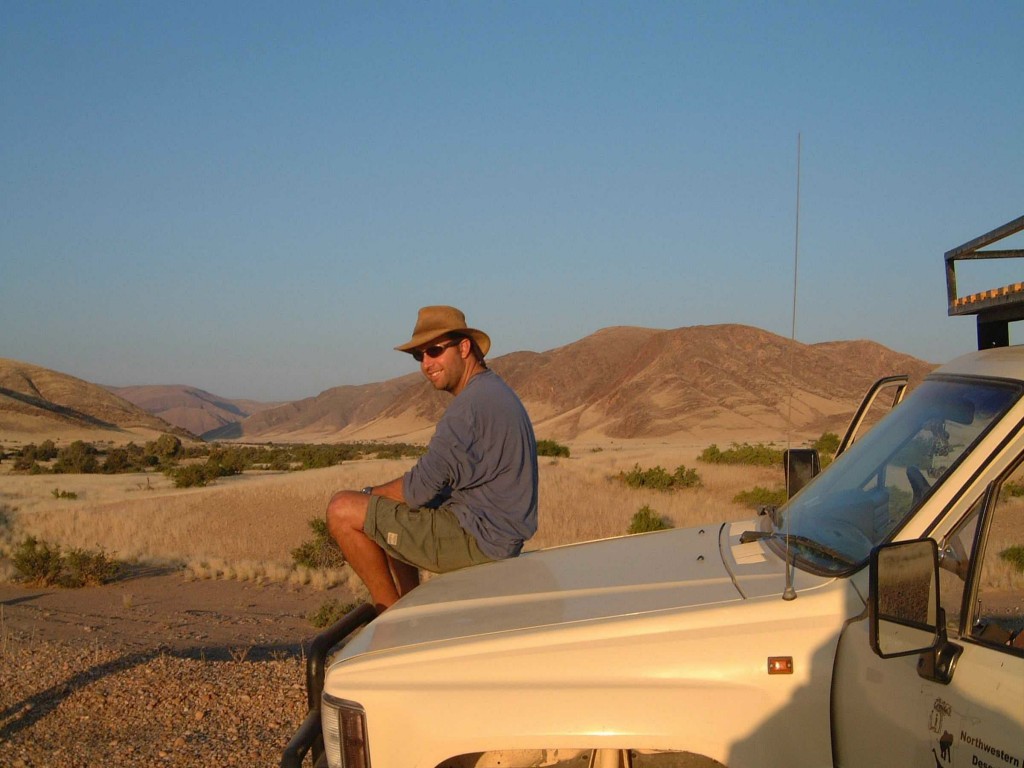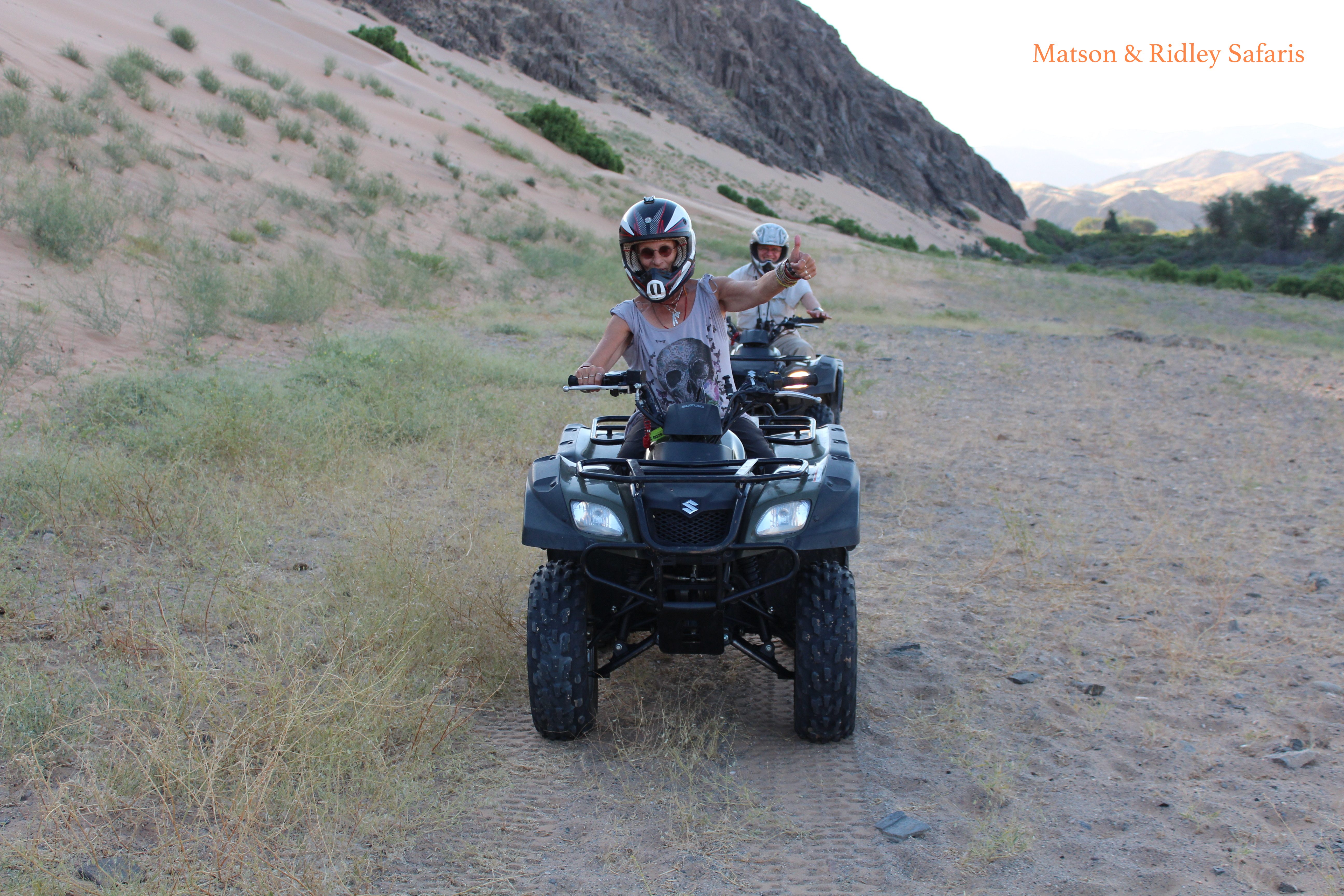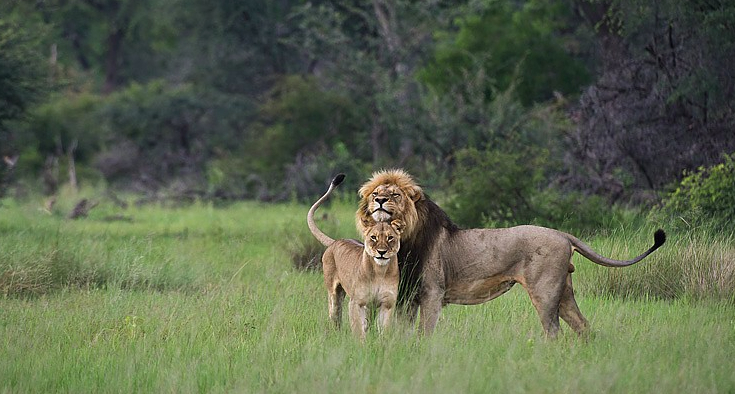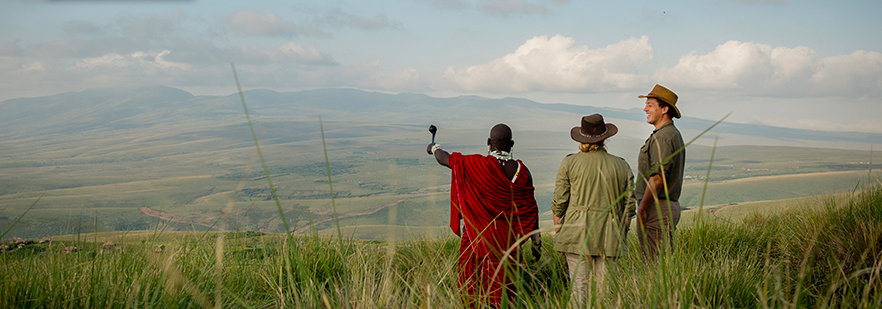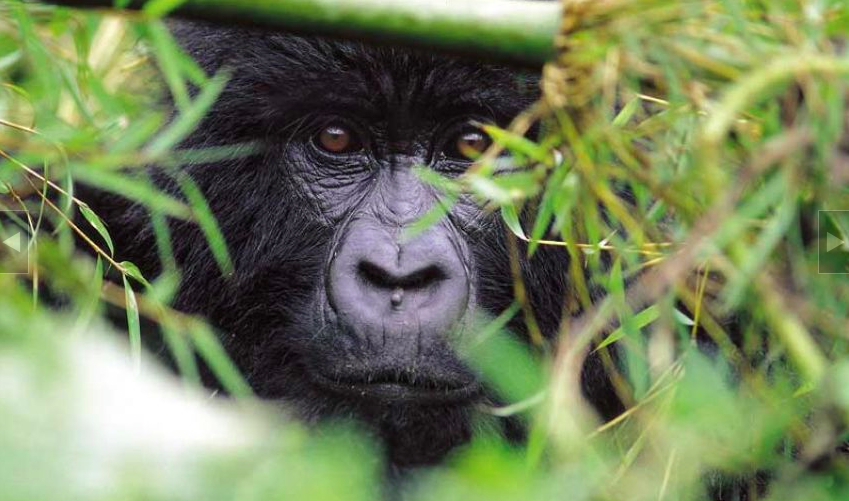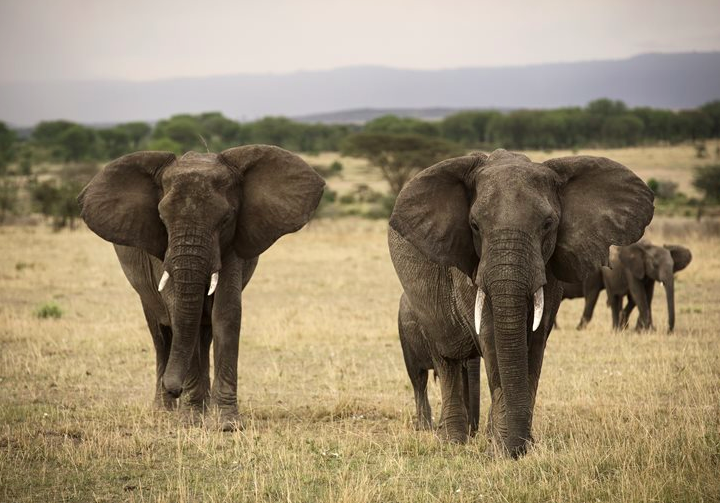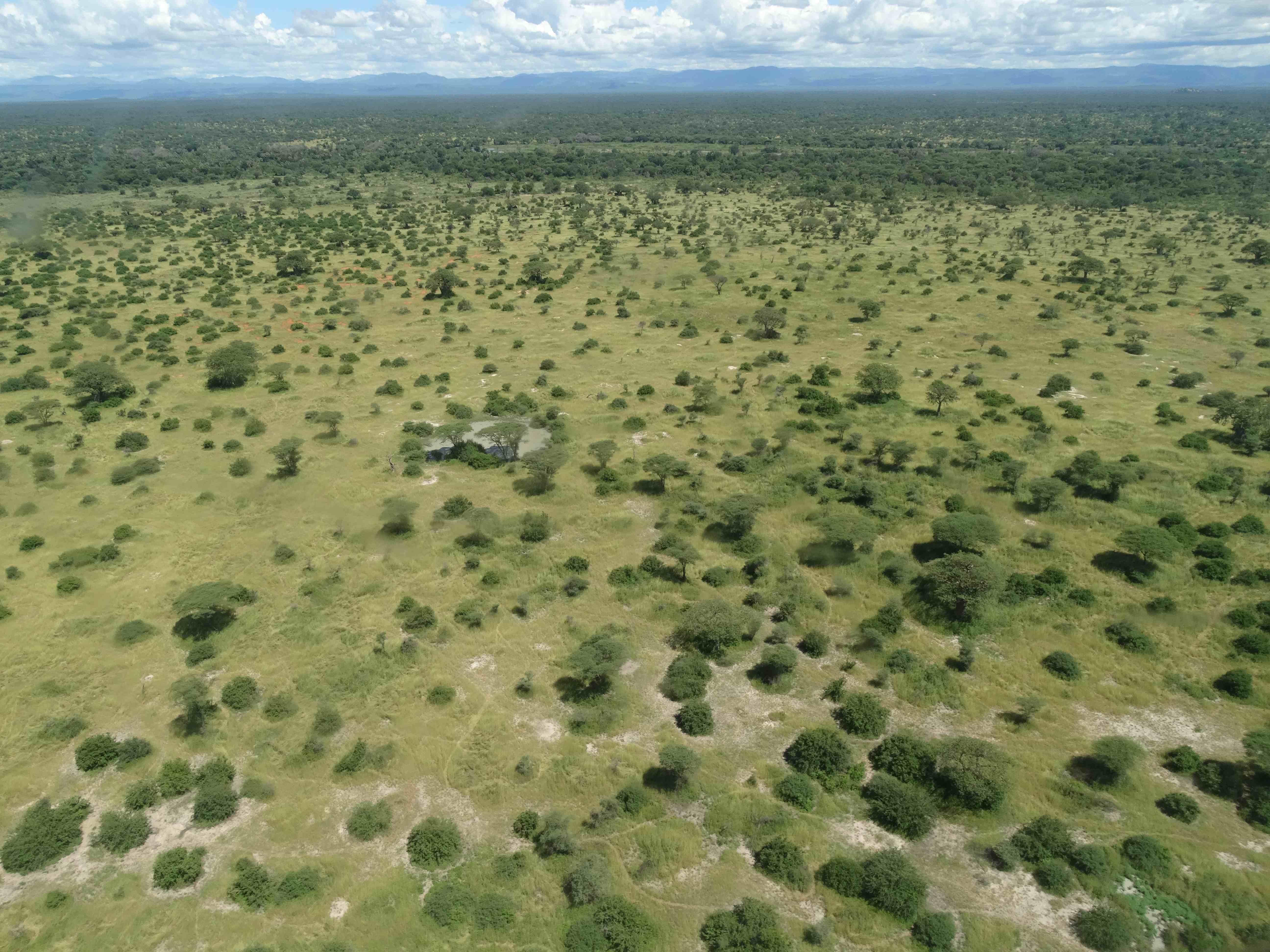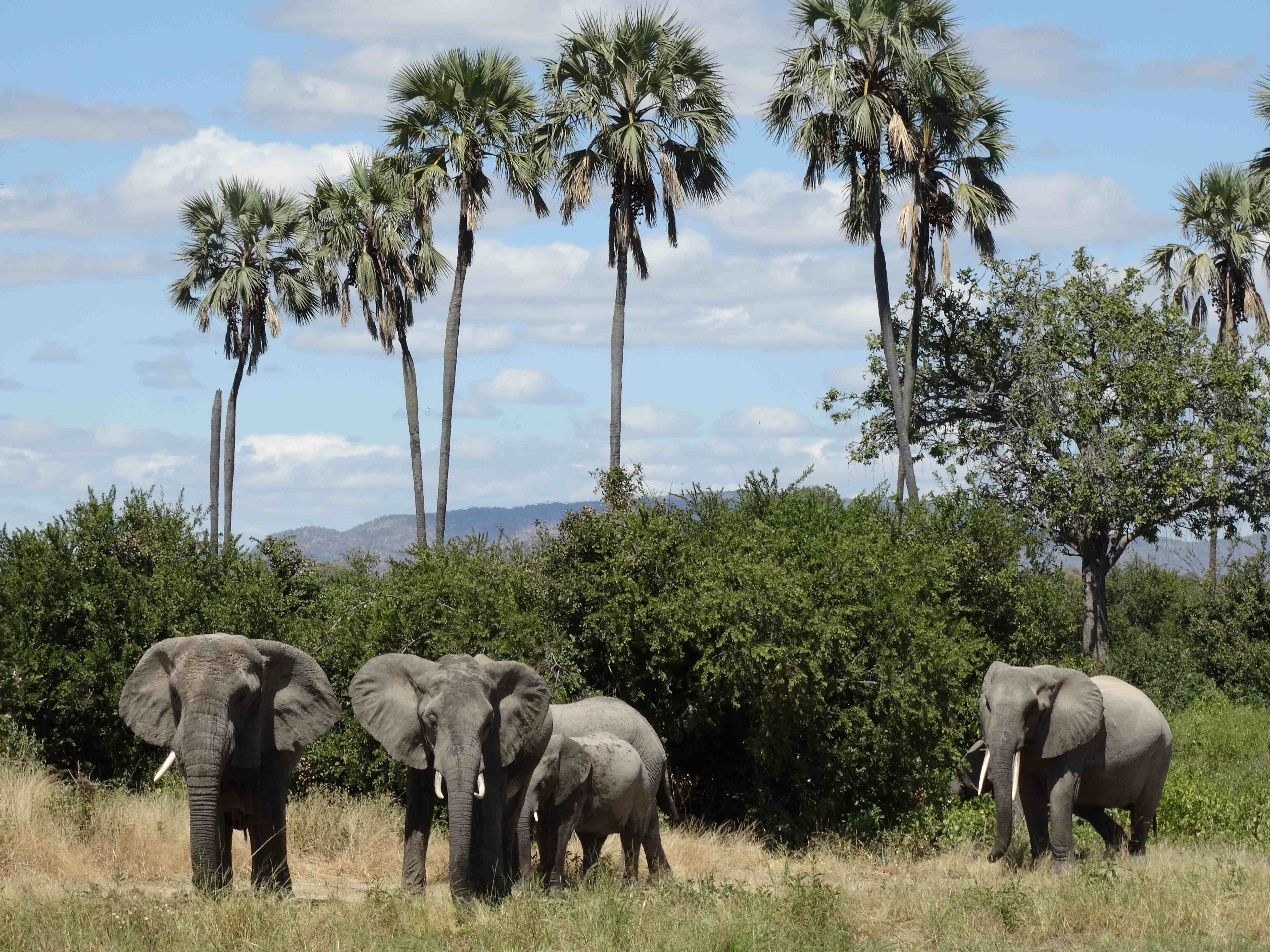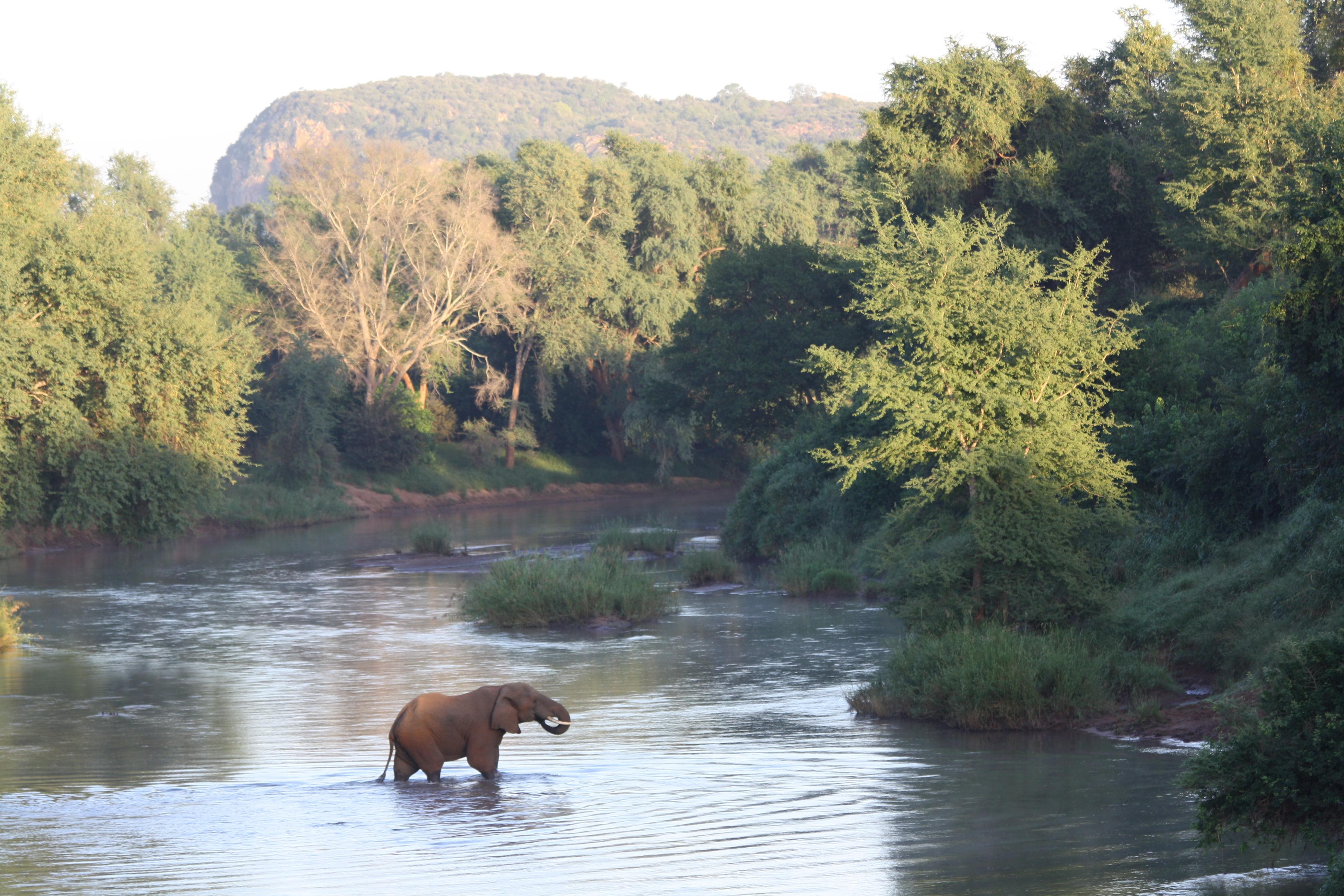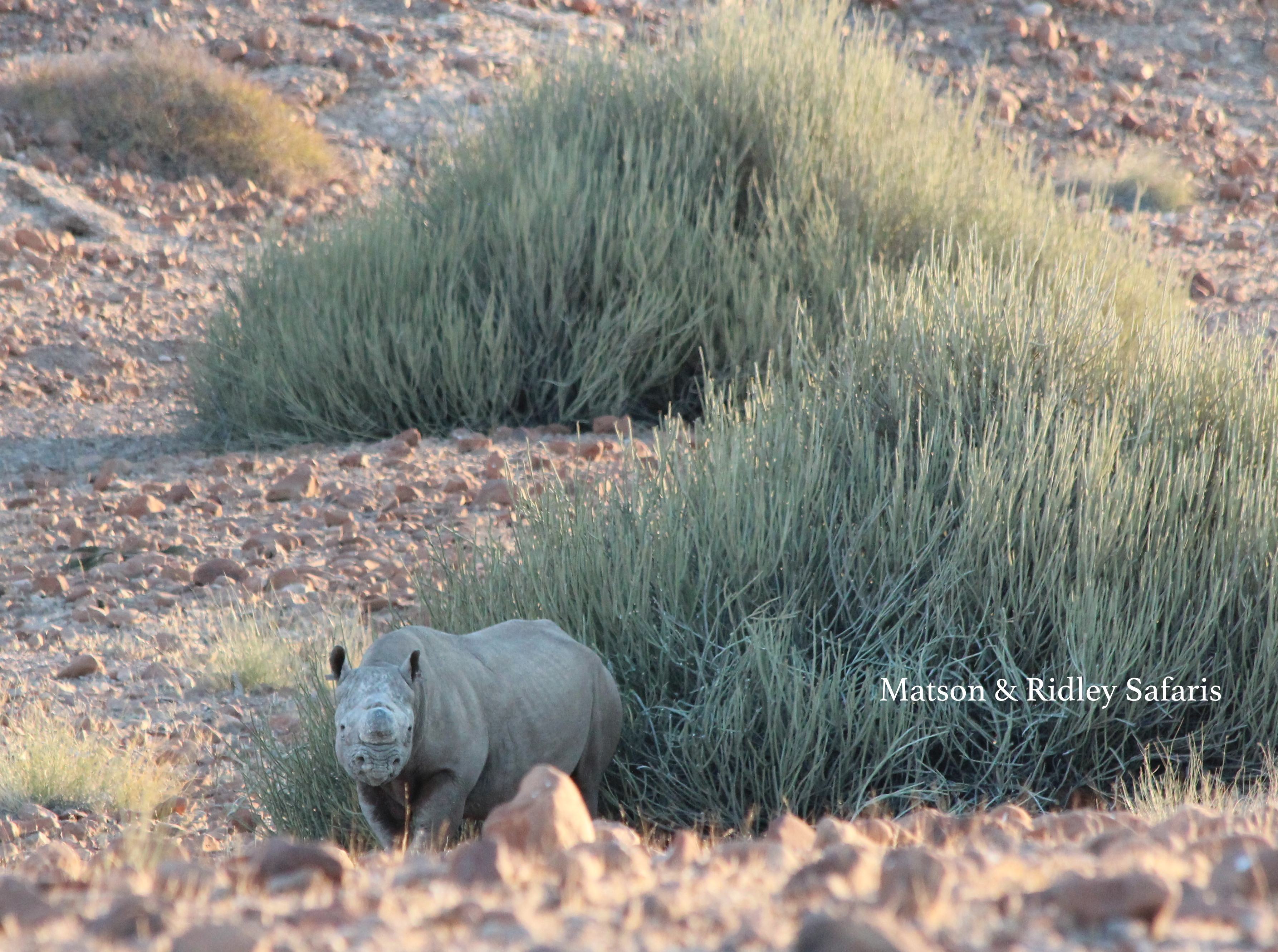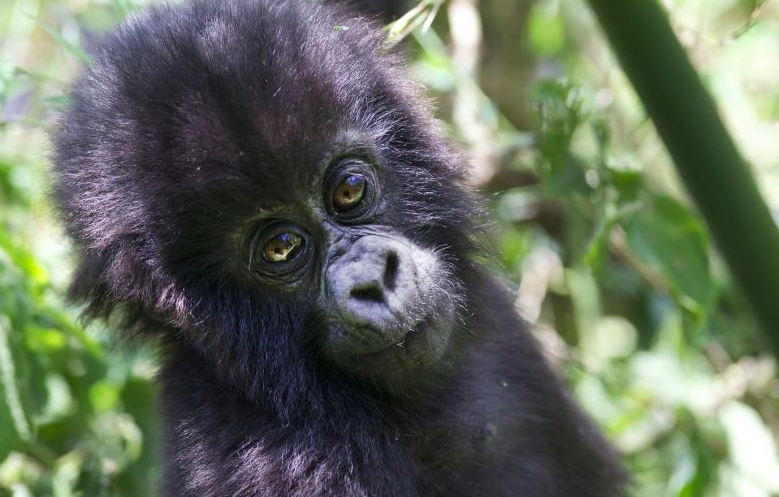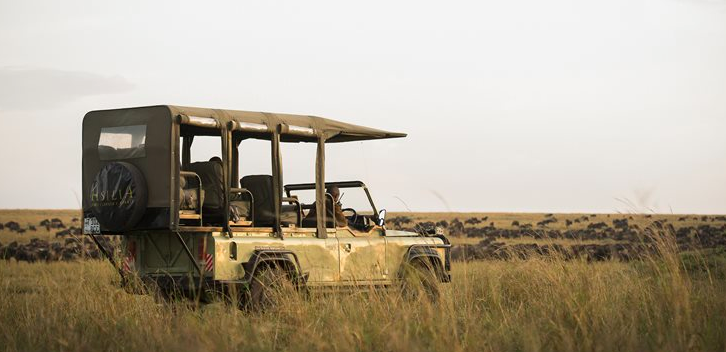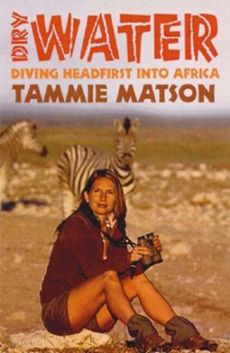Great Elephant Census Shows Massive Decline
It’s been 40 years since the last pan-African elephant census and so we conservationists have been playing a bit of a guessing game as to how Africa’s giants are really faring in terms of hard numbers. Just how bad were the declines and where are the problems greatest? That things were not looking good in the last ten years or so has been known for some time based on what information we do have from local censuses, but the great thing about the very ambitious Great Elephant Census project, led by elephant expert Dr Mike Chase and funded by Microsoft philanthropist Paul Allen, is that it’s given us a really comprehensive picture of what’s happening to African savannah elephants for the first time.
Read the full report here if you like. I’ve tried to summarise the main points below.
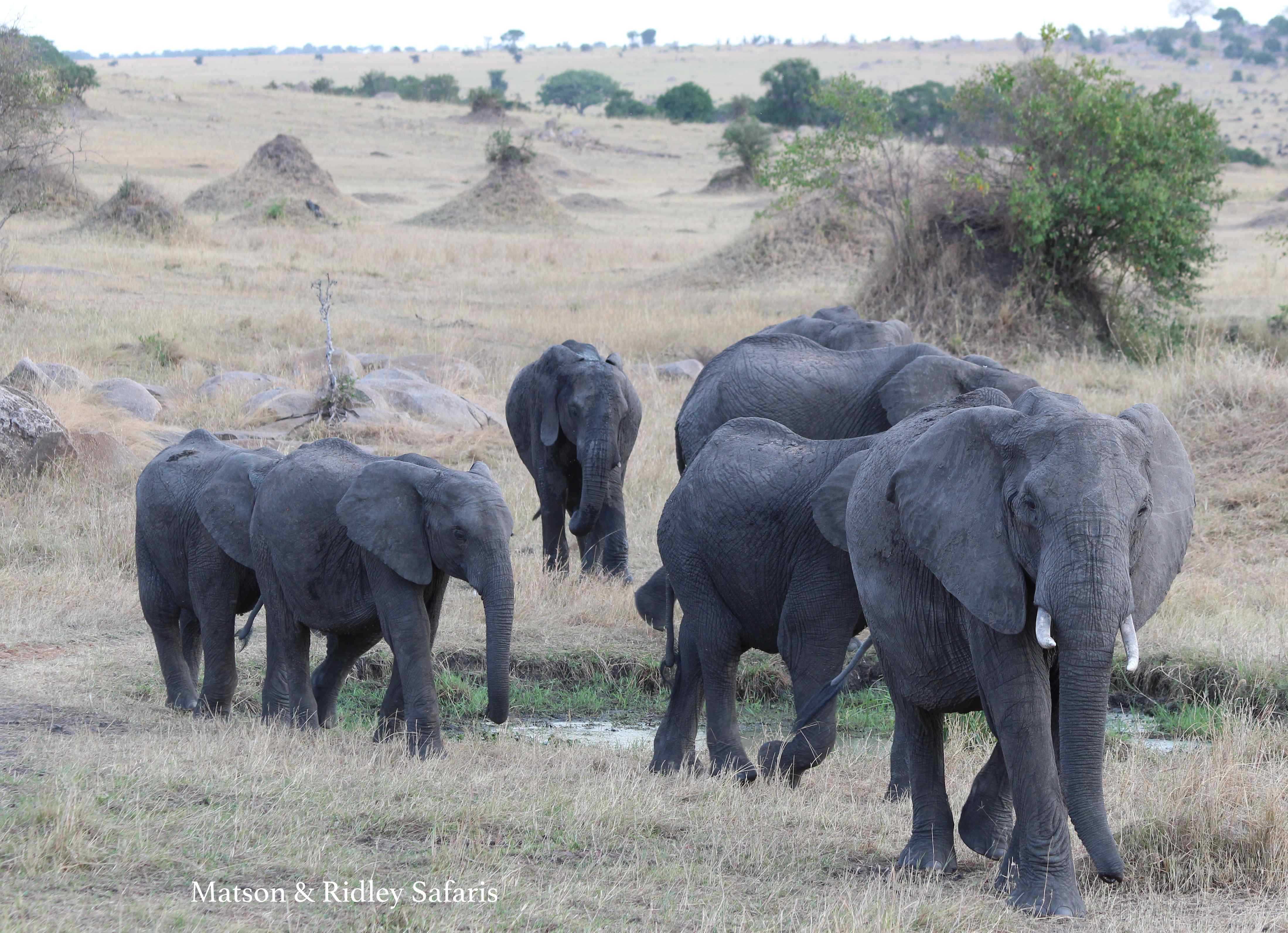
The elephant population of Tanzania has been hard hit by poaching, losing 60% in the last 5 years, but the population in Serengeti is doing better than parks elsewhere in the country which has declining populations.
The news is not good, even if not unexpected. African savannah elephant populations have declined by 30% between 2007 and 2014, equal to almost 145,000 elephants. A total of 352, 271 elephants were counted in the 18 countries surveyed, representing 93% of elephant range. This means that, when you factor in Namibia’s roughly 20,000 elephants that were not included, and consider the possible other 7%, there could be only around 400,000 savannah elephants left. That’s very much at the lower end of the bracket that we thought the population was. This figure doesn’t include the forest elephants of central and west Africa that are much more under threat and are still being counted. It’s much harder to get a hold on numbers in countries like the Congo and Central African Republic which have unstable political regimes. The rate of decline shown by the census is 8%, which is a very big worry and certainly unsustainable, given that the natural growth rate of elephants is about 5%.
I’m amazed that the IUCN still hasn’t listed forest elephants as a separate species to the savannah elephants of Africa, many years after the DNA studies showed this to be the case. These conservation cogs are turning far too slowly as separating the species would afford forest elephants better protection if they were officially recognised as Endangered. At the moment they are still lumped in with savannah elephants, classified as Vulnerable by the IUCN. A new study has just revealed that forest elephants breed more slowly than savannah elephants, with females starting to breed at the age of 23, compared to savannah elephant females at age 12-13. Forest elephant females have a calf an average of every 5-6 years, compared to every 3-4 years for savannah elephants. And the forest species are in some of the hardest hit poaching areas in central and western Africa. Surely it’s time to put some pressure on before these unique elephants are gone.
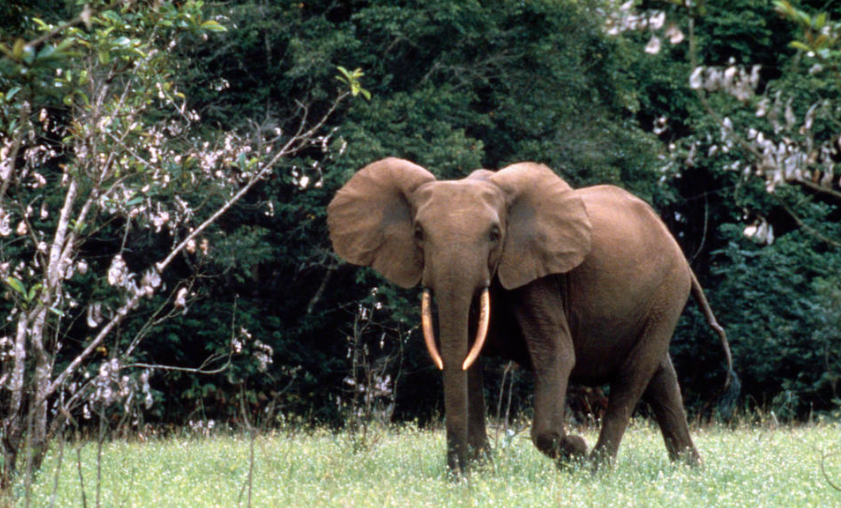
Forest elephants have yet to be recognised by the IUCN as a separate species, even though DNA studies show this to be the case. Photo: WWF
So what countries have been hardest hit and which ones are doing okay? The map below gives a fair idea. In red are the places were elephants are seriously declining and in green is where they are increasing.
This census has highlighted some areas that we didn’t know were under such serious threat, like the south-western corner of Zambia, where elephants have been almost obliterated right under our noses (95% according to the study), and right next to the prime tourism area of the Okavango Delta in Botswana. These elephants and those in the Congo and and northern Cameroon face imminent extinction. Absolutely shocking. The limited human activity (both tourists and researchers) in the Sioma Ngwezi National Park in south-west Zambia probably has a lot to do with the massive decline there. Central and west Africa remain major hot spots for poaching and haven’t been fully covered by the census to date (that information is still to come).
As for Tanzania, the Serengeti elephants are doing okay, but across the rest of the country elephants are in serious decline. Tanzania and Mozambique remain major hotspots for poaching, having both lost about half of their elephants to poachers in 5 years up to 2015. The census also revealed that poaching in Angola is very severe, a terrible shame as it was hoped that this country would provide a refuge for elephants coming across the border from neighbouring countries with large elephant populations as part of the KAZA Transfrontier Conservation Area.
In good news for elephants, look at the green areas where elephant populations are increasing, including Kafue National Park in Zambia, Kruger National Park in South Africa, Save Valley Conservancy and Gonarezhou NP in Zimbabwe, and parks in Uganda and Kenya. Increases were documented in populations of elephants in the conservation area spanning the west African countries of Benin, Niger and Burkina Faso as well, which is encouraging. Botswana still has the vast majority of elephants in Africa, with a stable population of about 130,000 elephants, followed by Zimbabwe with about 80,000 elephants.
So where does this leave elephants? Well the data is powerful and now it must lead to action to ensure populations that are stable or increasing continue to be built up, and those under major threat are protected as a matter of global urgency. Lend your support to organisations behind this cause like African Parks and Elephants Without Borders and also those leading the fight to stop the poaching on the ground with anti-poaching teams like the Big Life Foundation. Stopping the demand for ivory remains key to ensuring that elephants have a future. Get behind organisations like WildAid, a partner of our awareness campaign Let Elephants Be Elephants in Asia. This is going to be a joint effort so get on board!
Join my Botswana Safari – June 2017
Announcing my Botswana safari for 2017 is now available for you to join! This is an exclusive safari for just 8 people with me, combining the World Heritage wetlands and wildlife fiesta of the Okavango Delta, the elephant-rich woodlands of the Khwai region and the Makgadigadi Pan among the San Bushmen. It’s 7 nights in one of the world’s last great wildernesses and a safari not to be missed if you love animals and Africa at its wildest!
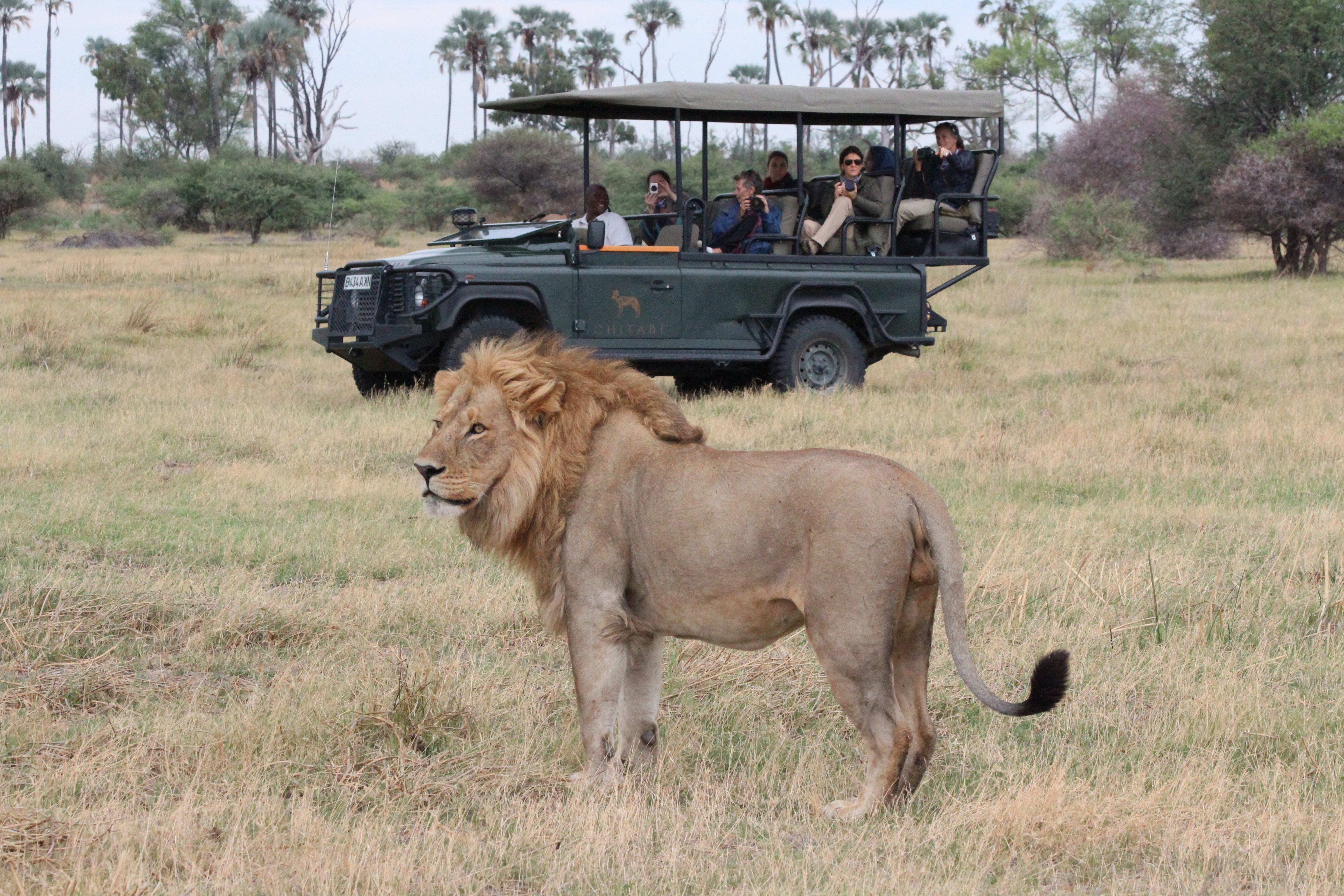
One of the great things about being in Botswana is you can see lions like this big guy at close range and completely unworried about our vehicle.
As with all my safaris, we’ve focused on ethical safari camps that make a difference, but also keeping to the highest standard, especially when it comes to the wildlife experience. On my last Botswana safari, my group were blown away by how much wildlife we saw at close range, including lion after lion after lion, tonnes of elephants (Botswana has the largest elephant population in Africa), spotted hyaena pups at a den, African wild dogs stalking a giraffe, cheetah, baby impalas…. We were there then in the low season (green season) but this time we’re going just after the Okavango floods so we will see the wetlands in all their glory! Take a look at the amazing shots from my 2014 safari to Botswana here. As with all the safaris I personally lead, I’ll be talking through the animal behaviours and conservation issues as we go along, and there are always great conversations by the campfire after a day out in the bush.
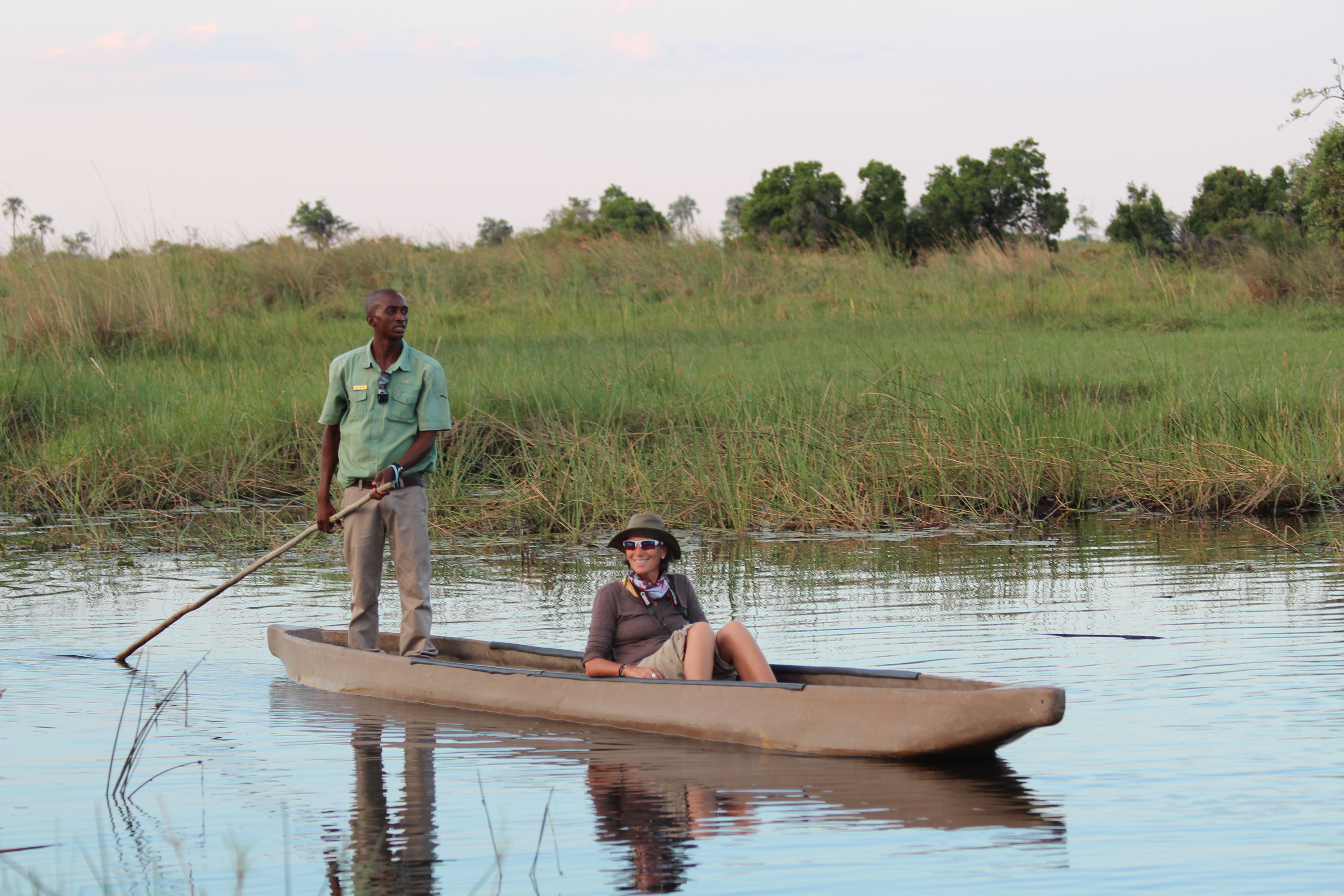
Seeing the Delta from a mokoro is a must-do experience and incredibly peaceful. Last time we were lucky enough to see some sitatunga!
Here’s the itinerary for June 2017:
You will make your way from wherever you are in the world to Maun, Botswana, where the safari starts and ends. International flights are not included in the price, but all internal flights and transfers from the start of the safari in Maun to the end in Maun are included, as are all activities, meals, drinks, conservation and park fees.
June 16: Light aircraft charter to Khwai area, staying at the community-owned Khwai Camp for 2 nights among the elephants in the mopane woodlands. (NB. This camp has just changed hands so the new website is coming soon, but for those in the know it was previously on my itinerary in 2014. For full details of the camp, contact me for the itinerary. Suffice to say it is in awesome part of the Okavango with tonnes of elephants!!)
June 18: Light aircraft charter from Khwai area to Pelo Camp for 2 nights, to experience the wetlands for which the Okavango is famous. Here we will try out a mokoro (wooden dugout canoe) to see the wildlife up close on the water.
June 20: Light aircraft charter from Pelo Camp to Maun, followed by 1 hour road transfer to Meno a Kwena Camp, where we will overnight for 3 nights. Experience traditional life on a walk with the Bushmen, watch the elephants and other wildlife drinking at the river in front of camp (including at a floating hide on the Boteti River!), and see desert-adapted wildlife in the Makgadigadi Pans National Park or the Central Kalahari Game Reserve, both within easy reach of the camp. We can even do a sleep out on bedrolls in the park if you like! Click here for more on Meno a Kwena Camp & activities.
June 23: Return to Maun by 1 hour road transfer for your international flight out.
Only 8 people can come on this safari with me as I am limited by room availability, so please register your interest ASAP!
Price is US$5900/person sharing. The price goes down to US$5750/person if you bring a friend to share your room! Note this includes almost everything other than your international flights. You will need to keep some money aside for souvenirs and tips, but there are no visa entry fees for Botswana. Single supplement for those who want their own room is possible.
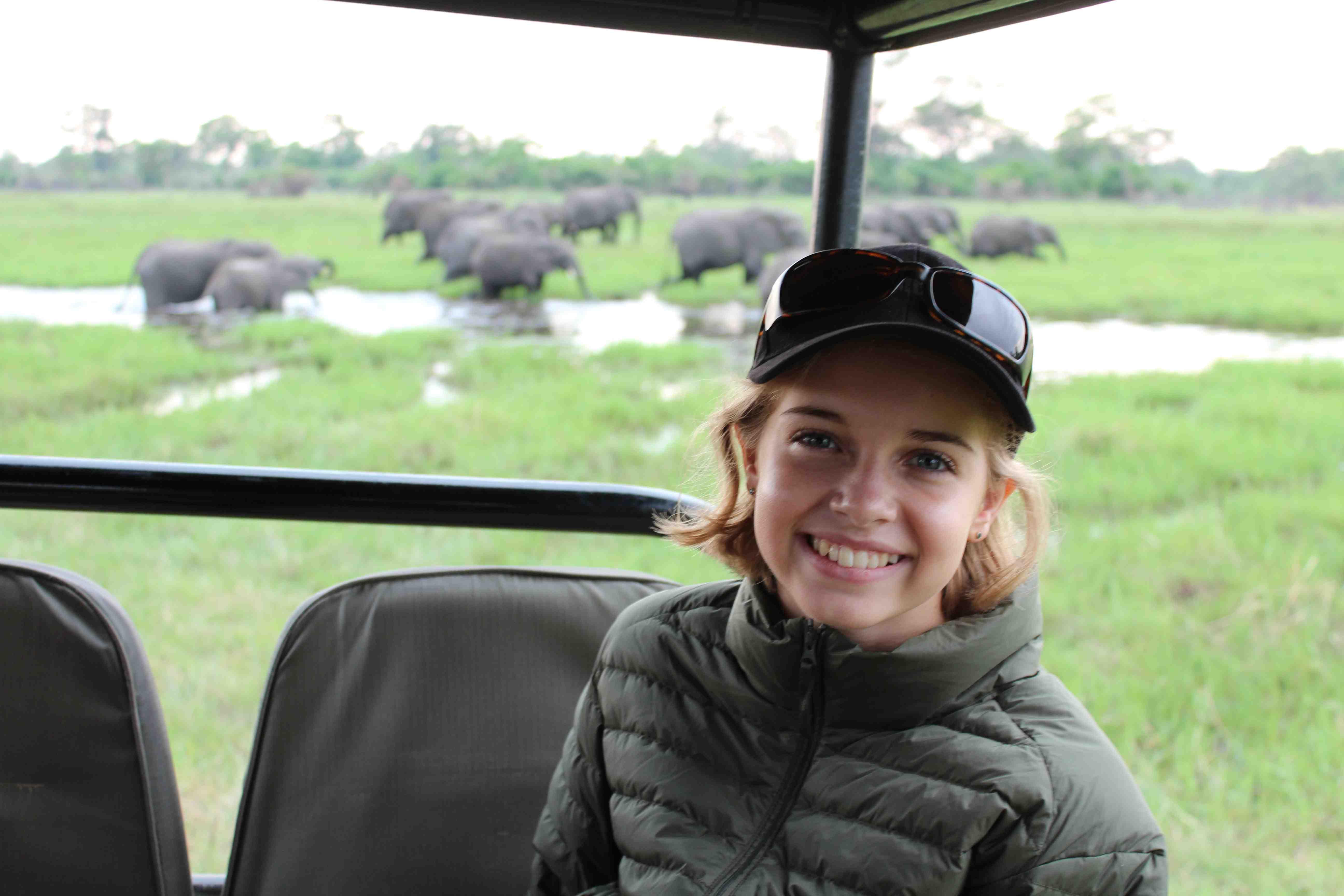
This photo of young Aussie wildlife crusader Alice Bertram was taken at Banoka Camp in 2014 during my group safari, just near where our 2017 safari will be going first….
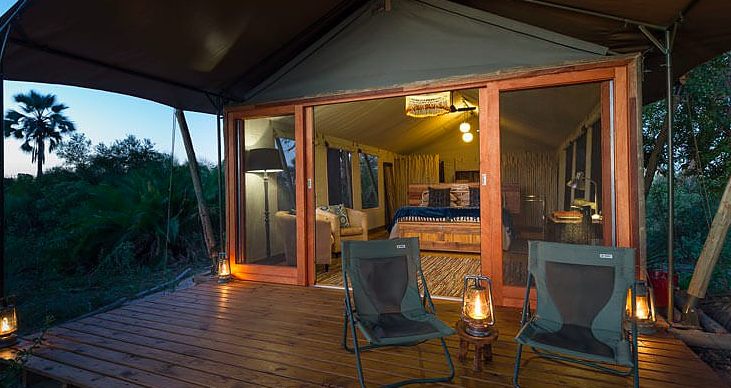
Pelo Camp, inside a guest room – boutique luxury in the bush… I love being behind canvas at night in Botswana as it lets all the wonderful sounds of the animal world in (while keeping the lions out!).
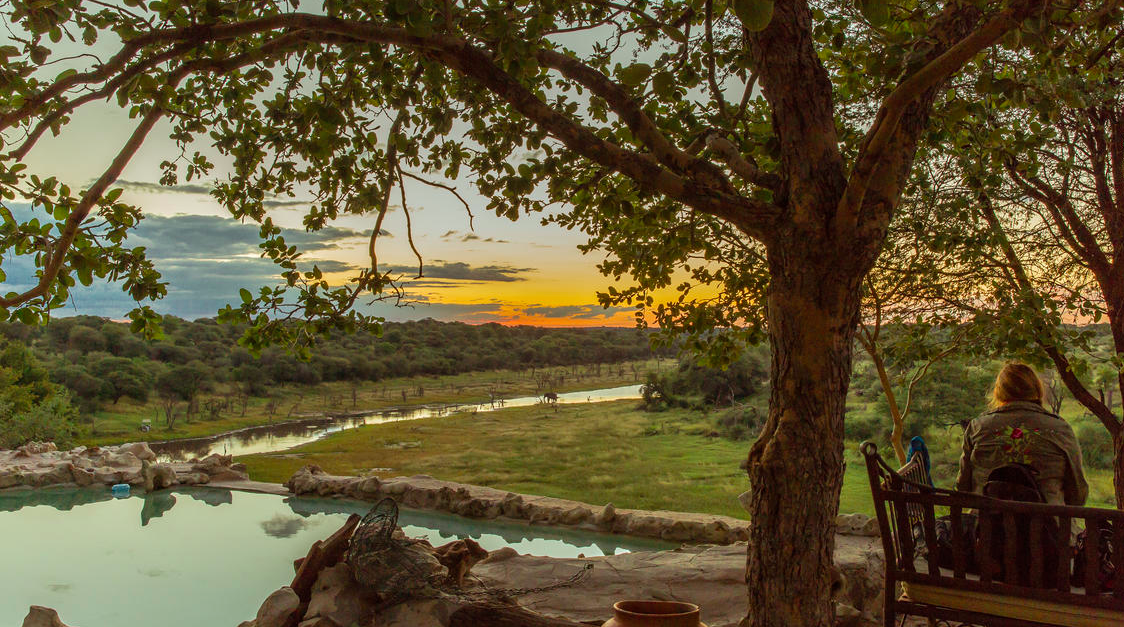
Watch the elephants in the river at sunset while you have your own relaxing time in the pool at Meno a Kwena Camp. Look at that sky!
What more could you want from an African safari? I’d love to have you along with me on this magical journey into the heartland of Africa’s elephants, Botswana, in June 2017. Contact me for the full itinerary now and register your interest!
Happy World Elephant Day
Today to commemorate World Elephant Day, here’s a few of my favourite elephant photos in celebration of this amazing animal… In about a week’s time I’m going to be announcing my next safari in Africa – and it’s in the home of the world’s largest population of elephants…. Can you guess where it might be?
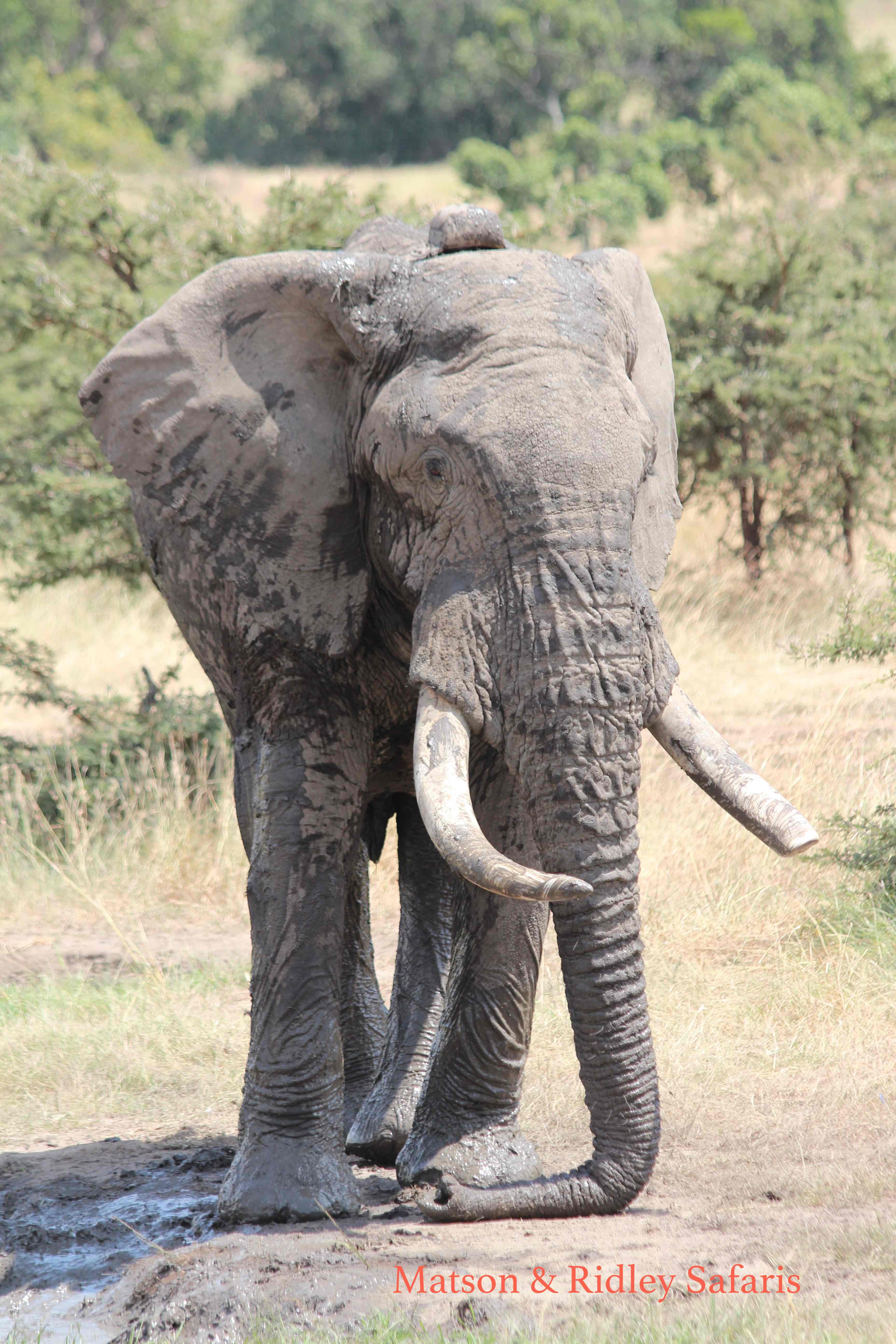
Lovely big elephant bull resting his trunk – taken on my group safari to the Masai Mara in Kenya last year.
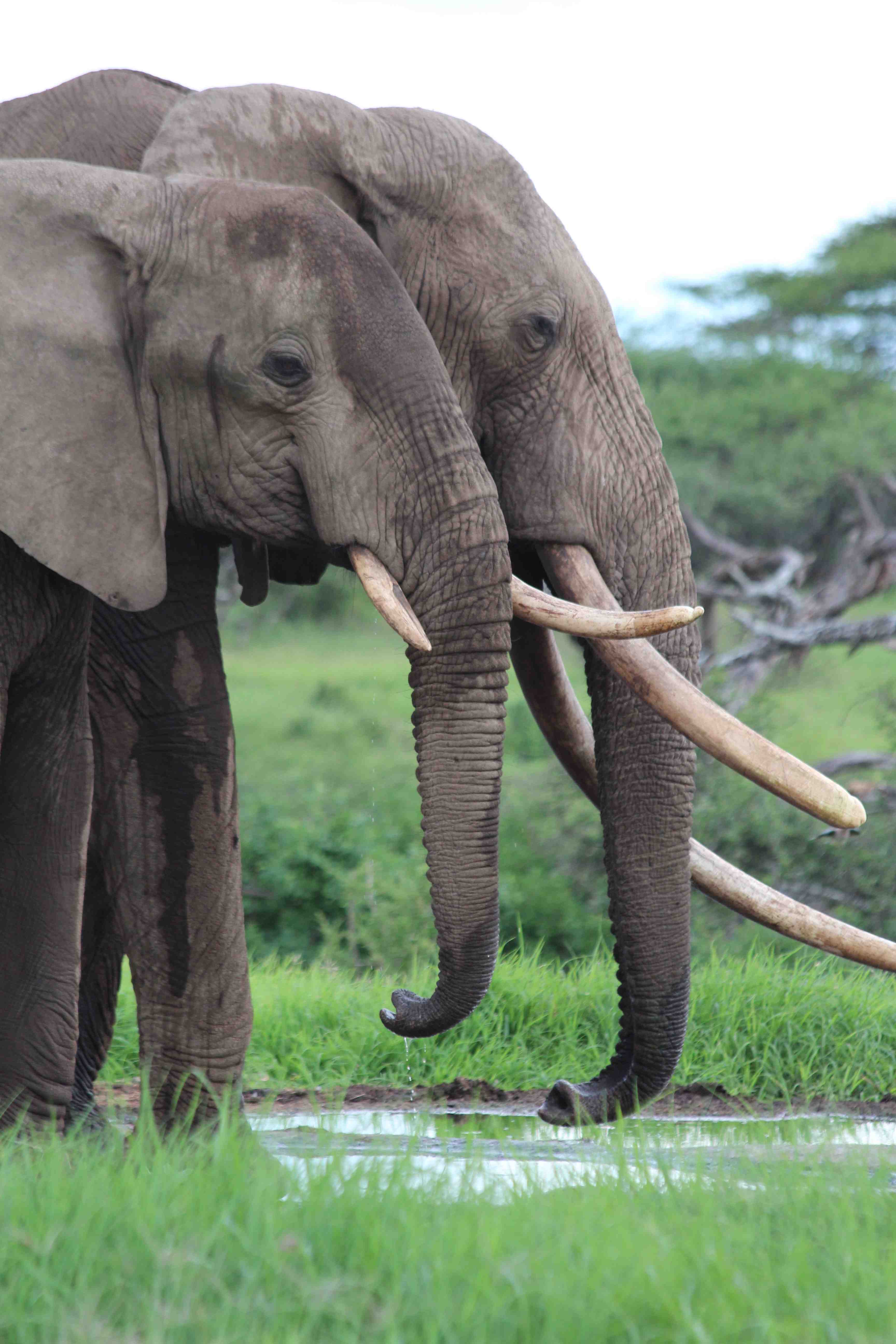
Ele bromance…. I love the way you often see an old bull and a young bull hanging out together as mates, but also in a symbiotic relationship with the old one teaching the young one the ways of the bush and the young one having better hearing and eyesight than the old bull. This photo taken at Ol Donyo, Kenya, during the making of our film “Let Elephants Be Elephants”.
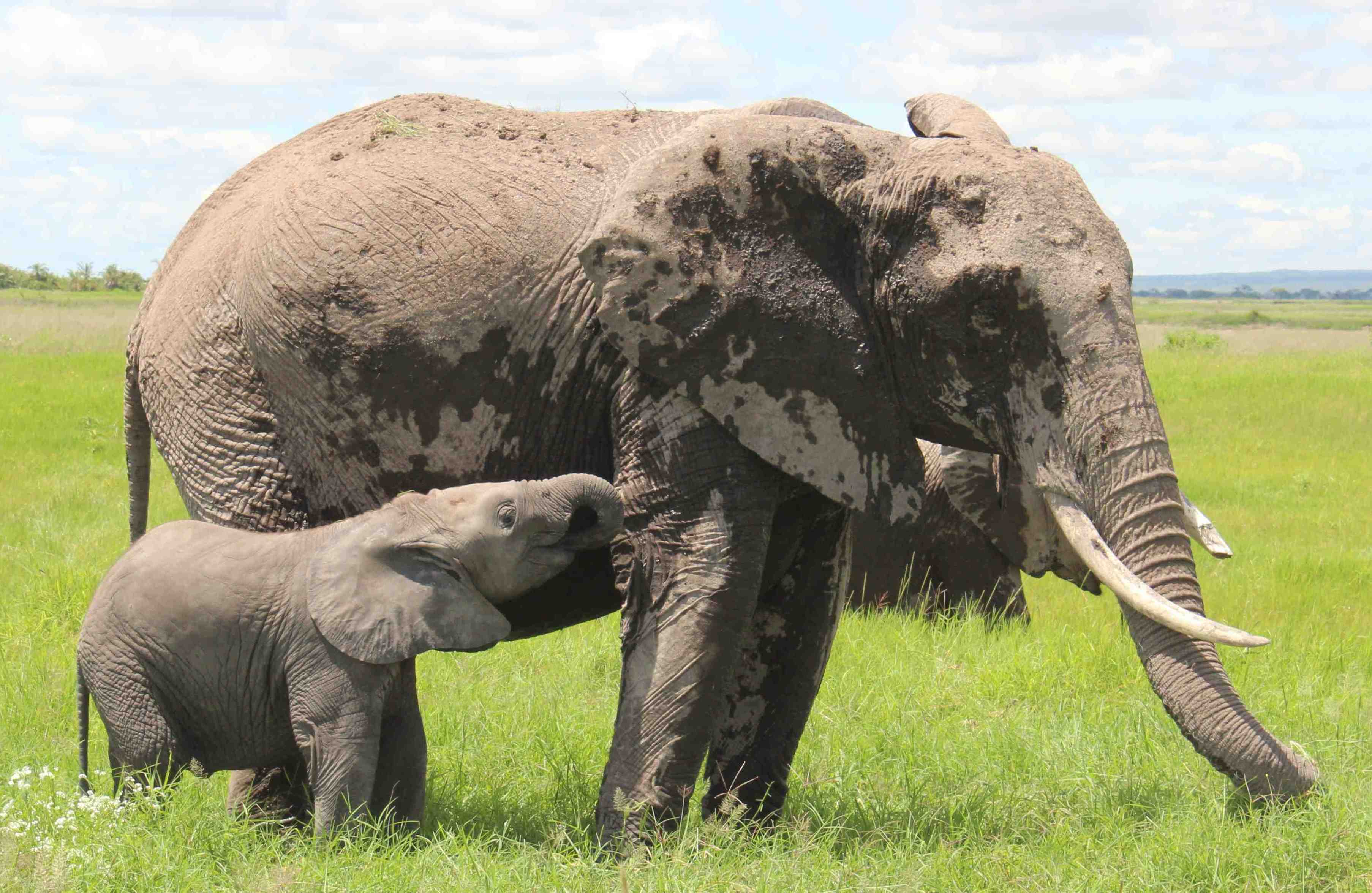
Elephant females stay with their mothers their whole lives, raised by a ‘village’ of aunts, sisters and grandmas in a tight family network. Photo taken in Amboseli, Kenya during the making of the ‘Let Elephants Be Elephants’ documentary.
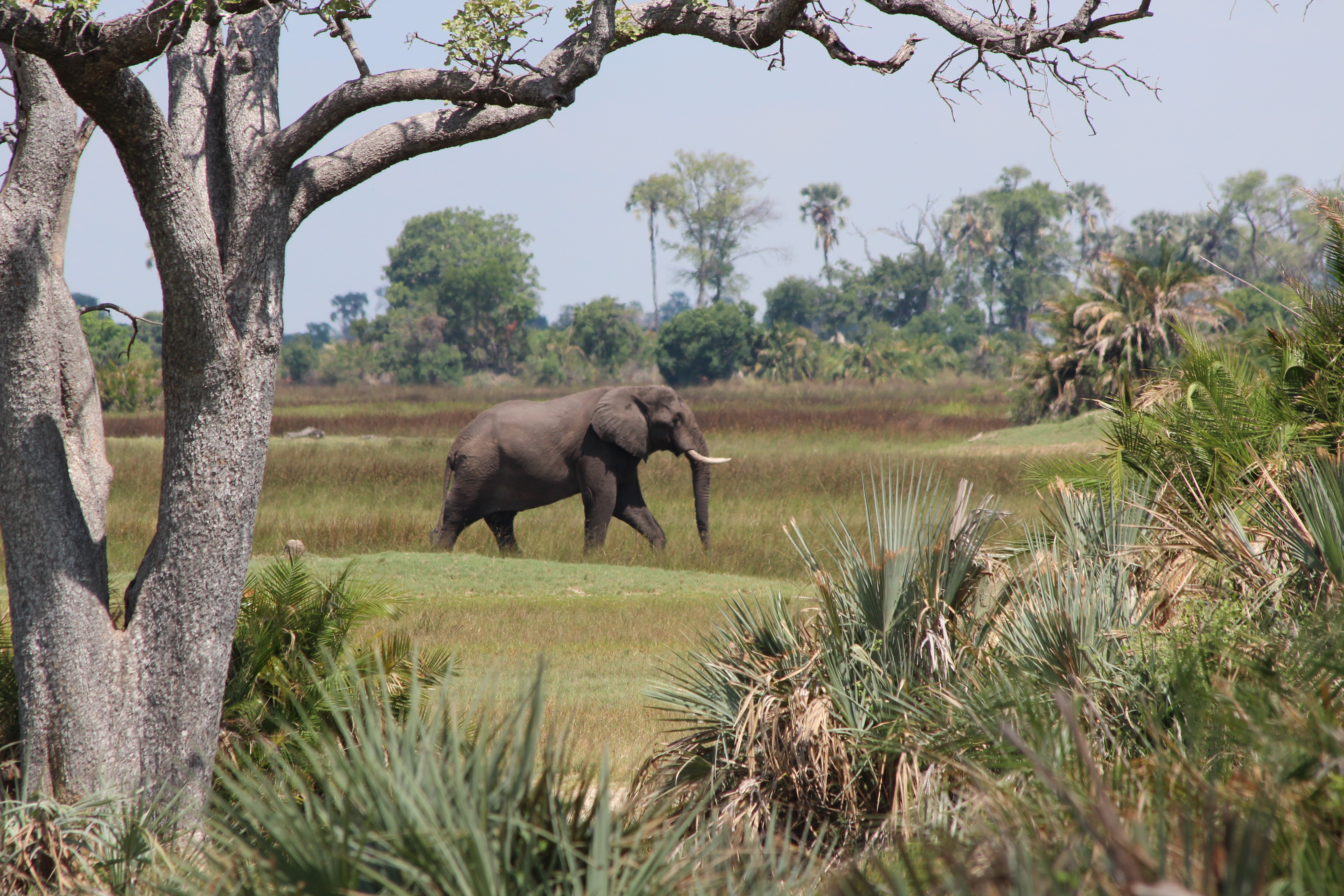
Botswana is one of the best places to see lots of elephants in one place, with the largest population in the world, currently stable at about 130,000 according to the Great Elephant Census. Photo taken at Xigera Camp, Okavango Delta, Botswana during my group safari there in 2014.
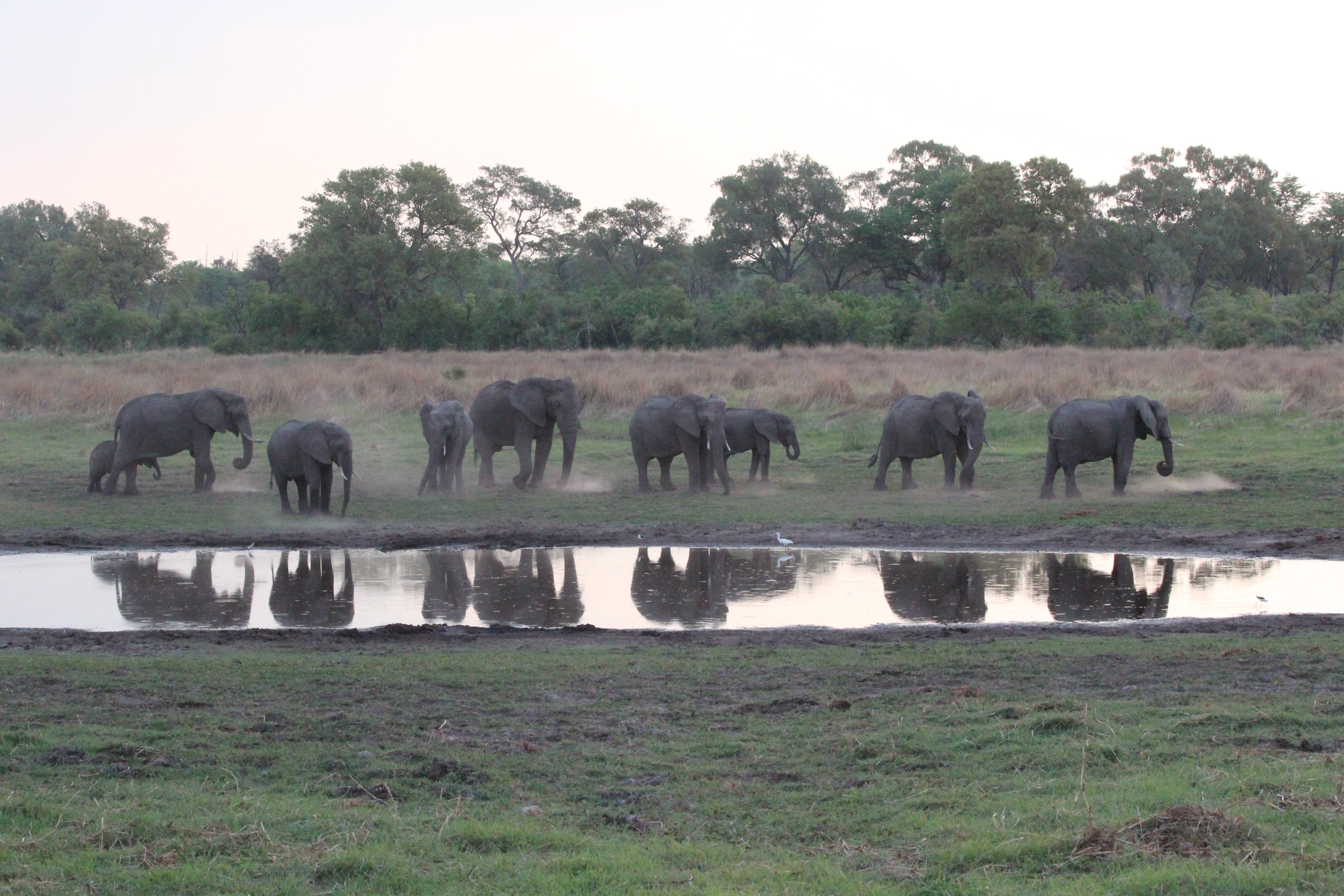
Elephants adore water. This magical scene was on the first night of my group safari to Botswana in November 2014, when this herd sauntered in about sunset and took a long slow drink and shower/bath. Banoka Camp.
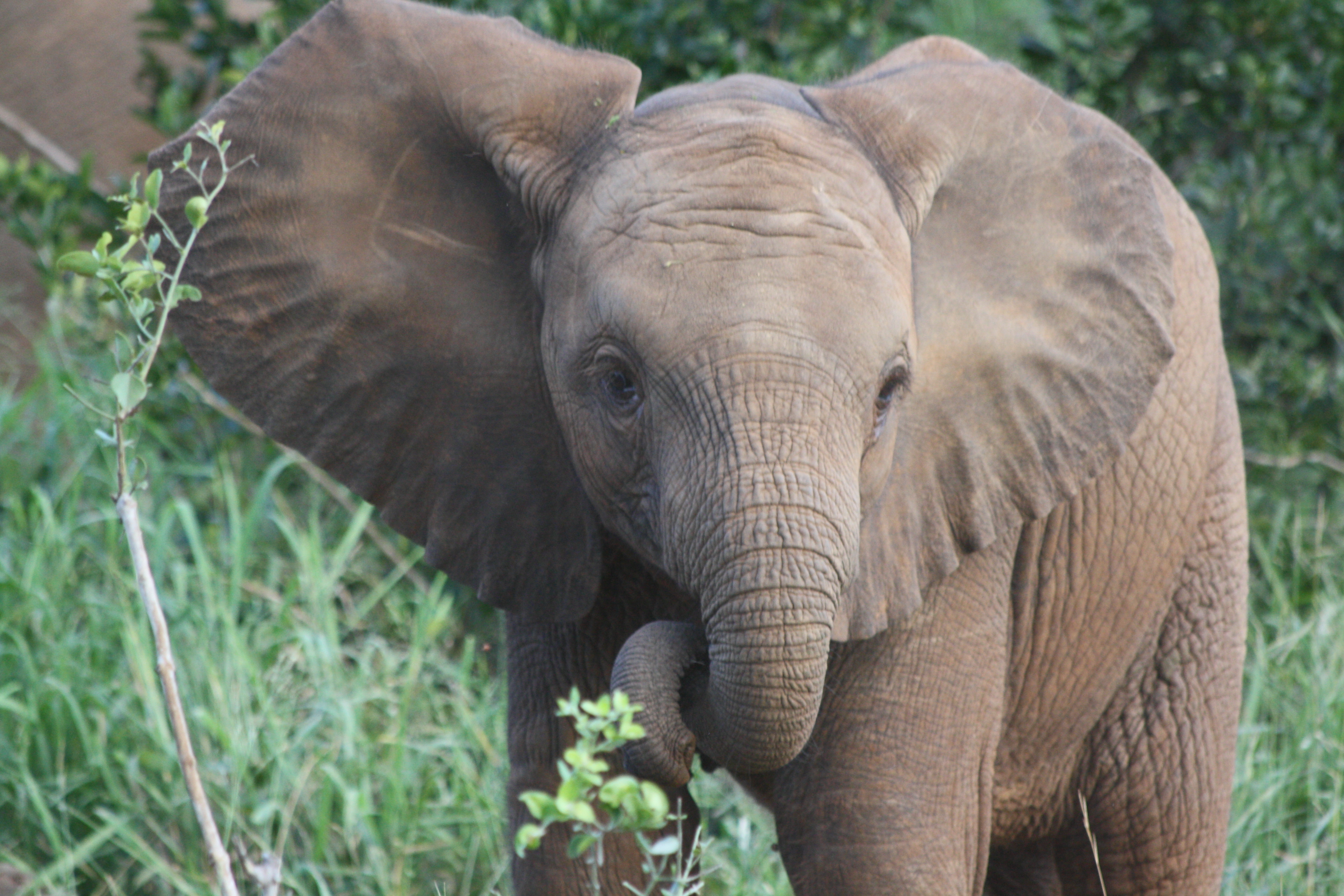
Young elephants are so playful and take a while to work out how to use their trunk. They can sometimes be quite cheeky too! Photo taken on safari in Kruger NP, South Africa.
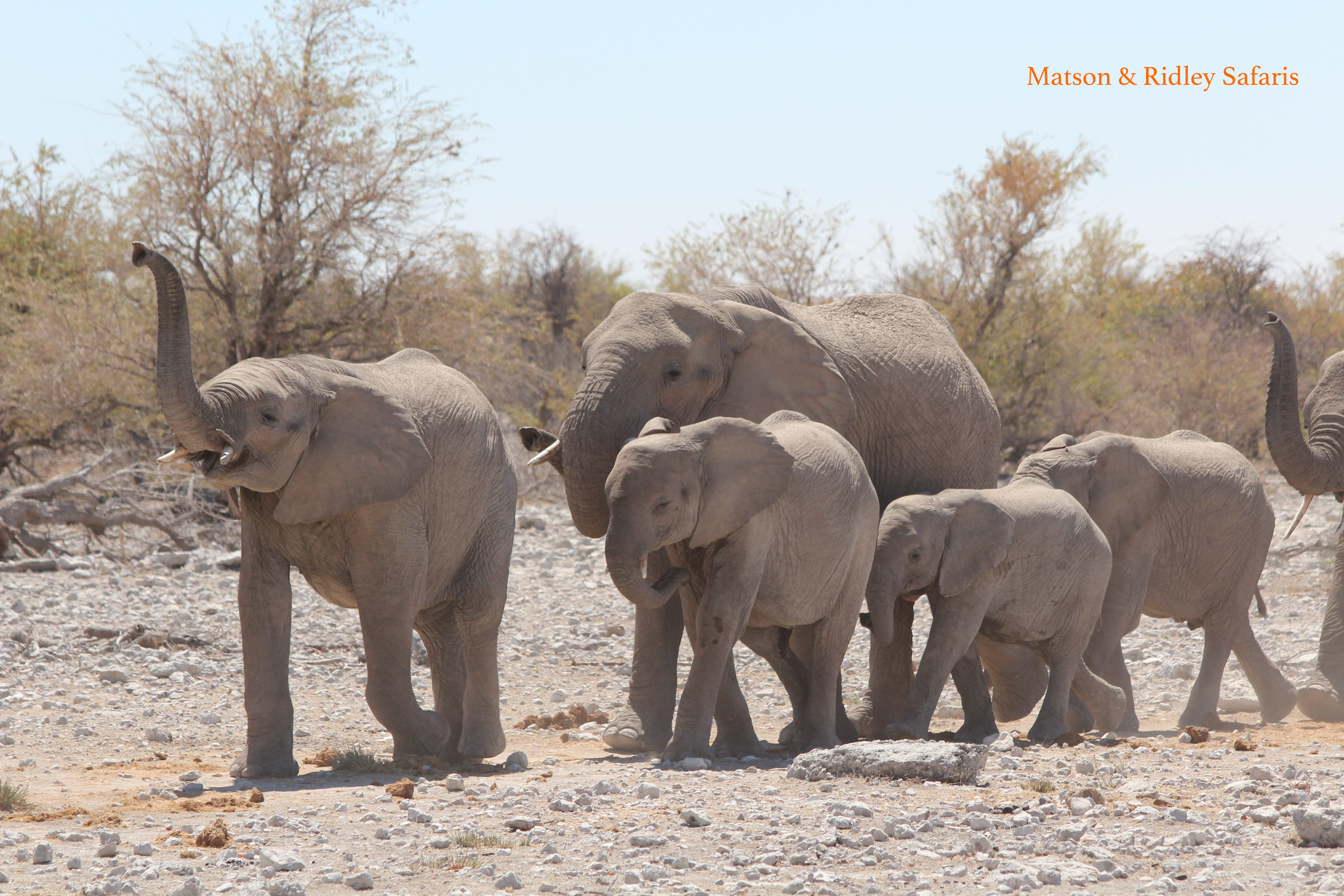
Etosha National Park, Namibia, where I did my PhD on black-faced impalas, is a great place to watch elephants, especially if you go in the dry season as then the waterholes are a joy to watch, with elephants having first water baths then dust baths and revelling in the whole experience. At sunset this is an incredible sight! Photo taken on my Namibian group safari last year, as a herd approached Ombika waterhole where other elephants were already drinking. See how their trunks were raised, smelling what was going on at the waterhole.
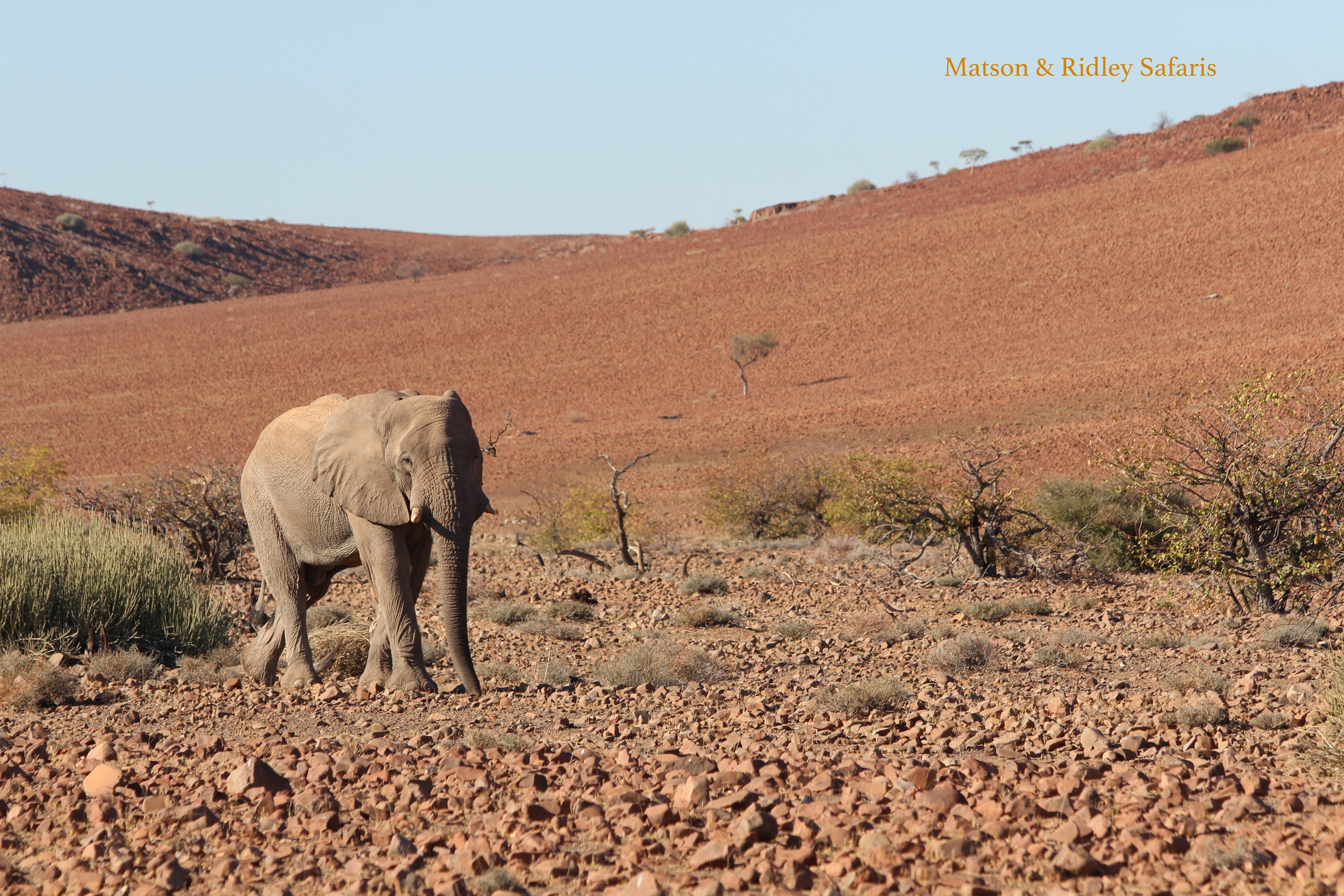
The desert dwelling elephants on Namibia’s north west region are perhaps the most incredible of all of Africa’s elephants, having to traverse vast areas in order to find enough food to survive in their parched habitat. This photo was taken on my Namibian safari near Desert Rhino Camp last year.
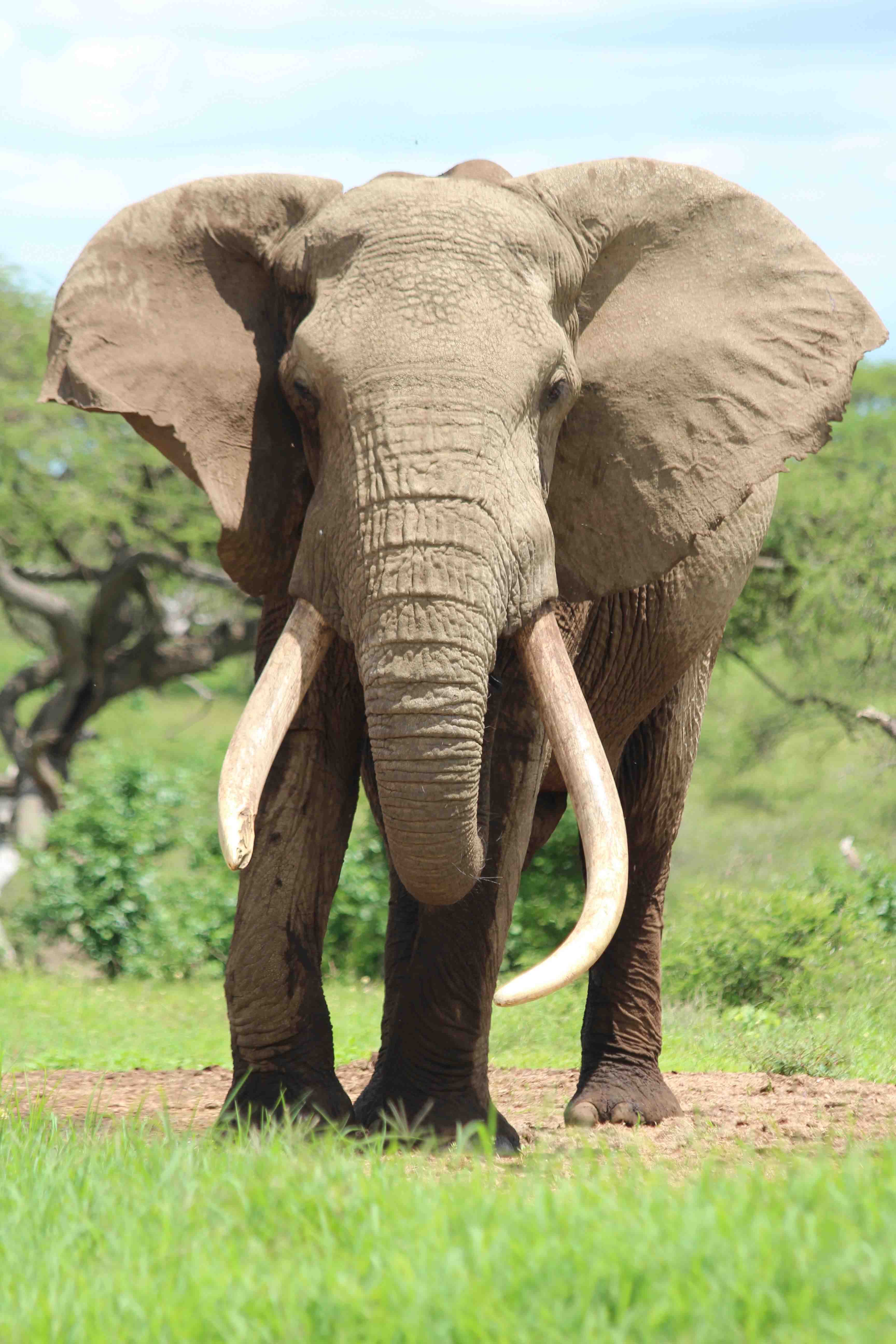
Big tuskers like this one called “One Tonne” at Ol Donyo, Kenya, are under threat by poachers for their ivory. There’s still a great need to educate the public in ivory-buying countries that when you buy ivory this kills elephants in the wild. Elephants need their ivory for foraging and defence, but sadly it has become their curse as it makes them a target for illegal traders. We can all help by spreading the word.

Currently our team at Let Elephants Be Elephants is sharing the Ivory Free campaign all over Thailand, with our partners at Wild Aid and the Thai soccer team, the War Elephants. Head to our Facebook site and share the ads like this one to help spread the word that it’s not cool to buy ivory!
Now I’m off to the Serengeti to see if I can find some elephants to celebrate in person…. Apparently there’s the odd wildebeest and zebra come to town too for one of the biggest migrations on the planet. Back real soon…. Happy World Elephant Day! Share this with someone else who loves elephants.
Thai Soccer Team & Tony Jaa Go Ivory Free in Thailand
What have elephants got to do with football and martial arts? Well more than you might think!
Thailand has long been a hot spot for the illegal ivory trade, which is why the Let Elephants Be Elephants team targeted this country for the next phase of our campaign. We have seen some stronger measures in Thailand in the last year, including changes to the legislation around ivory and a public ivory stockpile destruction by the government, but there is still much to be done to raise awareness of the issue in Thailand.
Let Elephants Be Elephants is very proud to be a partner in WildAid‘s new campaign to stop ivory trade in Thailand – Be Ivory Free. The Thai soccer team, the ‘war elephants’, along with Thai Hollywood martial arts star Tony Jaa, are the ambassadors for this campaign locally, encouraging people all across the country to say no to ivory. The core message is that success is achieved through hard work, not by wearing ivory from poached elephants. Take a look at the advertisements going out this week below.
You can do your part to spread the word by going to Let Elephants Be Elephants’ Facebook site and sharing the advertisements far and wide across your social networks. If you have connections in Thailand, please send these messages directly to them. And of course, as always, never buy ivory when you are visiting Thailand or any other country. Let’s keep up the momentum and make sure everyone knows that it’s not cool to wear ivory!
The Secrets of Giraffes
Years ago when I first moved to Namibia to start my PhD on the black-faced impala at the age of about 21, a couple of Aussies and a German who were working there at the Desert Research Foundation of Namibia adopted me and helped me find my feet in this unique desert land where I didn’t know a soul. The war vet invasions had just started in Zimbabwe, and, well, if you’ve read my first book “Dry Water” you’ll know the rest of the story! Over a decade later, two of my early rescuers, fellow Aussie Dr Julian Fennessy and his wife, German Steph Fennessy, are living in Windhoek and raising their two kids in Namibia whilst also working on giraffe conservation across the continent. Together Julian and Steph started and run the Giraffe Conservation Foundation, the world’s first and only organisation dedicated to giraffe conservation in the wild.
Julian is a true giraffe guru. He is the founder and co-chair of the IUCN SSC Giraffe and Okapi Specialist Group and completed his PhD on Namibia’s desert-dwelling giraffes. You won’t meet a couple more dedicated to the conservation of giraffes in the wild. There are few species more iconic and representative of Africa than giraffes, and I’ve seen them pretty much everywhere I’ve ever travelled in Africa, so why are folks like Julian and Steph worried about their future?
How many species and subspecies of giraffes are there? And what countries are they found in?
What is the status of giraffes in the wild? Should we be concerned about them becoming extinct?
As a species, giraffe are currently listed as ‘Least Concern’ on the IUCN Red List – however, this is more as a result of no recent assessment being undertaken on them. In 2008 and 2010 the West African (G. c. peralta) and Rothschild’s (G. c. rothschildi) subspecies of giraffe were listed as ‘Endangered’ – based on the work of GCF, and currently the species and all subspecies are being assessed by the Specialist Group – the first-ever detailed assessment for giraffe and we hope to complete this by early 2016. We obviously feel that giraffe need more attention locally and internationally as – and why? West African giraffe number less than 400 in the wild, Rothschild’s giraffe approx 1,100 and Kordofan giraffe less than 2,000 individuals. Few know that giraffe number less than 80,000 in the wild (less than 5 times the amount of African elephant) and have dropped greater than 40% in the last 15 years alone!
Tell us more about the threats to giraffes and what can be done about them. Specifically can you tell us what GCF is working on to conserve giraffes in the wild?
When we set up GCF in 2009 we realised that no one was giving giraffe any real attention – the Forgotten Giant! Everyone assumed that giraffe are everywhere – and on some safaris it feels like that – however, the more and more we look into the situation the more precarious the situation is. The usual suspects – habitat loss and fragmentation, combined with human population growth and demand for increased resources and agricultural land is big. Combine this with illegal hunting (poaching) and giraffe are seriously being threatened across much of Central and northern East Africa. Over the last few years GCF realised it cannot do everything itself and as such has built (and keeps on doing so) a network of conservation partners across areas to help save giraffe. Whether it is supporting de-snaring initiatives and monitoring in Zambia or Uganda, assisting to draft the first-ever national giraffe strategies in Niger and Kenya, or understanding giraffe skin disease across the continent…and much more, GCF is looking at initiatives based on partnerships and collaborations – we can only truly find solutions by working together.
What started your passion for giraffes? And what keeps you going now?
Working in north-west Namibia on a project looking at the interactions between people, water, livestock and wildlife, l was keen to become an elephant researcher – who wouldn’t?! After looking at giraffe in the desert, walking up, down and around one of the most arid environments and in the oldest desert in the world – l was amazed to read the lack of work done on giraffe across the continent. Beyond surprising. So from there l thought l can’t be wrong and although l worked for the next 15 years, spare time and holidays spent dedicated to finding out more about giraffe, supporting government and NGO giraffe initiatives, and importantly sharing as much information as possible about giraffe to the world.
What’s the most fascinating experience you’ve ever had with a giraffe? Or is there more than one?!
Every experience with giraffe has been amazing. Planning and undertaking the first-ever GPS satellite collaring of giraffe in northwest Namibia was special whilst recently traveling to Garamba NP in the DRC to provide advice on how to save the last 30-40 giraffe in the country really emphasises why we all do conservation. Unfortunately l do not get to spend day-to-day close to giraffe like our zookeeper colleagues, but the knowledge that giraffe still live across the continent and in many areas in and amongst people is even more special than a personal experience.
What can people do to help giraffe conservation in the wild?
Those lucky enough to be joining me on my safari to Namibia in September this year will get to spend some time with Julian as he’ll be meeting us in Windhoek and giving us a talk about giraffes and his work. To register your interest in my conservation-focused safaris in Africa, please drop me a line here. My 2015 Namibian safari is full, but I’m currently filling a safari for North West Namibia in May 2016 that includes these dramatic landscapes where Julian works, so contact me if you’d like to join. To make a donation to the important work of the Giraffe Conservation Foundation, click here.
Serra Cafema – a world away from everything
There are some parts of Africa that remove you so completely from reality that you start to wonder whether all that stuff that fills your life with worries in the ‘outside’ world really matters much. Serra Cafema Camp, in the Marienfluss Conservancy, is such a place, where traditional Himba people still live a life that is much like what it was several hundred years ago, where a river teeming with crocodiles slices through gothic mountains surrounded by sand dunes, where you can really find yourself by losing yourself in landscapes so primitive you can’t help but feel humbled. There’s no phone range or wifi up here so you can leave all that behind. And you know what – you probably won’t miss it one bit. It’s all about disconnecting to reconnect, as Wilderness Safaris puts it. This is the ultimate escape and a huge adventure.
Here’s my photos of one of my favourite parts of truly wild Africa, our escape to the most remote part of the land that God forgot, as promised in last week’s blog.
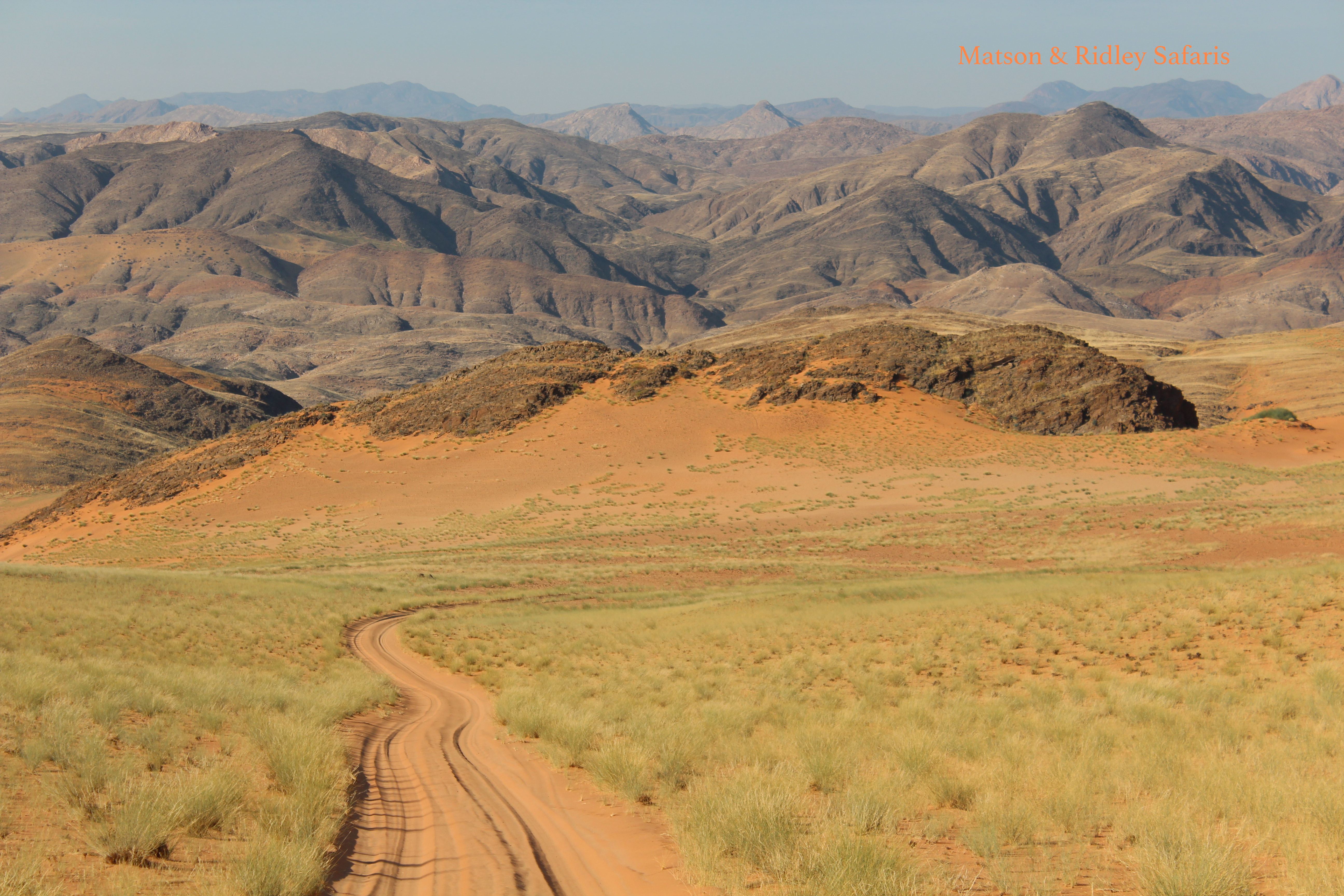
The road to ‘never never’ in the land that God forgot…. It takes several hours in a light plane to get to Serra Cafema from Namibia’s capital city, Windhoek, and then another hour or so to get to the camp itself. They don’t call it the most remote camp in southern Africa for no reason. But it’s worth it. You can’t imagine what it feels like to be in this primeval place with all that space around you without actually going somewhere like this. It’s like taking a step back in time and the colours are simply breath-taking.
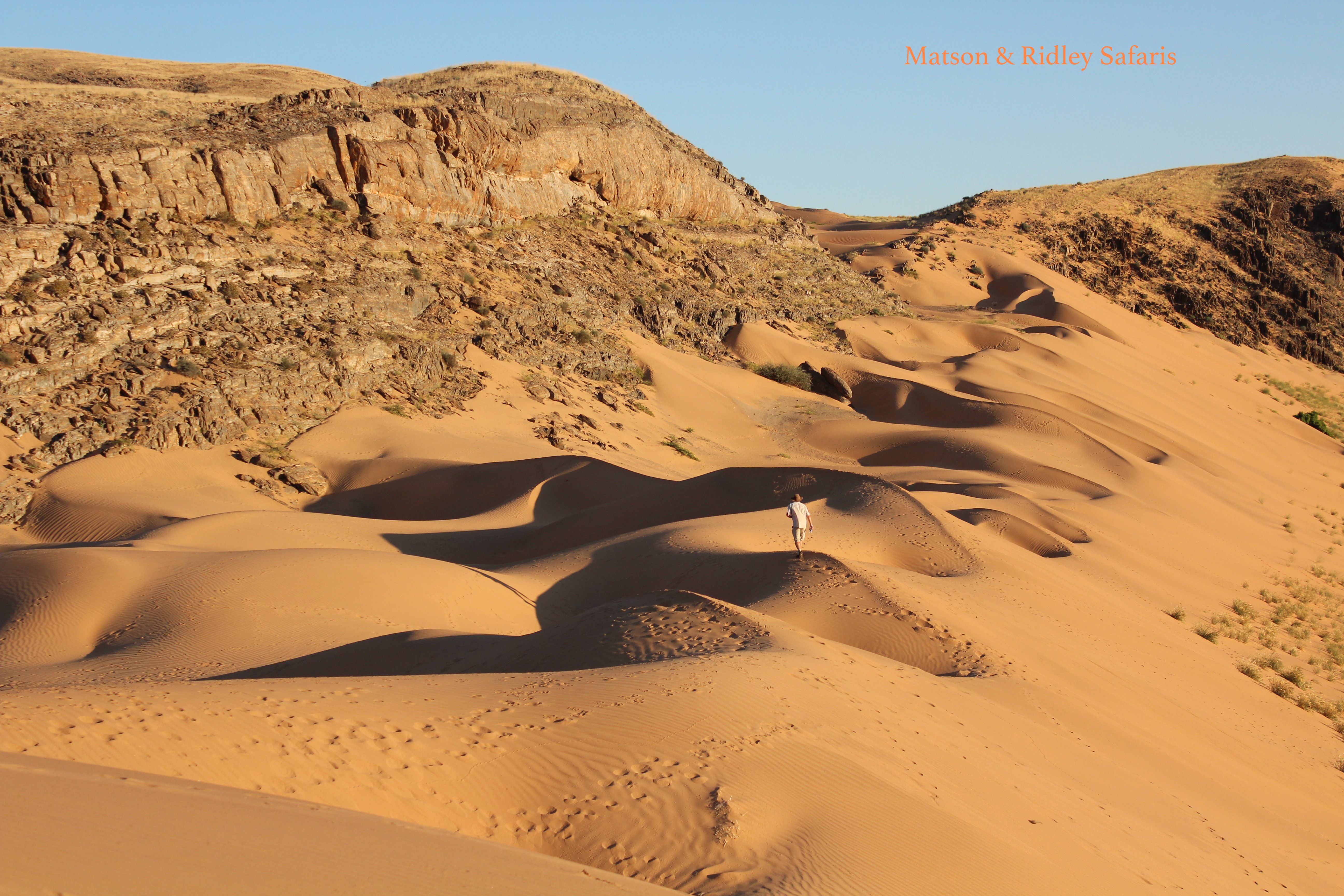
One of the best things about Cafema is that you can walk to your heart’s delight. Here’s one of our group members, Tristan, on a dawn walk in the dunes up behind camp. There used to be lions and elephants and even rhinos in north west Namibia, but the war up until 1990 when Namibia achieved Independence, wiped them all out. It would be incredible to see these species coming back and with the right ongoing management that is possible. Now the species you’re most likely to see in this region are springbok, oryx and ostriches, and for the lucky ones there are also endangered Hartmanns mountain zebras, with their distinctive thin black and white stripes without any shadow stripes. Predators like brown hyaenas and jackals live here too, as testified by their tracks in the sand near camp.
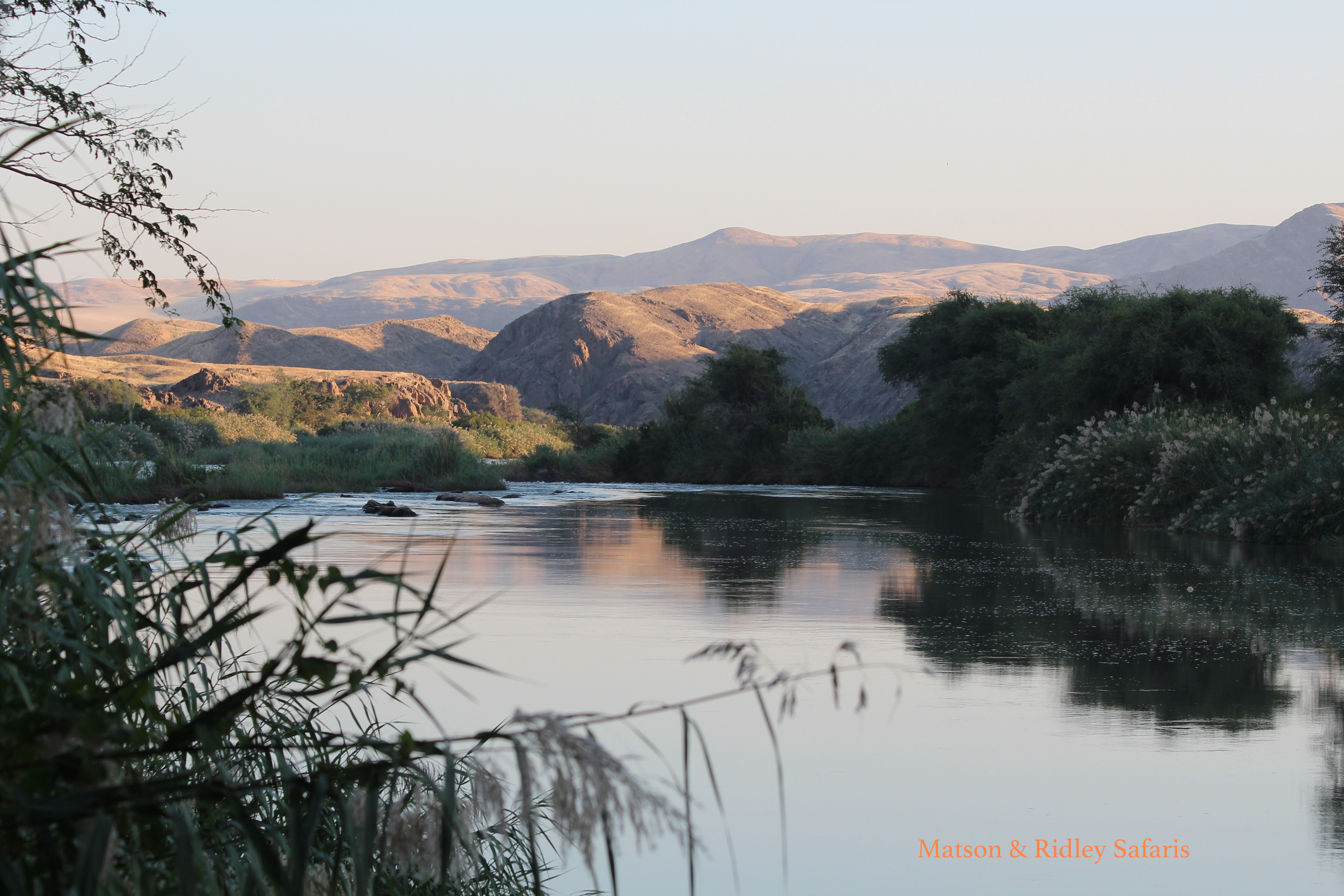
This is the view of the Kunene River that you get on the deck of the main area at Serra Cafema Camp. The luxurious camp is nestled under big shady Ana and Acacia trees and is truly an oasis in the middle of nowhere. You walk to your room along wooden walk ways on stilts. That’s Angola across the river, the Kunene marking the boundary. All day and night you can hear the rapids upstream. The contrast of being in the desert dunes so far from any kind of civilisation with this rushing river that originates in the highlands of central Angola and floods out through the Skeleton Coast to the Atlantic Ocean is mind blowing. But above all, it’s incredibly relaxing. A swim in this river is not recommended, and you’ll see why if you scroll down….
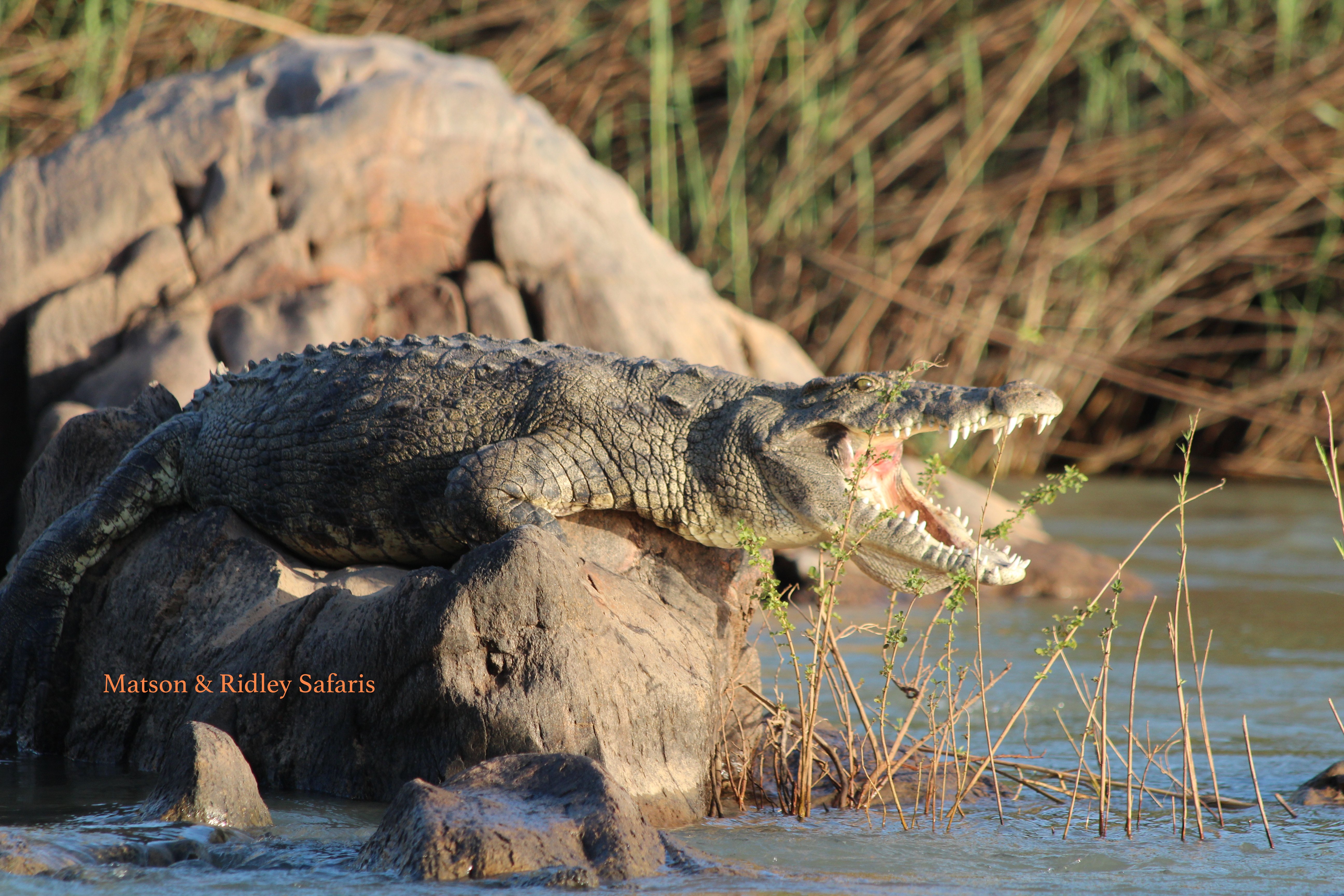
Nile crocodile, sun bathing…. One of the most fun activities at Cafema is an afternoon boat ride up the Kunene River, where you have a good chance to see crocs like this guy sunning in the late afternoon, and abundant bird life. Just before the sun sets the guides pull up at a sand bank on the Angolan side and lay out sun downers fit for kings and queens. It’s a really tough life!
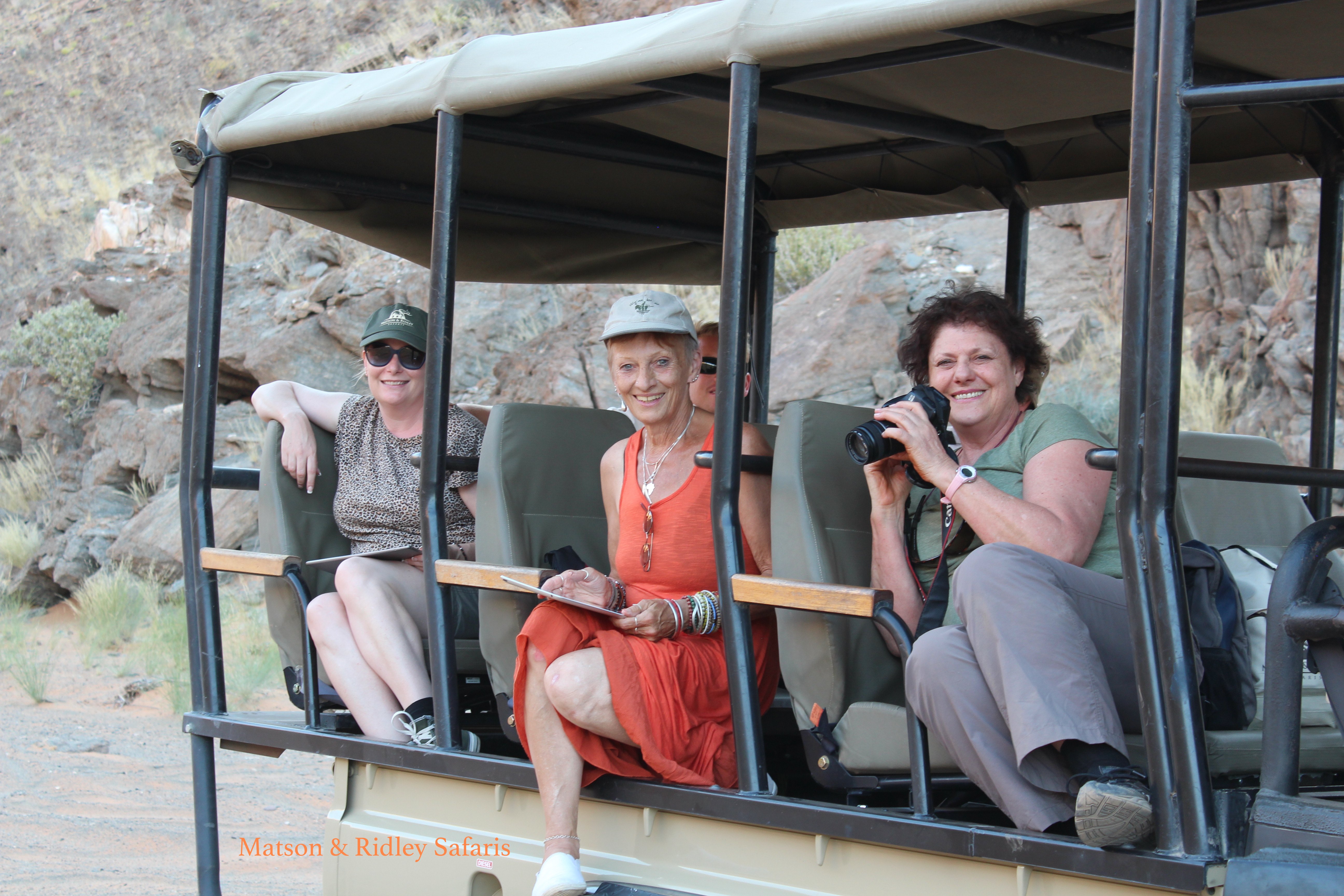
The ‘3 Ozzies’, Joanne, Maggie and Leonie, watching the rest of our group in the other vehicle come down the dunes on the drive into camp. There are some adrenaline rushes as the 4x4s slide down certain roads on steep dunes, which of course the guides do all the time, but the first time you do it you really wonder if you’re going to survive!
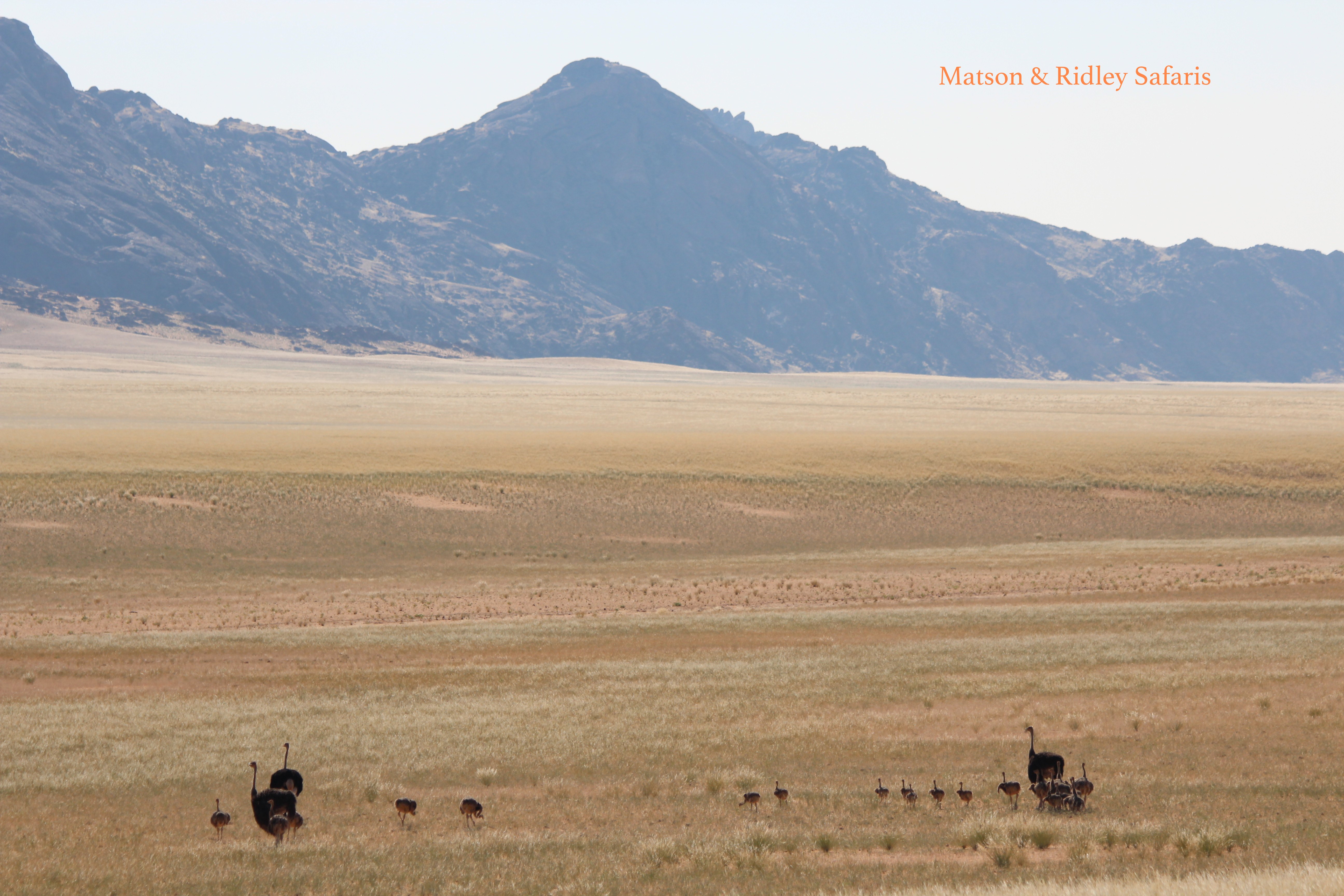
It hadn’t rained in this area for about 5 years, according to our guides, and then 3 months before our visit, the heavens smiled and granted the Hartmanns Valley a generous serve of much needed rain. The result was incredible scenes like this where usually there is only sand, now valleys filled with grass. These ostriches were clearly still celebrating with a large flock of youngsters, taking advantage of the good times to reproduce.
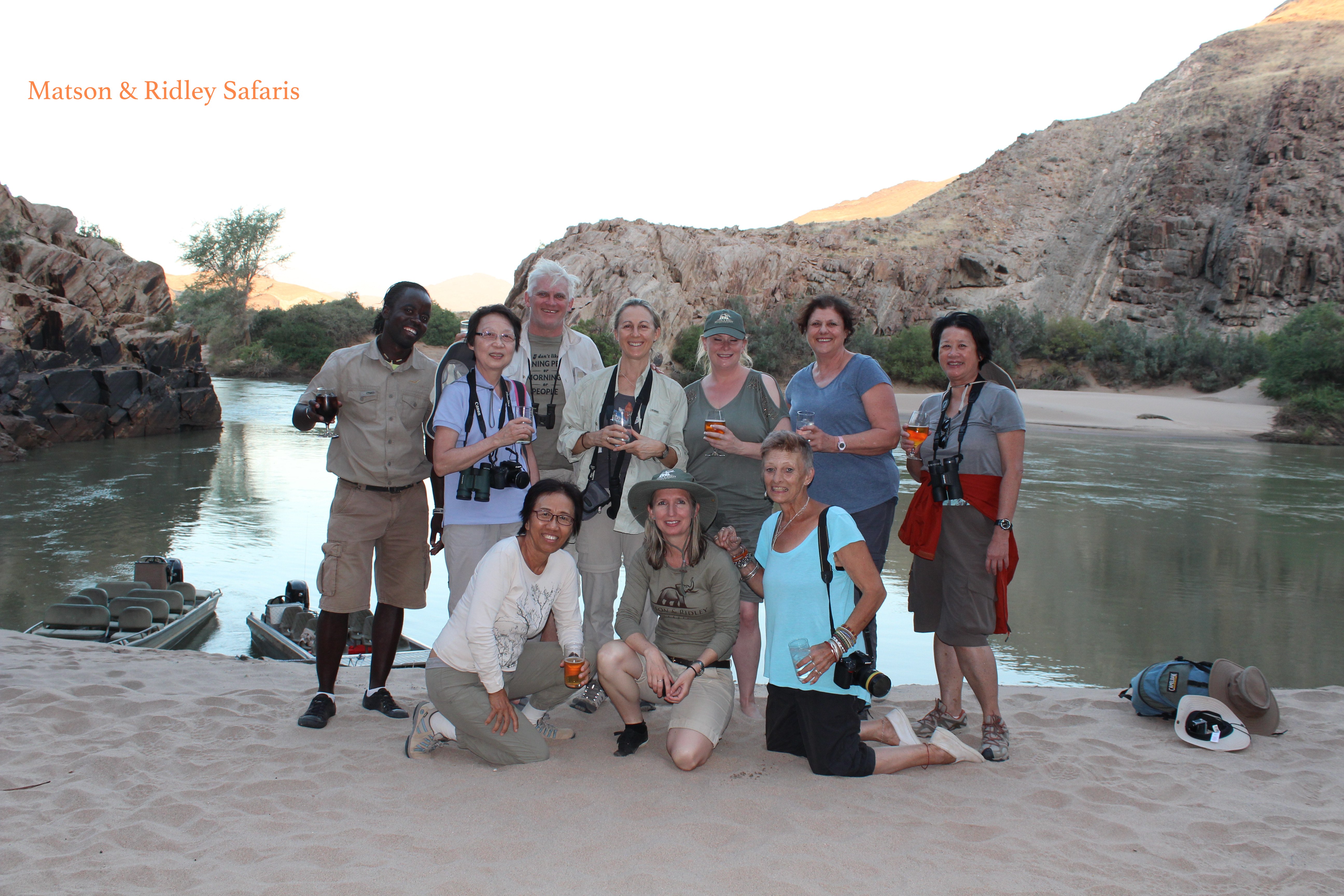
Here we all are having sundowners on the Kunene River with one of our Himba guides, Timo – on the Angolan side without a passport! Back row: Timo, Patricia, Tristan, Carina, Joanne, Leonie, Helen. Front: Chuan Fong, me and Maggie.
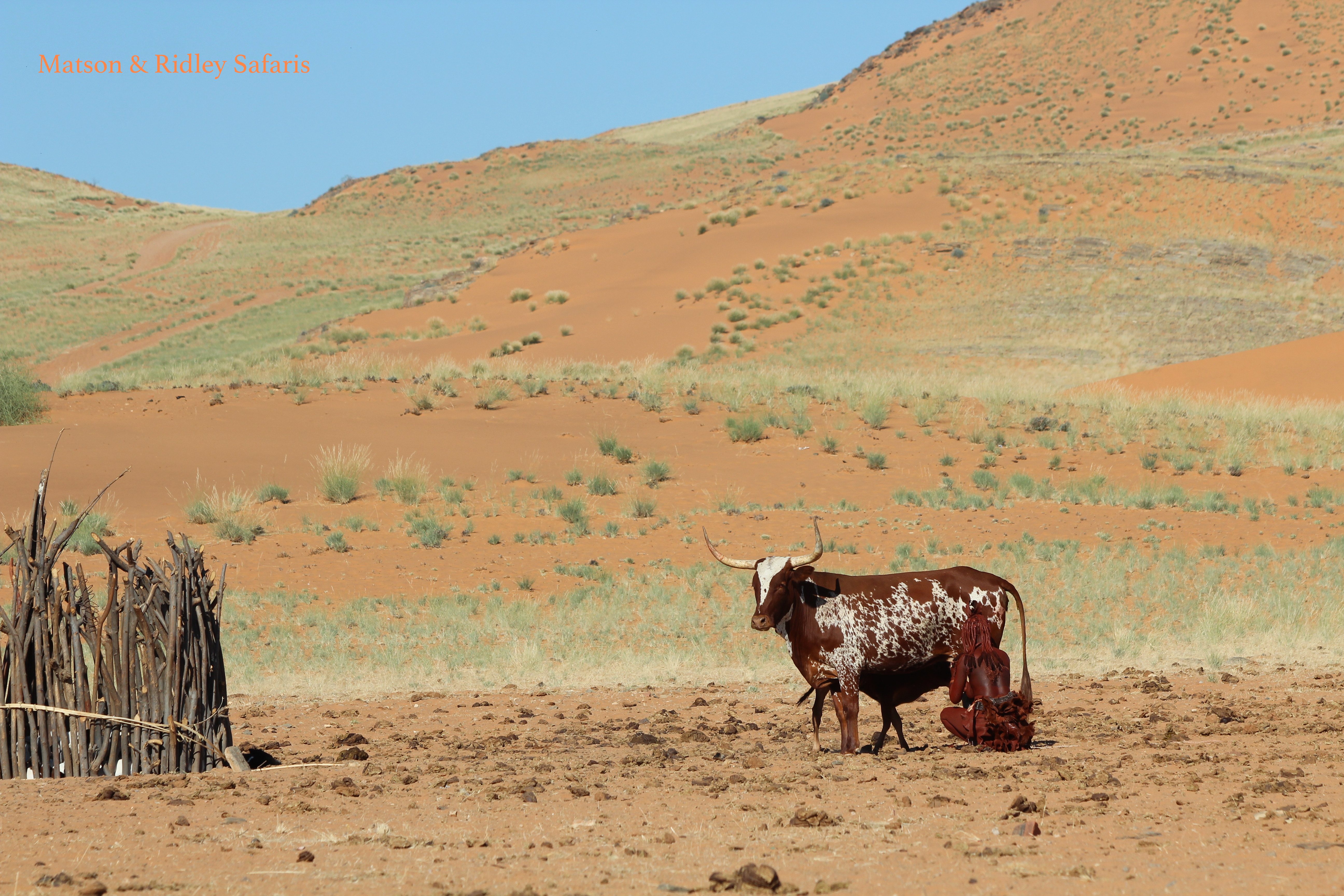
Of course, probably the most special part of the Serra Cafema experience is meeting the Himbas. The Himbas are in a joint venture partnership between Wilderness Safaris who operate the camp and the Marienfluss Conservancy, owned and run by the local people. Our guide Stanley described his people, the Himbas as one of the ‘richest’ tribes in Africa because they have so many cattle. Cattle are the currency in many parts of Africa, used in dowries for marriage and many other exchanges. The Himbas are excellent cattle farmers, semi-nomadic people who move with their cattle to better grazing as needed. I’ve seen this part of Namibia much drier than this and sometimes it’s hard to believe any cow would get a meal out of the amount of vegetation available. They live on milk from the cows and occasionally meat from a goat, trading to get pap (porridge made from ground corn or mealie meal), but they eat very little in the way of vegetables/fruit. Yet superficially they seemed very healthy to us and no doubt the rains brought great rejoicing in this part of the world.
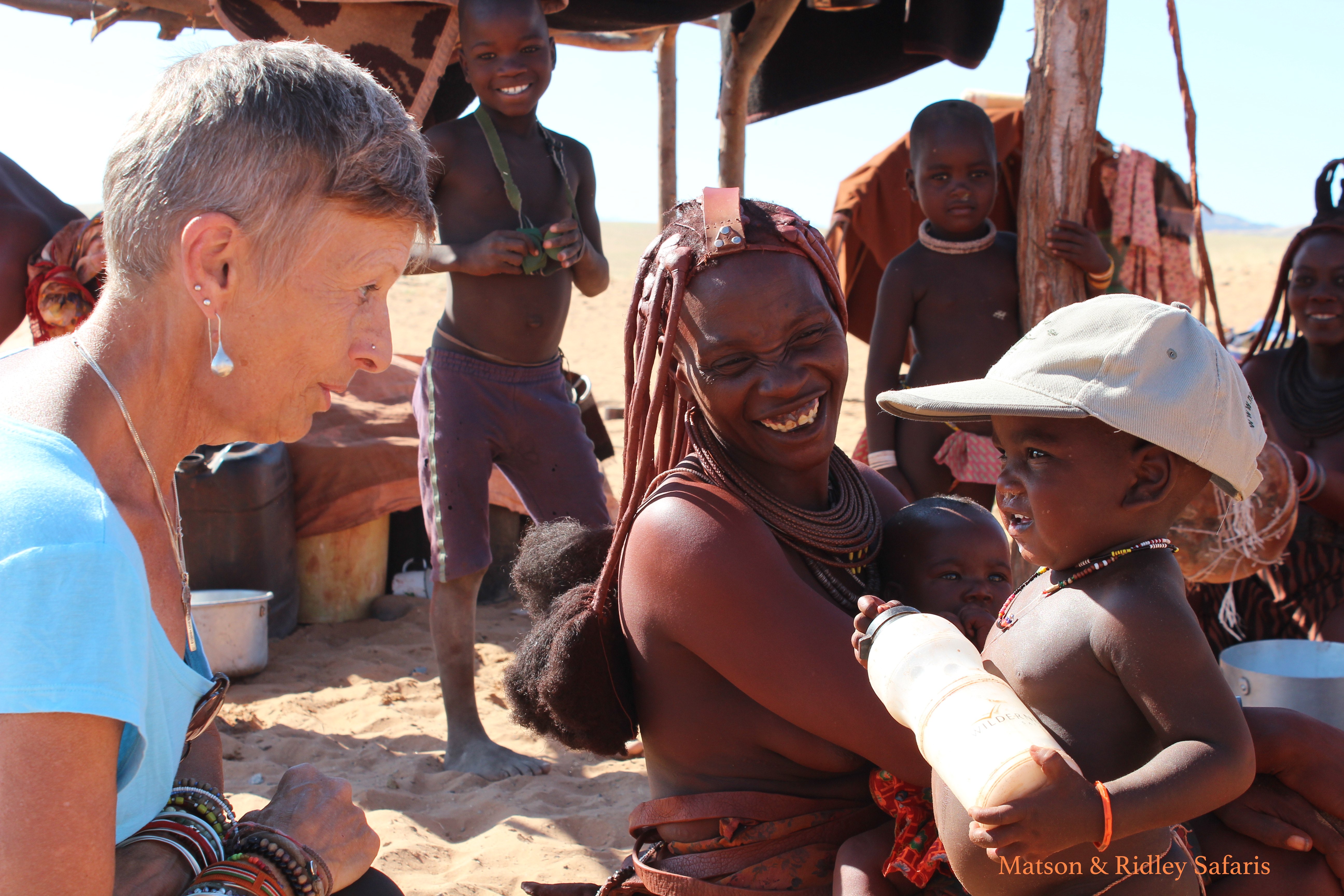
Interacting with the Himbas is really special and definitely a highlight of the visit. Here Maggie has a chat to a little Himba boy who clearly seemed to be enjoying the one-on-one, as mum watched on beside him with her young baby.
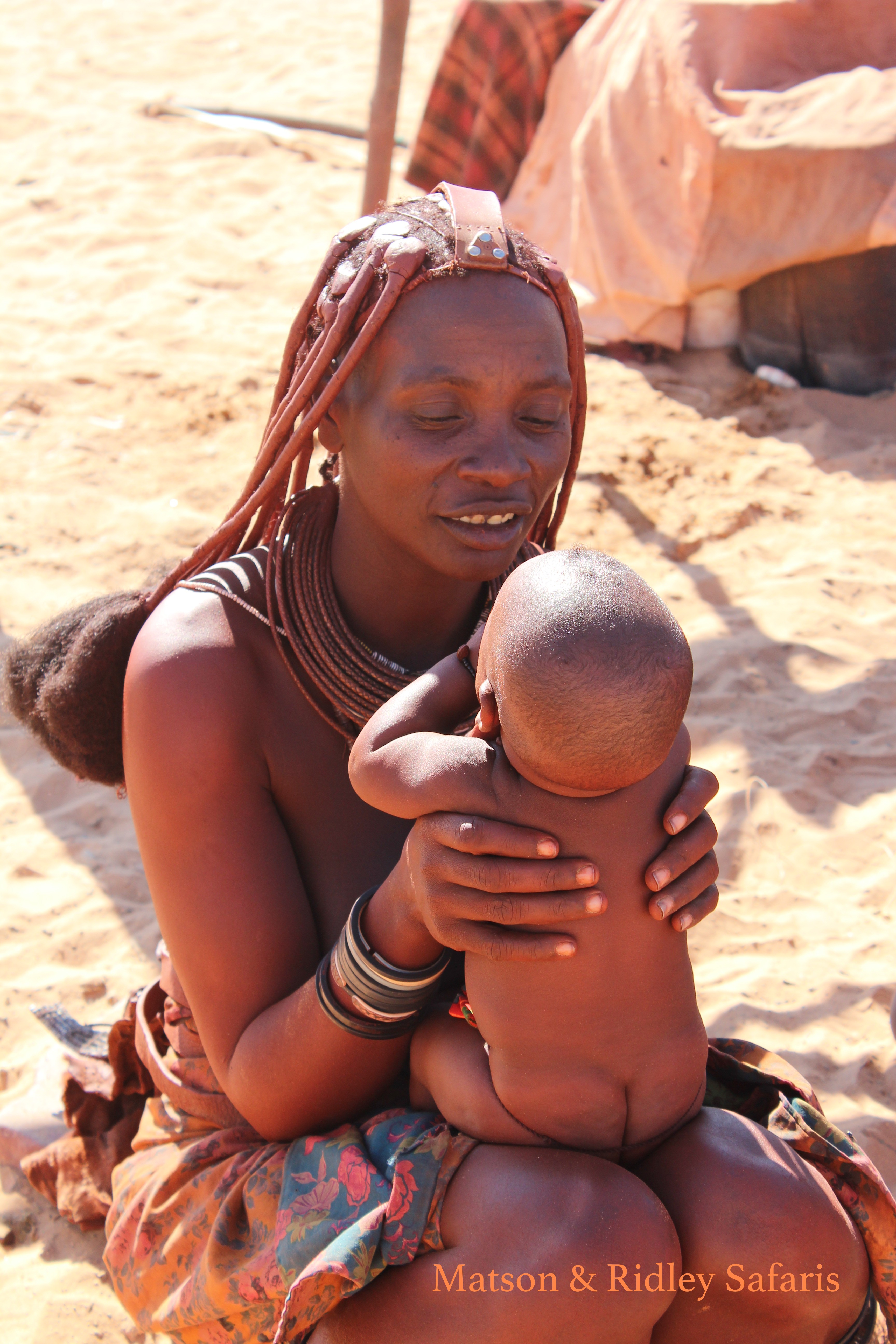
I’ve always loved watching the Himba women with their small babies. The look on the mother’s face above makes you think she could be any mother in the world. The ‘midwife’ who helps the women give birth is the old grandmother in the village. There are no medical doctors or hospitals out here.
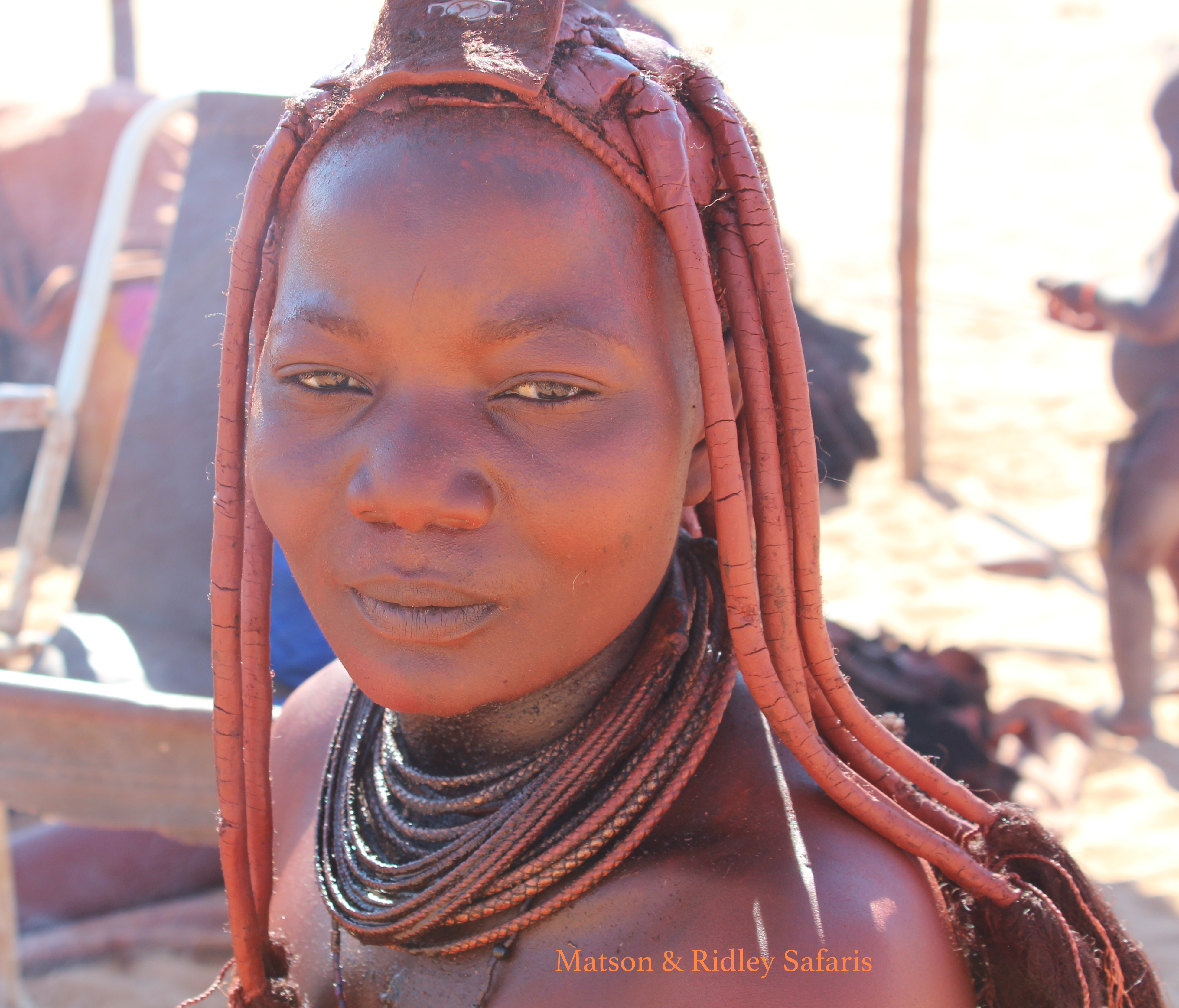
Women in Himba culture wear a special head dress if they are married. The red ochre that they cover their bodies with acts as a sunscreen and a moisturiser, but it’s also there for beautification purposes. Himba society is polygamous; men can have several wives. Let’s just say feminism hasn’t hit Himba society yet and I don’t think it will for a while!

Some of the kids now go to school, but not all of them. It’s easy to see how going to school could bring conflicts into the lives of these very traditional people, even though it’s important that they are represented and have their say in the country where they are a minority population-wise. Education is essential for this but it doesn’t come without challenges. One of our guides, Stanley explained how he had been educated at a Christian school and this had created a conflict in him. Now that he believed in the bible because of his school, he explained, it was hard for him to feel okay with the Himba worship of the ancestors in the ancestral fire. The two didn’t go together well. It was explained to us that the Himbas believe that when you die, you go into the ancestral fire and you are still ‘there’ with the people, accessible through the fire, but not really gone. I’m not sure I’ve got that 100% right, but it’s certainly not a philosophy that sits too easily with Christianity. So I could see how bringing in modern ways of thinking from the outside world would be seen as a threat to Himba culture and tradition.
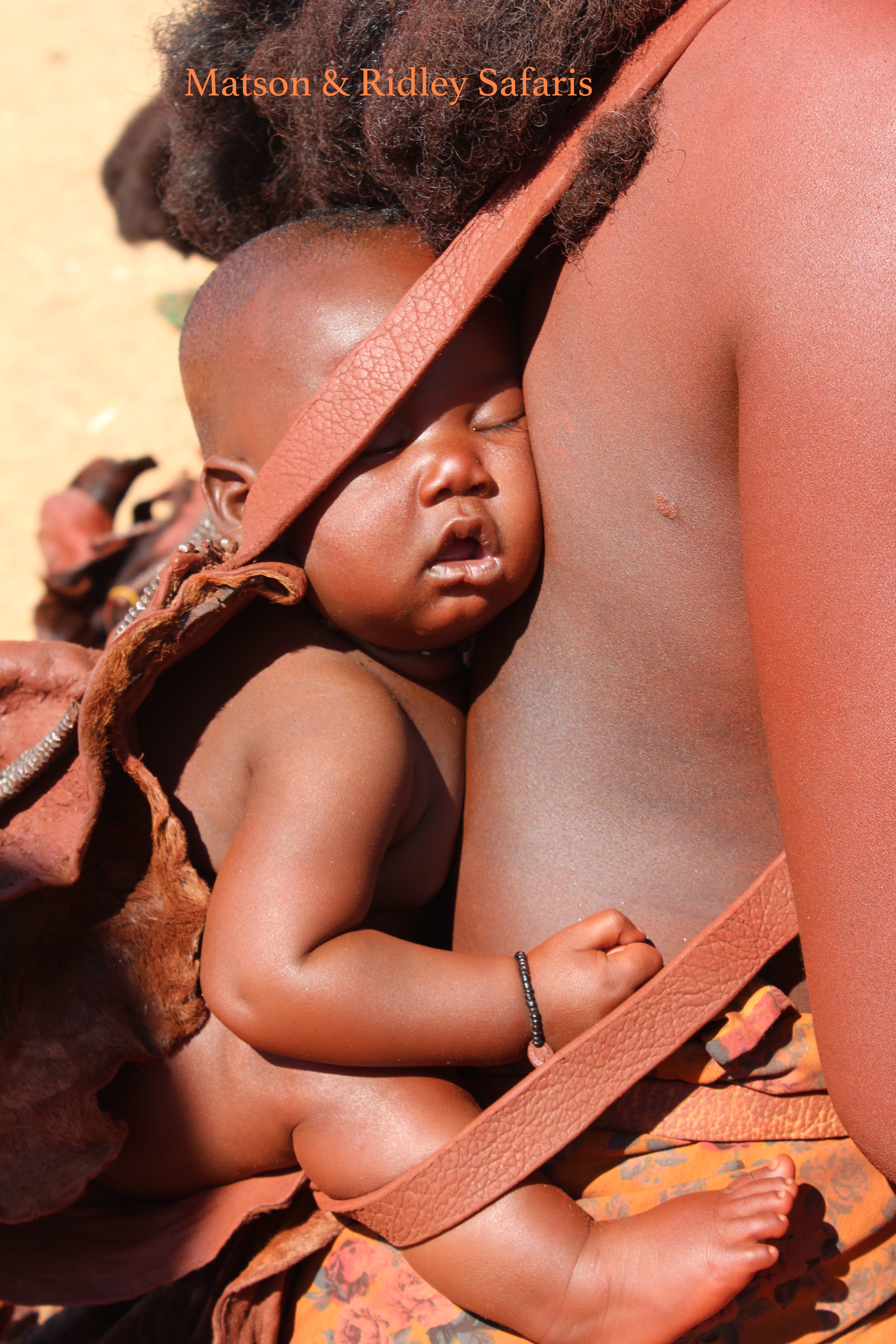
As soon as she strapped him onto her back, this baby fell right asleep. Mum resumed her work as if he wasn’t even there!
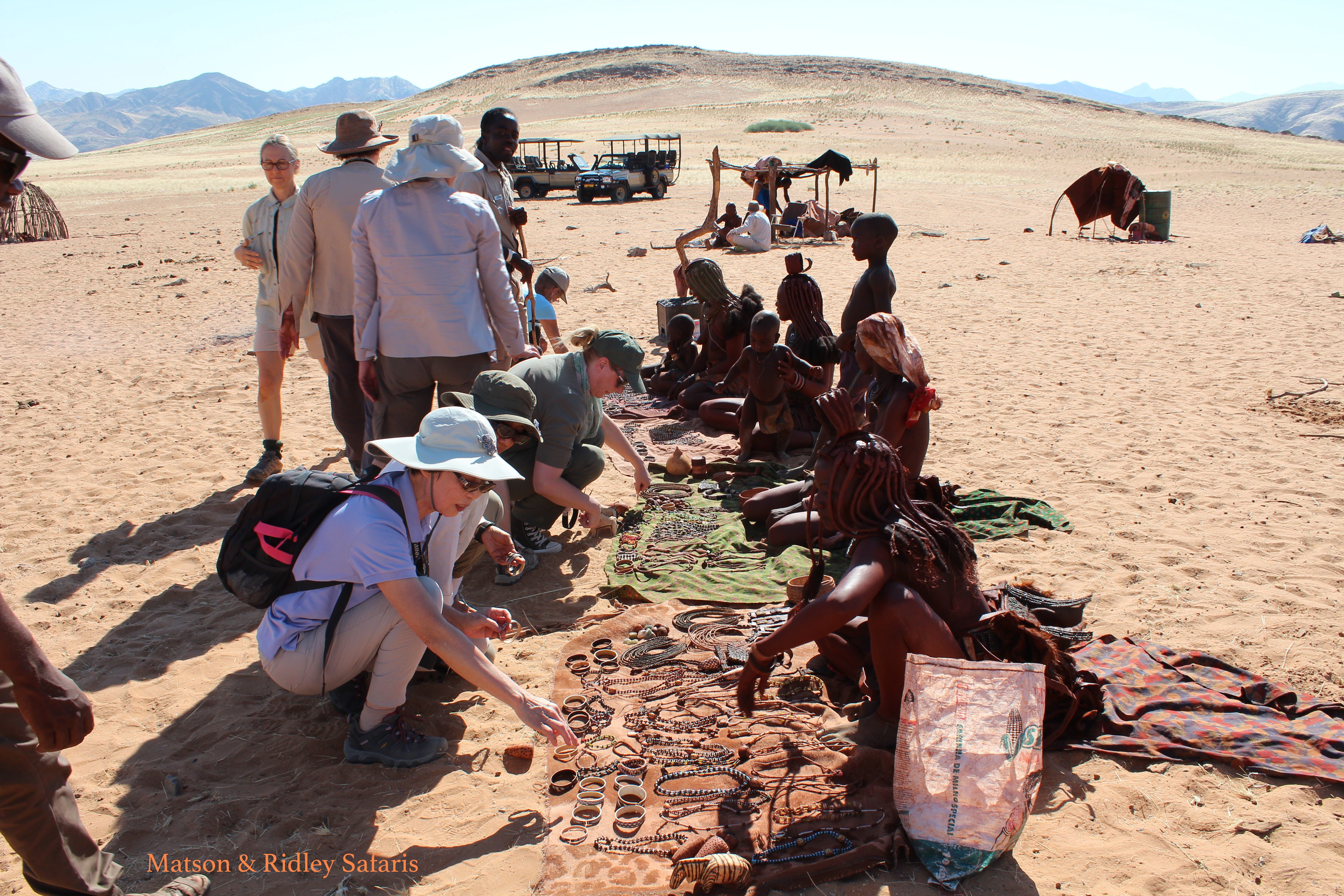
The Himba women seemed thrilled to be able to sell some of their jewellery to our group. I think we made a good contribution to their small businesses!
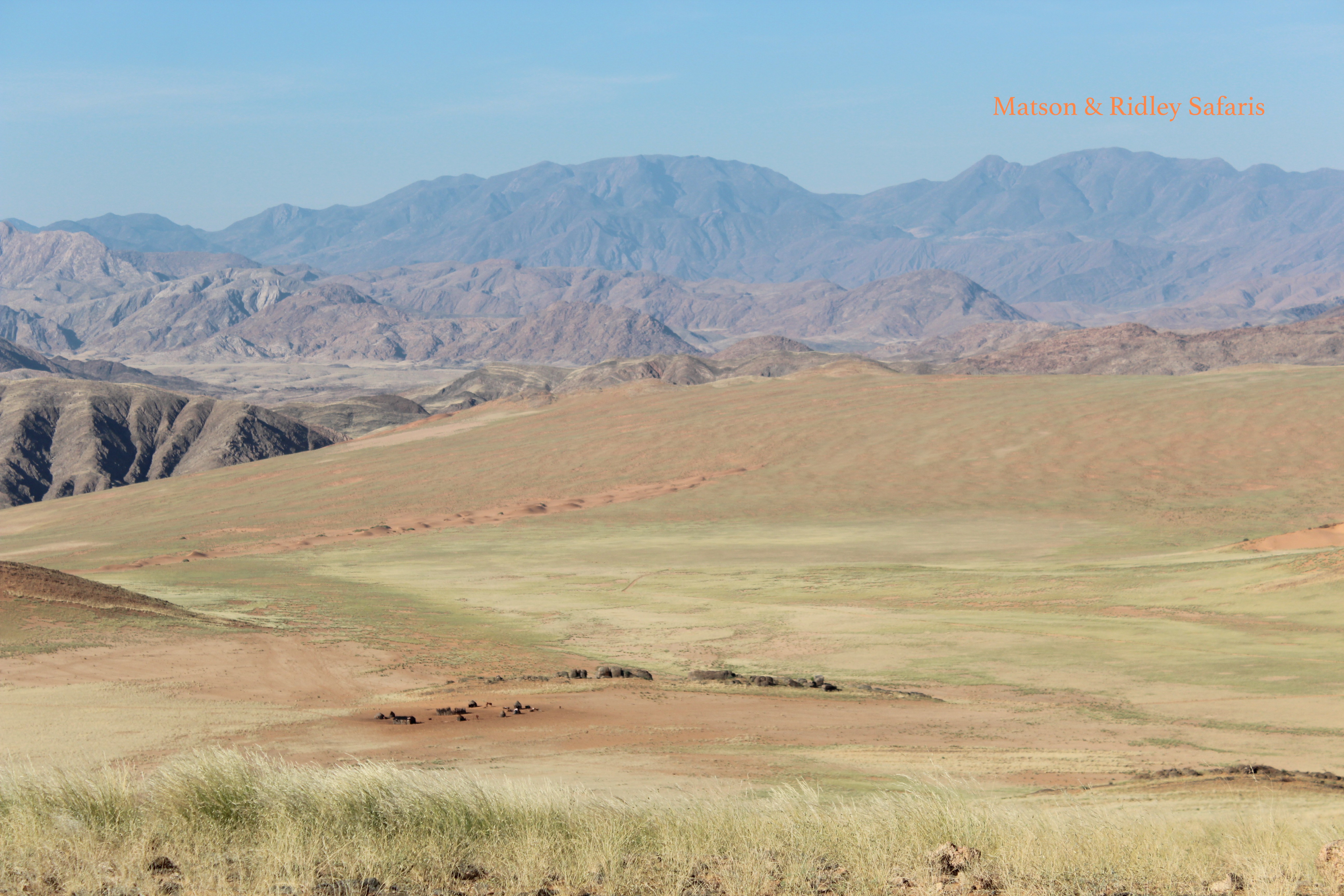
In the foreground in this picture you can see the Himba village. If only our own cities were as unobstructive in the landscape as theirs! That’s the hills of Angola in the background.
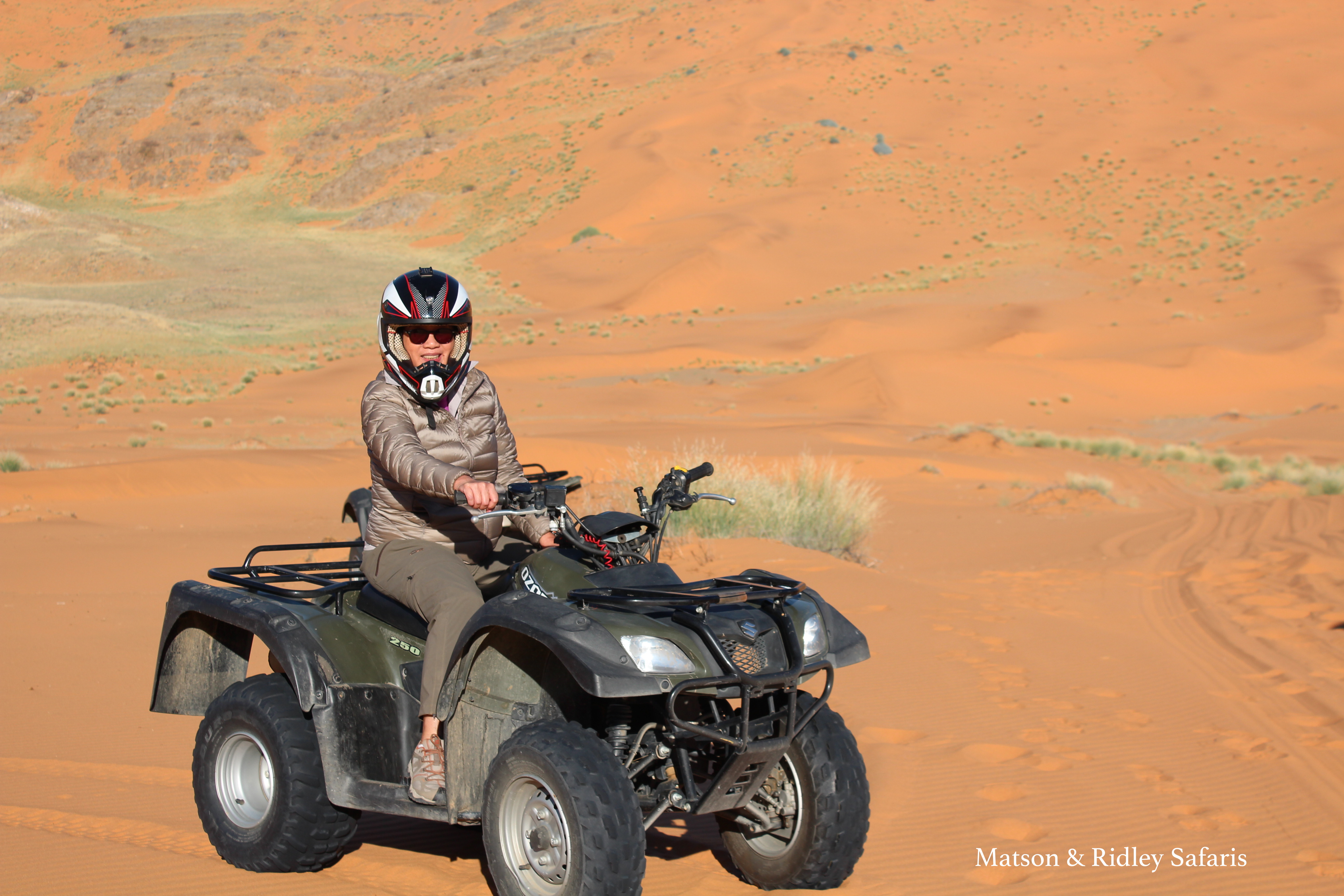
One of the fun adventure activities you can do at Cafema is hop on a quad bike and explore the landscapes from behind the wheel of your very own crazy demon 4×4. Here’s Helen just as we were about to take off. For some of my group, this was the first time on a quad bike. They are easy to use and don’t take long to get the hang of. It’s an awesome way to explore the area, and a whole lot of fun too!
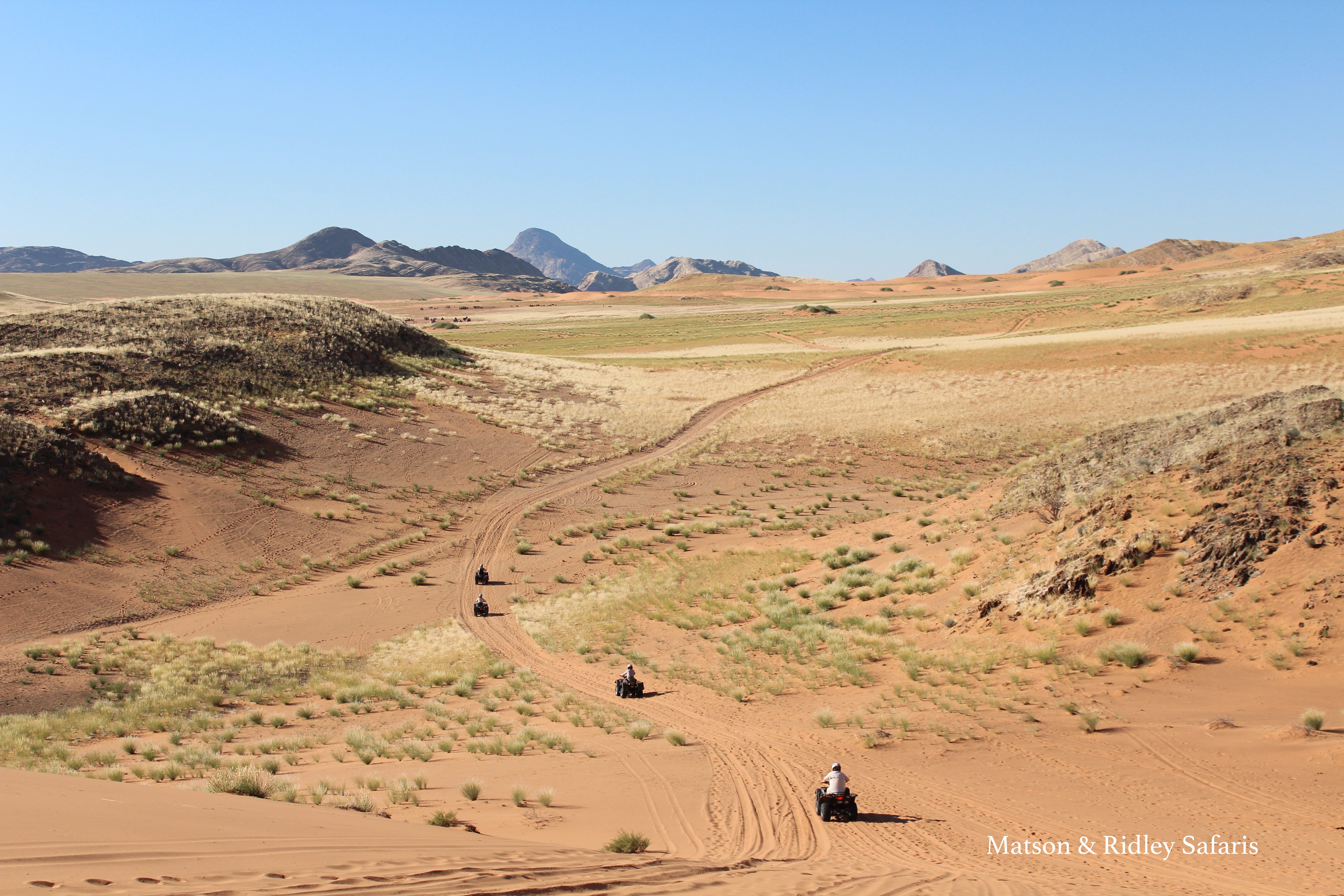
On the last morning, after a special request from Helen, those of us who wanted to were able to quad bike our way all the way to the airstrip. What a thrill this was! One of the most incredible things was watching hundreds of springboks congregated on the plains running through the grass as we drove by. Absolutely unforgettable.
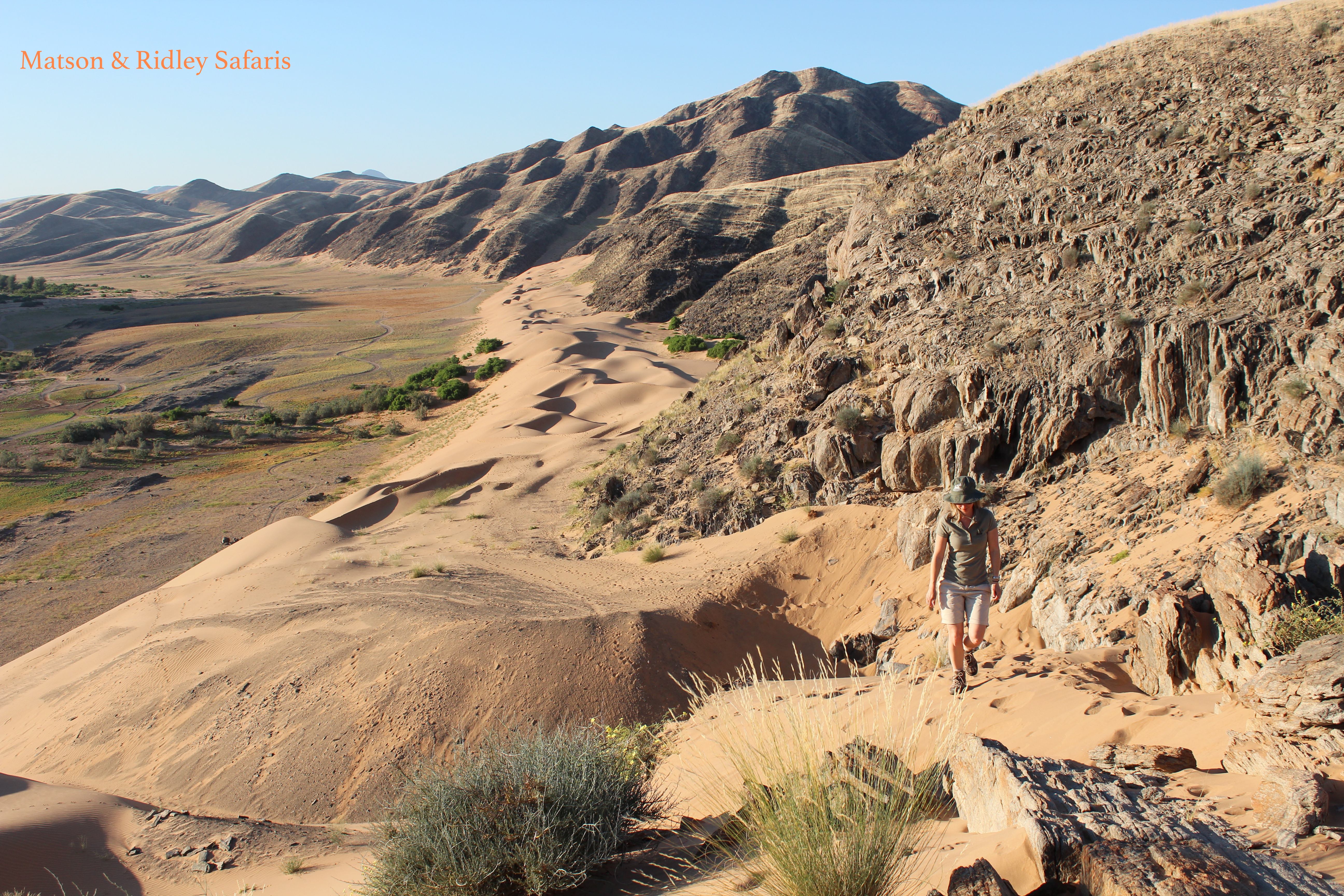
Well of course I have many more photos but there are way too many to share here. Serra Cafema is one of those places that you have to see to believe. Like Maggie kept saying as we drove in from the airstrip, “This is just mad!” and it really is hard to believe such a landscape exists in the modern day. It’s getting harder and harder to find these truly wild places. Of course it’s not without its human impacts, but the Himbas are part of this environment and custodians of the land. As the landlords of the Marienfluss Conservancy and Serra Cafema Camp, it’s up to them to conserve this region, their home. By going there to visit, we all contributed to their livelihoods through ethical tourism, and with the potential threat of the government building a dam on the Kunene that would flood part of the region, the income and jobs that Serra Cafema provide are essential to the future of this area. I can’t wait to go back…. I think Chuan Fong summed it up best when we were standing on a mountain overlooking the Kunene on the last day: “This makes me happy.”
Last spots on my 2016 & 2017 safaris!
My 2016 and 2017 safaris are filling up fast! But it’s not too late to grab a last minute place if you get in quick.
ZIMBABWE 2016 – ONLY ONE ROOM LEFT!
I have one room left for my northern Zimbabwe journey from 23-30 September this year. That means two people sharing, so grab a friend and come along! This is the last room left for my safaris this year! I absolutely love this part of Zimbabwe and the people. We’ll be visiting Mana Pools, Hwange National Park and the legendary Victoria Falls, staying in private exclusive concessions to ensure the experience is second to none. I’ll be arranging local experts to talk to us about research and conservation work being done in these areas, and you’ll come home with a unique insight into this magnificent country. Zim to me is all about being among friendly people, big rivers and lots and lots of wildlife. Read more about the safari here. Contact me for the full itinerary. Maximum of 9 people on this trip. If you’ve been deliberating don’t wait any longer to sign up!
RWANDA & TANZANIA 2017 – ONE ROOM LEFT!
I have only 2 spots left for both my gorilla trekking adventure in Rwanda and the following safari into the magnificent Serengeti in Tanzania left for two very lucky people! I am doing these two safaris back to back from 7 August 2017, first 5 nights in Rwanda, then 6 nights in Tanzania. Read more here. We are staying at the best camps in the best private areas, showcasing the wildebeest migration at the best time of year! I’ve hand picked all my camps as always to ensure we have an outstanding experience but also to make the maximum contribution back to local communities and conservation. My Rwanda safari will have a maximum of 8 people, and Tanzania up to 9. If you’ve ever dreamed of trekking with gorillas or experiencing the Serengeti, here’s your chance to do it with a small group of wildlife-loving people and your own personal zoologist!
Where do YOU want to go on safari next? Leave a comment here with your dream destinations in Africa and let’s see if we can make a group trip happen!
Spotlight on Elephants in Tanzania
My last post about the state of African elephant poaching discussed the latest CITES report showing that less elephants are now being poached now than during the poaching peak in 2007, but also highlighted the fact that while some countries are doing better in terms of poaching (e.g. Kenya), others are still in big trouble and it’s no time to be complacent. Overall, there are still more elephants being poached than there are being born. Tanzania’s elephant population has taken a big hit and remains under serious threat for the ivory trade.
The shooting of British helicopter pilot, Roger Gower, by poachers in Tanzania, as the 37 year old man was conducting anti-poaching patrols over Maswa Game Reserve, shocked the world. This terrible loss of yet another person fighting against poaching is the tip of the iceberg of what’s been happening in this country over the past five years. Tanzania has lost more than half of its elephant population to poachers for ivory in the last 5 years, now estimated to be about 43,000, down from 109,000 in 2009, with Selous-Mikumi, Ruaha-Rungwa and Malagarasi Muyowosi ecosystems believed to have taken the biggest hits. That is TENS of THOUSANDS of elephants killed for ivory in a very short time, an appalling loss from a country that once boasted huge populations.
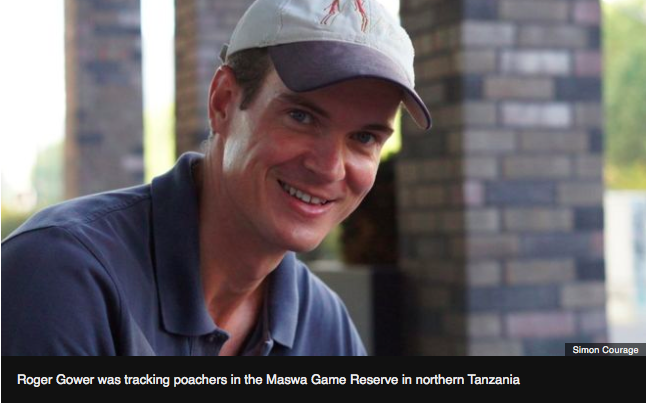
Roger Gower, the British helicopter pilot shot down during an anti poaching mission. Photo from BBC.
Globally, dozens of anti-poaching rangers die in the course of duty every year. We are losing too many people and too many elephants because of the ivory trade in numbers that are just not acceptable.
What is being done to turn the sheer scale of the poaching around in Tanzania? Since November last year, the country now has a new President, John Magufuli, who appears to be on a mission to root out corruption in general across Tanzania, and has appointed a task force to deal with the problem. We have seen some high profile arrests in recent months, including that of Chinese national Yang Geng Glan, the ‘ivory queen’, suspected of exporting thousands of tonnes of ivory to China, along with 1000 arrests since the formation of the task force. Tanzanian authorities say the poaching ring that killed Roger Gower has now been dismantled. As this blog goes out, 2 Chinese nationals have just been sentenced to 35 years jail for illegal possession of ivory and corrupt transactions.
It’s no small undertaking getting on top of a poaching problem that has become so endemic, rooted in corruption and greed. A good friend of mine from back in my past Namibian life, Aaron Nicholas, is on the ground in Ruaha, Tanzania, working as Program Director of the Ruaha-Katavi Landscape Program for the Wildlife Conservation Society. I asked him for an update on what’s been going on with Ruaha’s elephants and for his expert insights into this problem.
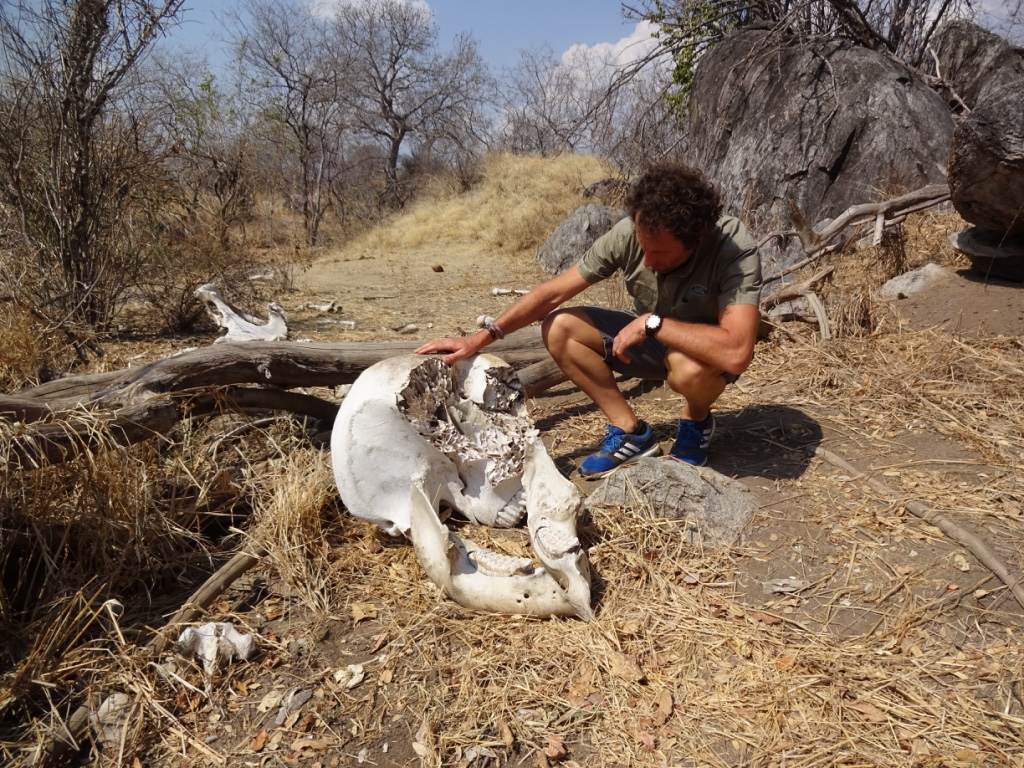
Aaron Nicholas, WCS program director in the Ruaha-Kativi landscape, investigates the skull of a poached elephant (credit: WCS Ruaha-Katavi Landscape Program)
Aaron, we’ve heard a lot of disturbing reports coming out of Tanzania. What is the future looking like for the country’s elephants, and in particular for those you’re focused on in Ruaha?
These are challenging times for Tanzania’s elephants for sure. The world has heard about the dramatic declines in elephant numbers in key elephant habitat such as the Selous Game Reserve and more recently the Ruaha-Rungwa landscape – the Selous population for example plummeted from around 35,000 in 2009 to around 13,000 by 2014, a staggering 66% loss, and although there is evidence to suggest the population is stabilizing there, poaching pressure continues to shift and the overall situation in Tanzania remains critical with the total elephant population presently standing at around 50,000, down from 109,000 in 2009.
It’s not all negatives. Landscapes in the north, where tourism is some ten times more buoyant than in the south have faired better and there is actually evidence of continued elephant population growth in places like the Serengeti and Tarangire. In the south however, elephants are still facing significant poaching pressure and this is where we are focusing our support to government and local communities.
What is WCS doing to try and combat the problem, and are you seeing results?
WCS has a long-standing presence and relationship with government here, having been present in Tanzania for the best part of 50 years. We have 5 well-established programs in Tanzania ranging from marine and coastal forest management to highland forest protection as well as Africa’s second longest running elephant monitoring program centered on Tarangire National Park.
Over the last 10 years or so we have focused in our area especially on building community engagement in wildlife conservation through the Wildlife Management Area approach- Tanzania’s take on Campfire, which is aimed at empowering communities to manage their wildlife and natural resources sustainably. In 2013 we made a commitment to partner with government to strengthen law enforcement efforts linked to elephant protection- this was the genesis of the Ruaha-Katavi Landscape Program, focused on East Africa’s largest remaining elephant population within this 115,000km2 landscape (almost twice the size of Tasmania).
We work with different wildlife authorities, establishing and strengthening capacities that have an immediate impact on poaching – for example, we have established a detection dog unit based in Ruaha National Park (they are just going operational now and will sniff out illegal cashes of ivory, arms and ammunition); trained more than 200 park rangers in law enforcement monitoring using a system called SMART and are deploying a specially equipped Cessna 206 in support of monitoring and coordination of field efforts. We support community wildlife scouts and are also planning advanced training for rangers and wildlife officers and working with other partners, especially the U.S. Government, to tackle the poachers head on.
There are signs that poaching is reducing in some key areas, but we will only be able to confirm this with certainty as these efforts continue to be embedded and our monitoring programs feed back results. Government is also stepping up, more rangers are being posted and just last week news came out that a special national anti-poaching unit will be constituted. We are starting to read about significant sentences being passed for ivory traffickers too with a number of individuals having been sentenced to 20 years of late for their involvement in the ivory trade. Above all, there are high expectations that President Magufuli will deliver on his anti corruption agenda within the wildlife sector as well.
What does a day’s work typically look like for you? (Many of my readers are aspiring conservationists and you are living their ‘dream job’!)
It’s mainly about coordination- ensuring that the 20 or so staff we have are able to deliver on their various roles, working with communities, wildlife authorities and other partners to strengthen capacities, engagement and commitment and ensuring that each of our teams efforts have as much multiplier effect as possible.
We have staff who engage with 46 or so communities within 4 Wildlife Management Areas, building the capacity of management authorities and helping establish effective governance and opportunities to derive natural resource based investment and benefits. Other staff liaise with national park, game reserve and Wildlife Management Area rangers as well as other law enforcement authorities- for example to ensure the detection dog unit can be effectively deployed. We also have ecologists who track wildlife trends, support wild dog and vulture monitoring and other important survey work. It’s an interesting and varied mixed bag!
I personally spend a lot of time coordinating our work with various partners and other agencies including USAID and the U.S. Embassy in particular who channel various forms of assistance to the field based on the various U.S. commitments to combatting wildlife trafficking. When I can I get into the field to maintain a sense of where we are with our efforts and once our Cessna 206 arrives I will take advantage of that key tool to get airborne regularly as well to visit all parts of this huge area. Being around elephants on the ground keeps you grounded too and there’s nothing I like more than grabbing a few hours sitting under a baobab and being awed by some pachyderm presence!
Can you tell us about any stories from the field that you’ve personally experienced that could give us a sense of what it’s like there on the ground?
I’ve had my fair share of close calls with poachers over the years and I’m pleased in many ways to be one step removed these days. To do this job though under these circumstances, it’s critical to have the experience of having been at the sharp end of things- rangers are the bedrock of protection activities and their daily commitment to this dangerous work can never be taken for granted.
Field conditions in our landscape can be very challenging in the wet season in particular, especially in the game reserves where sufficient resources to maintain an effective patrol presence are often lacking. We recently helped rangers in Rungwa game reserve re-establish year round presence in a strategically placed ranger post that has been abandoned for more than 10 years through the provision of transport and other essential field equipment and are also working with the U.S. Government to re-establish an effective radio system – these are the kind of practical actions that patrol teams need.
Having worked in conservation other countries like Namibia and Cameroon, you have a good perspective on the future of wildlife in Africa. How do you feel about this, given the Africa’s population is predicted to double by 205, and soar to over 11 billion by 2100. What gives you hope?
Population growth is certainly the biggest long-term challenge and we should certainly all be promoting family planning that’s for sure!
I take heart in that our landscape has relatively low population densities in many areas and issues of habitat connectivity for species such as elephants are certainly aspects that we can still achieve a great deal with. We are currently engaged in a process of working with key stakeholders to define and manage what would be East Africa’s most significant elephant corridor, connecting core elephant populations in the east and west of our landscape- these are the kind of initiatives that deserve as much effort as possible against the backdrop of increasing human populations and land-use change.
We hear a lot about the Serengeti and how amazing it is a tourist destination, famed for its migration of plains species. I personally have always wanted to go there and will be taking a group of travellers there with me in August 2017. Tell us a little about this part of the world.
An iconic globally recognized landscape that is guaranteed to connect you to Africa and its wildlife. Loose yourself in the endless horizons, soak up the wildlife dramas all around and remind yourself of the importance of thinking big to achieve meaningful conservation!
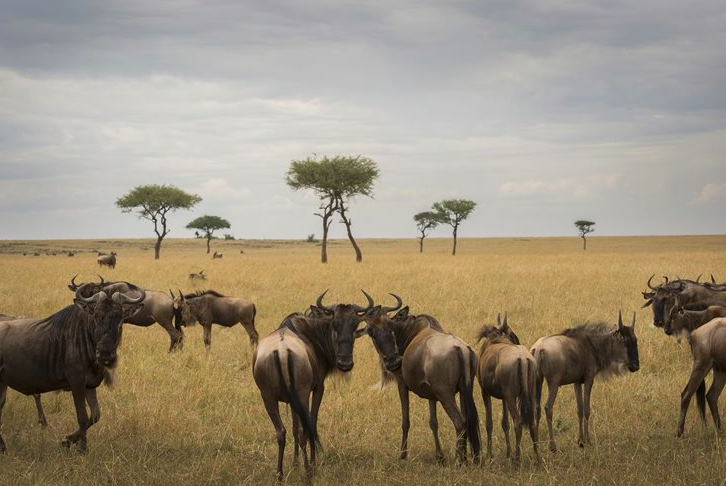
The famous Serengeti in Tanzania (credit: Asilia Africa) – get in touch with me now to sign up to join me there in August 2017!
The Good, Bad & Hopeful News for Africa’s Pachyderms
CITES’ latest report on the results of the MIKE (Monitoring the Illegal Killing of Elephants) programme has some good news in it for elephant populations and some not so good. The overall number of elephants being killed for ivory has stabilised, after a peak in 2011, but there are still more elephants killed every year than are born (see BBC story).
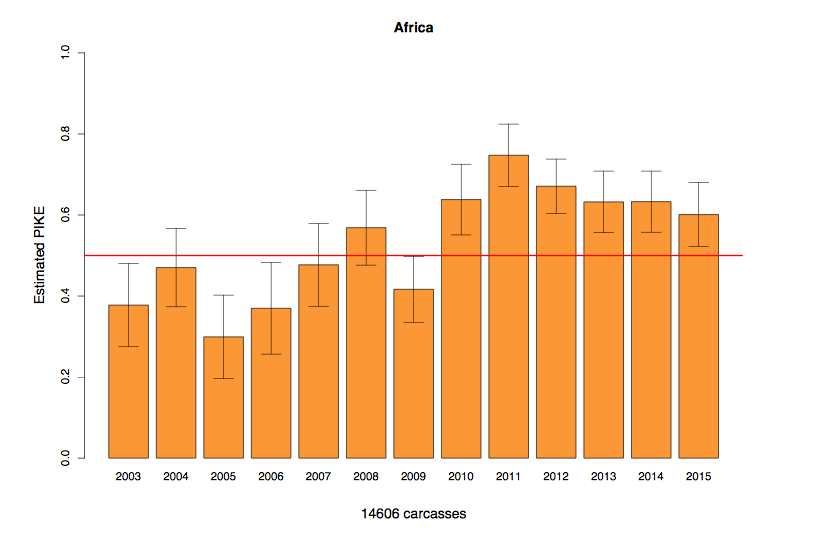
Graph showing proportion of total elephants found killed that were poached, from the MIKE programme, 2015. Note the declining trend in poaching since the 2011 peak.
In Kenya, things appear to be looking up, especially in Tsavo National Park, with an overall decline in poaching reported. Well done Kenya! It hasn’t been an easy few years for Kenya, with the ecotourism industry hard hit by unfounded fears of ebola (which never came close to the country) and a couple of terrible terrorist attacks, but nonetheless their commitment to turn things around for elephants appears to be paying dividends.
Of concern however is the upward trend in poaching in the world famous Kruger National Park, and a couple of other southern African sites including Chewore, Zimbabwe. In southern Africa, poaching levels are still well below the sustainability threshold, but the upward trend is of concern, especially as this part of the world is considered a real refuge for elephants.
Central and West Africa continue to be of serious concern, with poaching levels still well above the sustainability threshold for elephant populations. Read the full report here.
So overall, I think this latest CITES report suggests the great efforts made in recent years, at all ends of the spectrum from demand reduction to anti-poaching, are making a difference in some places, but it’s definitely not the time to be complacent.
What about rhinos? The recent report by IUCN showing that overall poaching across Africa for rhinos is at its highest since 2008 shows that poaching is by no means slowing down across Africa for other thick-skinned large mammals either. The South African government recently reported that rhino poaching was down in South Africa in 2015 compared to the previous year, albeit by a very small number (about 40). The big picture outlined in the IUCN report just out suggests the fight must go on if rhinos are to have a future in the wild.
Why go on fighting this battle? Lots of reasons, but a big one is that it IS possible to win.
I take heart from countries like earthquake-hit Nepal, which has had ZERO poaching of its greater one-horned rhinos in three of the past five years. Part of their success in conservation following the civil war (which took a hard toll on wildlife) is reported to be their tough penalties on poaching and a streamlined judicial process dealing with offences.
And then there is Uganda, which has seen its elephant population increase 600% from 700-800 in the 1980s to over 5000 in 2015. These countries demonstrate that it is possible to turn things around; and that political will and hard line processes are key to success. It’s amazing what can happen when governments take this problem seriously.
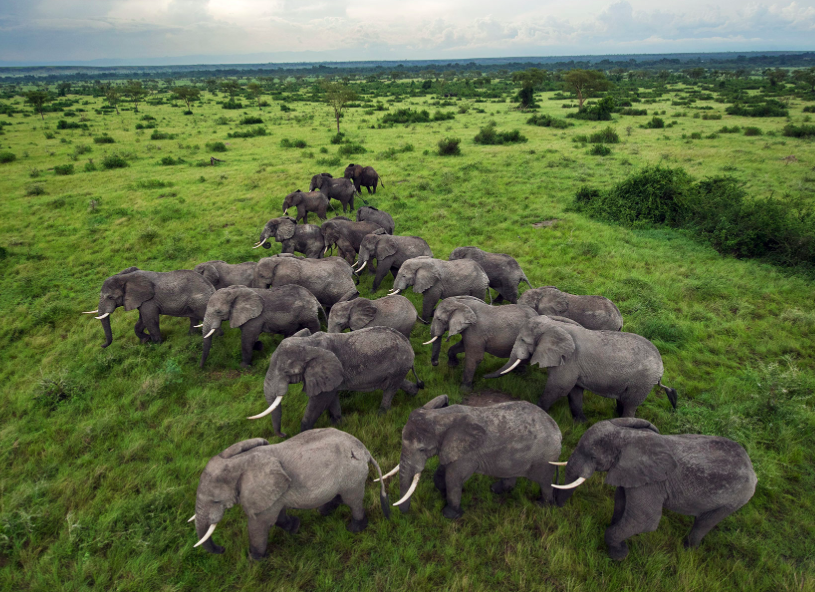
Elephants in Queen Elizabeth National Park, Uganda, are doing better than in the 1980s by a long way (photo by National Geographic)
Confirm your place – Rwanda & Tanzania 2017!
I posted an article on my Facebook page from National Geographic last week about young gorillas seen dismantling poachers’ snares for the first time. It suggests that the youngsters knew how dangerous the traps were and researchers said they may have done it before, given how quickly they dismantled it. For a critically endangered species with less than 900 left in the wild, this is a good sign because with such low numbers we really can’t afford to lose any wild gorillas, especially the next generation.
Their numbers remain low, but responsible tourism has been key to the fact that gorilla populations are now increasing in the wild. Tourism now accounts for almost 8% of Rwanda’s GDP and this gives the government and the local people real incentives to keep the mountain gorillas that sit at the heart of the country’s tourism alive. Read more about how responsible tourism is key to the survival of mountain gorillas here.
August 2017 may seem like a long way off but that gives you an idea of the popularity of the highly awarded safari camps I’ll be taking two groups to to trek with mountain gorillas in Rwanda’s Volcano mountains followed by a week at Ngorogoro crater and the Serengeti in Tanzania. We have to book this far ahead to secure space. I’ve had a lot of interest already in both trips and I’ll be taking a maximum of 10 people on each. I’ve personally hand picked every element of both safaris – they’re going to be amazing!
Anyone who’s been on one of my group safaris knows how intimate these adventures are. I keep the groups small because I like to get to know people and I find that a small group size also enables firm friendships among like minds to be made. These are wild, adventurous, spiritual experiences that will change your life while benefiting local people and wildlife – not your run of the mill safari! So if you’d like to confirm your place, please get in touch with me now to pay your deposit and make sure you don’t miss out! I already have more interest than I have places, so the sooner you confirm your place the better.
Read all about my 2 group safaris in Rwanda and Tanzania by clicking here. Contact me for a full itinerary with all the inclusions (as with all my safaris, almost everything is included in the price other than your international flight).
There’s more information on all the safaris we offer at Matson & Ridley Safaris on our new website so click here to learn more. I also have one spot left for a single woman on my Namibian Skeleton Coast safari in May this year and 3 spots left for a couple and a single woman on my Zimbabwean safari in September this year.
Hope to see you on safari soon!

